Book Collection: Anime Mecha
I’m not sure who I would be now if I hadn’t been sucked all the way into the world of anime in the early 80s. It so thoroughly absorbed me that I went for an entire year without drawing comics. Speed Racer and Battle of the Planets softened me up, Star Blazers seduced me for life, and Sunrise Real Robots ate my brain whole. I am who I am now precisely because I absorbed those things in that order. This book collection is dedicated to them and their brethren.
If “Sunrise Real Robots” sound like word salad to you, here’s the decoder…
In 1972, a megapopular giant robot named Mazinger Z jumped from the pages of manga (comics) onto TV screens. It wasn’t the first giant robot show per se (that title goes to 1963’s Tetsujin 28, A.K.A. Gigantor), but it commanded the attention of children like no other. Many, many imitators followed and a whole new genre was born. In time, it earned the name “Super Robots.” I became an unknowing devotee in my preteen years when they snuck onto American toy shelves under the name Shogun Warriors (see what that led to here).
By 1979, a group of cutting-edge anime creators had tired of the toyetic, monster-of-the-week Super Robot formula and decided to put a different spin on it. Their series, Mobile Suit Gundam, planted its giant red metal feet in more solid, real-world concepts like colonial politics and human expansion. It was considered a failure at first (pioneers get the arrows, settlers get the land) but its innovate mecha designs made huge waves in the model kit world, which saved the series and put it on track to become the biggest franchise in anime history.
Like Mazinger Z before it, Gundam was followed by a host of imitators. A border had been broken, and anime ventured deeper into this new frontier. Mecha design became a specialized craft, borne of equal parts engineering and artistry, and every series brought another pantheon of increasingly sophisticated machinery to the TV screen. Model and toy manufacturers kept pace, constantly improving the technology needed to capture them accurately in 3D. Seeing a robot moving on screen made you a spectator. Building and holding one in your own hands made you a participant.
This phenomenon was different enough from its 70s predecessor to earn its own genre name: “Real Robots.”
Where does “Sunrise” come in? That’s the name of an anime studio that got its start in 1977. Its rendezvous with history came with Mobile Suit Gundam two years later, a move that positioned it as an industry leader in the 80s. As I began collecting anime via VHS tape trading, the Sunrise name kept popping on the shows I liked most, quickly earning my undying devotion.
If you collected anime in the days before translations were commonplace, you were compelled to collect books to help you sort things out. A book would tell you how many episodes there were, for example. It would also show you the wealth of mecha design that went into a series and demonstrate different artistic approaches. Back then, the king of the hill was a fella named Kunio Okawara. Invariably, he worked on all my favorites, which made him my hero.
Now you have all the links in the chain: 80s anime / Real Robots / Sunrise Studio. They form the core of this book collection.
Of course, there are countless books dedicated to individual shows (like Mobile Suit Gundam) and individual designers (see a bunch of them here), but the books in this collection cover multiple series from various studios, and occasionally drift into other categories of mecha. (SF often takes us into space, after all.) There’s also a significant crossover into the world of toys and models, which have been the soulmates of Real Robot anime since before it had a name.
Obviously, this is not EVERY title you can get on this subject, but it’s a good start. Japanese titles are provided for search purposes.
Set 1: Anime mecha art & design
Anime Robot Encyclopedia
アニメロボット大全科
3 Volumes, Akita Shoten
This trilogy of thick, digest-sized paperbacks (from the publishers of My Anime magazine, was one of the earliest to jump on the phenomenon and catalog it. No distinction was made between “Super Robots” and “Real Robots,” which meant Astro Boy could be found in the same volume as Gundam. In fact, it was Gundam that sparked the publishing since the first volume appeared in November 1979. The other two followed in December ’81 and February ’86.
Anime Robot Big Illustrations
アニメ ロボット大図解
Color and B&W, 174 pages
Shogakukan, July 1984
You know things are getting serious when a hardcover appears. “Real Robots” had been going strong for only five years when this book arrived, but they had certainly earned their place on the cover.
Hero Robot Encyclopedia
ヒーローロボット大百科
Multiple volumes, Keibunsha
This was another series of digest-size paperbacks. The four shown above ranged from 1977 (pre-Gundam) to 1981, 1982, and 1983 when model kits were dominating store shelves.
The first volume in this row appeared in 1983, the second in January 1990 and third in January 1993. It’s possible that more volumes appeared in the interims, but these were all I could locate. And I don’t yet own any of the books shown so far. It’s from here on that they come right off my shelf…
View Broadly Super Robot Encyclopedia
スーパーロボット大鑑
Color, 128 pages
Feb 1997, Mediaworks
“Super Robots” is in the title, but don’t be fooled; as an attempt to contain both genres between two covers, this is a good one with a mix of anime design images and some very striking original art. However, it proved early on that “view broadly” doesn’t mean “view deeply.” There’s only room for the title mecha of each program, but in exchange we get a taste of every show from 1963 (Tetsujin 28) to 1996 (Nadesico). There’s also an interesting section of charts and lists.
The second edition was released in August 1998 with more pages, but a much larger one would follow years later.
How to Operate Super Mecha
スーパーメカの動かし方
B&W, 224 pages
March 1998, Dobunshoin
No robots are found in this book, but practically everything else is, from the Mach 5 to the Space Battleship Yamato. The gimmick is to examine famous mecha from both anime and live-action (the USS Enterprise, for example) and work out how it is operated through text and diagrams.
Sunrise Robot Comics Vol. 1
サンライズロボットコミックス
B&W, 166 pages
Aug 1999, Studio DNA
When a series is still popular after it’s been off the air for a few years, it could come back in an expensive and risky way (more anime) or a simple, low-cost way (manga). That’s the route this project took, revisiting beloved characters from Daitarn 3, Xabungle, and Dunbine in several short comics by different creators, mostly played for comedy.
Sunrise Robot Comics Vol. 2
サンライズロボットコミックス
B&W, 166 pages
Dec 1999, Studio DNA
The second volume proceeded from the same concept as the first, this time sampling from Ideon, Votoms and Vifam. At no point did they cross over with each other, they were simply short stories or gag comics that dipped into each world and came back out again. A third volume was promoted (featuring L-Gaim, Layzner, and Dragonar) but I have yet to find evidence that it was actually published. I would have for sure scooped it up.
Sunrise Robots Complete File Vol. 1
Real Robot Edition
サンライズ・ロボットコンプリートファイル〈1〉リアルロボット編
Color, 192 pages
Sept 2000, Takeshobo
Now THIS is the way to do it; every robot from every major Sunrise show (and spinoff) from Ideon to Ryvius, presented in a package that is both concise and comprehensive. The key was to minimize mecha from Mobile Suit Gundam, since it tends to crowd out everything else and has plenty of books all to itself. Highly recommended.
Sunrise Robots Complete File Vol. 2
Super Robot Edition
サンライズ・ロボットコンプリートファイル〈2〉スーパーロボット編
Color, 208 pages
Dec 2000, Takeshobo
I have yet to pick up this companion, which puts all of Sunrise’s super robots in one volume from Zambot 3 to Gaogaigar. I didn’t mention it above, but Super Robots continued to appear on TV throughout the Real Robot era, though the overall design philosophy evolved significantly as a result of the changing winds.
Machines that run through time
Anime Bike Book
時代を駆け抜けたマシン達 ~ アニメバイク本
Color and B&W, 114 pages
Japan Publishing, Oct 2002
A very dense collection of anime motorcycles from such productions as Akira, Mospeada, megazone 23, and many more starting from 1969 with collages of stills and design drawings. Includes coverage of spinoff toys and models.
Toho SFX Mechanic Chronicle 1954-2003
東宝特撮メカニック大全 1954‐2003
Color and B&W, 336 pages
April 2003, Shinkigensha
Sidestepping briefly into the live-action world, this deluxe hardcover is a treasure trove for Toho movie fans. It’s a huge photo catalog of stills and model photography for every Toho SF and kaiju films all the way up to 2002’s Godzilla X Mechagodzilla. If you want to see all that craftsmanship in one place rather than chasing around out-of-print books and magazines, this was made for you.
Sunrise Age Vol. 1
サンライズエイジ
Color and B&W, 130 pages
June 2003, Geibunsha
Respect Gundam! Respect Sunrise!! This oddball mook [Magazine/Book] was completely devoted to Sunrise Studio’s achievements with essays, interviews, series profiles, artwork, merchandising, and more. It seemed to have a healthy mix of classic and new productions as the start of a keepsake series (a second issue was promoted for August 2003) but for whatever reason it didn’t continue past this volume.
Our Favorite Giant Robots
私たちの好きな巨大ロボット
Color and B&W, 144 pages
Sept 2003, Takarajima
The Takarajima series has a mook for just about everything under the sun, and Vol. 860 put the spotlight on this handful of Sunrise mecha shows. The art is tightly-packed among series profiles, essays, comparative analysis, etc. There are better places to find the art you’re looking for.
Super Robot Encyclopedia Ver. 2004
スーパーロボット大鑑 (Ver.2004)
Color and B&W, 296 pages
Nov 2004, Mediaworks
THESE are the droids you’re looking for. This massively expanded edition contains all the material from the 1997 version and more than doubles the page count to add more shows and secondary mecha. There’s even a short section that rounds up 25 years of live-action Super Sentai robots for a quick overview. (And you can bet there are other books to dive deep into that well.) Highly recommended!
Space Battleship File, Anime Edition
宇宙戦艦FILE アニメ編
Color, 224 pages
June 2014, Gakken Plus
At last, the spaceships get their turn! Most of this paperback is devoted to Yamato 2199 and Mobile Suit Gundam, but saves pages for brief looks at other favorites from the 70s and 80s.
Art Notebook Vol. 67
美術手帖
Color, 200 pages
Feb 2015, Bujitsu Shuppan Co.
This monthly digest magazine (titled Bijutsu Teko) examines the art world in all its forms, and this particular issue turned the spotlight on Robot Design. Over half its pages were devoted to a spectrum of features including art samples, designer interviews, and articles on the evolution of real-world robotics in communication with anime art.
80s Robot Anime
80年代ロボットアニメ
Color, 96 pages
Sept 2015, Tatsumi Publishing
A comfortably-paced overview of the Real Robot phenomenon with many shows represented and analyzed. Lots of design art is included, but scaled down to keep it comprehensive. Peppered with articles that examine the trends in design, expression, merchandising, and more.
Robot Anime of 1983
1983年のロボットアニメ
Color and B&W, 130 pages
May 2017, Futaba Co.
1983 was a terrific year for mecha anime, and this book confines itself to that singular topic. Ten shows are profiled, with the lion’s share of pages devoted to Dunbine, Votoms, and Vifam. All three of these get generous coverage, second only to books devoted to each one.
Sunrise Robot Anime Great Dissection
サンライズロボットアニメ大解剖
Color, 128 pages
Jan 2019, Sanei Shobo
Here’s another book that demonstrates how much you can accomplish if you push Gundam to the side and lavish attention on all the other Sunrise shows that define the Real Robot genre. 11 of the best-known titles are given lavish treatment with a lot of unique images. Highly recommended.
Great Mechanics
グレートメカニック
Quarterly magazine, Futaba Co.
Great Mechanics is entirely devoted to the craft of anime mecha design and has evolved quite a bit over its lifetime. It began as a series of “Futaba Co. Mook” paperbacks in February 2001, and became popular enough to expand into a quarterly periodical retitled Great Mechanics DX. This version ran from June 2009 to December 2014, then expanded again into Great Mechanics G. It continues under that title to this day.
Every issue runs about 100 pages and is generously split between new and classic titles with interviews and articles on mecha design and related merchandising. It’s always a surprise and a delight to see what the latest one brings.
Giant Robots of Japan Exhibition
日本の巨大ロボット群像
In September 2023, the Fukuoka Art Museum made me and everyone like me REALLY unhappy that we couldn’t visit Japan when they opened an exhibition dedicated to the design, art, and history of giant robots in anime and manga. Fortunately, there was a book to accompany it. It’s difficult to find (I had to get one via Yahoo Japan Auctions), but worth the search. Clocking in at 208 pages, it’s structured to match the exhibition itself with a chapter for each decade. It’s no substitute for seeing everything with your own eyes, but contains English text and a huge range of art you don’t often see between two covers. Grab it if you see it!
Visit the exhibition website here
Honorable Mention
35 Years of
Giant Robot Anime
スーパーロボット画報 ~ 巨大ロボットアニメ三十五年の歩み
224 pages
Dec 1997, Takeshobo
スーパーロボット画報2
240 pages
March 2013, Takeshobo
Anime Robot Collection
全日本アニメロボ大全集
208 pages
Aug 2012, Futaba Co.
栄光の80年代
ロボットアニメ
128 pages
Dec 2013, Tatsumi Publishing
Set 2: Hobby Books
Model kits became a strong component in anime merchandising during the 1970s with the success of Space Battleship Yamato, but they quickly became the driving force after the unexpected sensation of Mobile Suit Gundam in 1979. Throughout the 80s, Bandai, Takara, and other toy companies became the top sponsors of mecha anime for the sole purpose of bringing the innovative designs to life as plamo [plastic models]. As the hobby grew exponentially, publishing kept up as best it could.
Anime SF Plamo Encyclopedia
アニメSFプラモ大全科
B&W with color, 264 pages
June 1984, Akita Shoten
Anime mecha model kits hit their peak popularity in the early to mid 80s, and this thick paperback-size book did its best to catalog as many as possible from several different manufacturers. It also included some “how-to” articles for beginners to the hobby. Mostly B&W photos, mostly from only one angle, but a real heartwarmer if you got your start back then like I did.
Hobby Japan EX Garage Kit Catalog
ホビージャパンエクストラ ガレージキットカタログ
Color and B&W, 134 pages
Oct 1987, Hobby Japan Press
Hobby Japan distinguished itself early on as the premiere source for coverage on the latest model kits and how to build them. With extra editions like this one, it also struggled to keep up with the rapidly-expanding world of limited edition resin/vinyl garage kits made by independent companies. Odds are if a major company didn’t make that one model you really wanted, a fan-run company did. The trick was finding out about it before they disappeared. Hobby Japan always sent reporters to hobby shows where such kits were sold, so they were in a good position to get the word out.
Nostalgic Original SF Plamo Compendium, Superb Plamo Road
懐かしのオリジナルSFプラモデル大全 ~ 超絶プラモ道
Color, 208 pages
May 2000, Takeshobo
Wherever a huge, profitable trend arises, there will be shadowy players in the corners. Bandai and Takara were leading the charge in anime models, but small, scrappy manufacturers made their own niches even if they couldn’t afford a major licensing deal. This fascinating book rounds up all of their 70s and 80s products, which looked just enough like the “real thing” to catch the eye, but not quite enough to be actionable. What they lacked in authenticity they more than made up for in creativity. Highly recommended.
Superb Plamo Road 2
The world of Aoshima Plamo
超絶プラモ道〈2〉アオシマプラモの世界
Color, 224 pages
Nov 2001, Takeshobo
From humble beginnings in 1929, Aoshima became one of the most successful model companies, always offering an interesting blend of both original and licensed products. This book examines their broad output from the time they began making plastic models in the 60s. Highly recommended. (Visit Aoshima’s official website here.)
Kaiyodo Figure Collection
海洋堂フィギュアコレクション
Color, 144 pages
Oct 2002, Nippon Bungeisha
Kaiyodo is a respected “boutique” manufacturer of finely-sculpted character figures and garage kits. Hundreds of their products are collected in this book, including a large number of collectible vending machine capsule toys.
Super #1 Robot
Color, 256 pages
Chronicle Books, 2005
This is the one and only English-language book in the collection, a gallery-quality photo presentation of Japanese robot toys made between 1972 and 1982. Text is by Matt Alt and Robert Duban, two of the leading purveyors of the topic with exquisite photography by Tim Brisko. Highly recommended.
Bandai Character Plamo Chronicle
バンダイキャラクタープラモ年代記
Color and B&W, 178 pages
April 2007, Gakushu Kenkyusha
Bandai reached the very respectable age of 50 in 2008, and this book was the first to chronicle its entire history as a model and toy manufacturer. Mostly text, but with several sections of color photos. Read the pivotal Space Battleship Yamato chapter here.
Japan Plamodel 50 years 1958-2008
日本プラモデル50年史 1958-2008
Color, 376 pages
Dec 2008, Bungeishunju Publishing
Along with Bandai, Japan’s entire plastic model industry observed its golden anniversary in 2008, and this handsome hardcover book did a fine job of documenting it up to that point. Loaded with color photos, it takes a historic look at every innovation and major step forward. Anime robots get only a percentage of the attention, but are an indelible part of the heritage. Also comes with a Windows-format CD Rom with a complete list of every known model kit made during those 50 years.
Spaceship electronic modeling guide ~ Space Navy Yard
宇宙艦船電飾模型モデリングガイド ~ スペース・ネイビー・ヤード
Color and B&W, 104 pages
April 2016, Dainippon Kaiga
Another nod to space mecha! Model Graphix magazine stands out for the excellent photography to be found in its pages, and this book from the same publisher applies those techniques to spacecraft models with a focus on custom internal lighting. Ships from prominent anime such as Yamato, Macross and Crusher Joe are featured, along with live-action fare such as Star Trek and Battlestar Galactica. One gorgeous example after another makes this an exciting ride.
Japan Nostalgic Plamodel Compendium
日本懐かしプラモデル大全
Color and B&W, 128 pages
Feb 2017, Tatsumi Publishing Co.
Robots and anime are only a small part of this digest-sized overview of the wild and wacky world of Japanese model kits, but the entire book is worth exploring for its sheer variety.
Super Minipla Encyclopedia
スーパーミニプラ大全
Color, 96 pages
March 2018, Hobby Japan Press
In the 2010s, Bandai used its engineering mastery to create a new line of model kits called “Super Mini Pla,” which are smaller than average in terms of scale, but molded in high detail with poseability that was simply unimaginable back in the 80s. This book examines them in detail with several unique pages of schematics.
Super Minipla Encyclopedia 2
スーパーミニプラ大全 2
Color, 96 pages
Aug 2019, Hobby Japan Press
A followup volume that continued where the first left off. Many more subjects from anime dating back to the 70s up to the time of publishing. More minipla have emerged since then, so a third volume may lie in the future.
Hobby Japan Vintage Vol. 2
ホビージャパン ヴィンテージ
Color and B&W, 112 pages
Sept 2019, Hobby Japan Press
Hobby Japan Vintage Vol. 3
ホビージャパン ヴィンテージ
Color and B&W, 112 pages
April 2020, Hobby Japan Press
This large format “heritage” series from Hobby Japan takes a new look at vintage products from the 80s with extensive photography of the originals in their undiluted form and freshly-built. Anime mecha is at the forefront, but many related topics are presented as well including designer interviews and box art. Every issue takes you back in time with an contextual viewpoint that didn’t exist at the time. Definitely worth your attention.
Hobby Japan Vintage Vol. 4
ホビージャパン ヴィンテージ
Color and B&W, 112 pages
Sept 2020, Hobby Japan Press
Hobby Japan Vintage Vol. 5
ホビージャパン ヴィンテージ
Color and B&W, 112 pages
April 2021, Hobby Japan Press
Hobby Japan Vintage Vol. 6
ホビージャパン ヴィンテージ
Color and B&W, 112 pages
Aug 2021, Hobby Japan Press
Legend of Sunrise Mechanics
サンライズ・メカニック列伝
Color, 152 pages
Aug 2021, Hobby Japan Press
This collection of articles from Hobby Japan magazine brings you a new look at classic Sunrise mecha of the 80s, but focuses most of its attention on secondary rather than title robots. Modeling and photography at its best!
Set 3: Extinct Magazines
Numerous monthly magazines keep up with the world of anime plamo today: Figure King (フィギュア王), Hobby Japan (ホビージャパン), HJ Mechanics (HJメカニクス), Model Graphix (モデルグラフィックス), Model Art (モデルアート), and Hyper Hobby (ハイパーホビー). Many others have come and gone, caught in the tide of unpredictable trends. Nevertheless, they serve as excellent time capsules of unique content.
Dual Magazine, 1982-1985
デュアルマガジン
This set is the pride of my collection. Published quarterly by Takara, it was named for its dual coverage of anime and modeling. It landed right in the sweet spot for Takara, when they sponsored three of my top ten favorite anime shows, Votoms, Giant Gorg, and Galient. It was the birthplace of the expanded Votoms universe, and had exclusive content that has never appeared elsewhere.
Issue 1
Color and B&W, 102 pages
June 1982, Takara
Primarily focused on Dougram models with series coverage.
Issue 2
Color and B&W, 102 pages
Sept 1982, Takara
Coverage of Dougram and Crusher Joe.
Issue 3
Color and B&W, 102 pages
Dec 1982, Takara
Coverage of Dougram, Crusher Joe and Area 88. Included a Dougram simulation game.
Issue 4
Color and B&W, 102 pages
March 1983, Takara
Coverage of Dougram, Crusher Joe, Area 88 and introduction of Votoms. Included a Dougram simulation game.
Issue 5
Color and B&W, 102 pages
June 1983, Takara
Coverage of Dougram, Crusher Joe, Area 88 and Votoms. Included a Dougram simulation game.
Issue 6
Color and B&W, 94 pages
Sept 1983, Takara
Coverage of Votoms, Dougram, and Area 88. Included a Votoms simulation game.
Issue 7
Color and B&W, 94 pages
Dec 1983, Takara
Coverage of Votoms, Dougram, and introduction of Giant Gorg. Included a Votoms simulation game.
Issue 8
Color and B&W, 94 pages
March 1984, Takara
Coverage of Votoms and Giant Gorg. First expansion of Votoms canon. Included a Votoms simulation game.
Issue 9
Color and B&W, 94 pages
June 1984, Takara
Coverage of Votoms, Giant Gorg, and introduction of Galient. Continued expansion of Votoms canon. Included a Votoms simulation game.
Issue 10
Color and B&W, 102 pages
Sept 1984, Takara
Coverage of Votoms, Giant Gorg, and Galient. Continued expansion of Votoms canon, debut of Blue Knight Berserga side story. Included a Votoms simulation game.
Issue 11
Color and B&W, 102 pages
Dec 1984, Takara
Coverage of Galient and continued expansion of Votoms/Blue Knight. Article on Diaclone, which would later evolve into Transformers. Included a Galient simulation game.
Issue 12
Color and B&W, 102 pages
March 1985, Takara
Coverage of Galient and conclusion of Blue Knight. Another Diaclone article. Included a Galient simulation game. And then it was all over…
Dual Magazine 3D Journal Issue 1
デュアルマガジン 3Dジャーナル
Color and B&W, 28 pages
Jan 1984, Takara
Issue 2
Color and B&W, 28 pages
Feb 1984, Takara
This was the “little brother” of Dual Magazine, a monthly addendum sold for about a dollar an issue (and commands MUCH higher prices on the collector’s market today). It contained artwork and product coverage for the same shows along with articles on similar Takara products such as He-Man and Combat Joe. Get a look at some interior pages in my profiles for Giant Gorg and Galient.
Issue 3
Color and B&W, 28 pages
April 1984, Takara
Issue 4
Color and B&W, 28 pages
May 1984, Takara
Issue 5
Color and B&W, 28 pages
July 1984, Takara
Issue 6
Color and B&W, 28 pages
Aug 1984, Takara
Issue 7
Color and B&W, 28 pages
Oct 1984, Takara
Issue 8
Color and B&W, 28 pages
Nov 1984, Takara
Issue 9
Color and B&W, 28 pages
Jan 1985, Takara
Issue 10
Color and B&W, 28 pages
Feb 1985, Takara
Tokyo Robot News
東京ロボット新聞
Color & BW, 96 pages each
Six issues of this quarterly magazine were published by Keibunsha from August 1999 to January 2001, and each one is a barely-contained explosion of anime robot passion. They lead with a cover feature and then expand into monthly sections covering shows currently on the air, classics of yesteryear, designer interviews, merchandising, game mecha, and live-action mecha. Definitely worth seeking out!
Vol. 00-01: guns, swords, and shields
August 1999
Vol. 00-02: robots with drills
December 1999
Vol. 00-03: variable robots
April 2000
Vol. 00-04: red-colored robots
August 2000
Vol. 00-05: control systems
October 2000
Vol. 00-06: best 10 robots of the 20th century
January 2001
SF Detail [Science Fiction Pictorial] Vol. 1
空想科学画報
Color and B&W, 80 pages
May 2008, Dai Nippon Kaiga
Sidestepping again into the live-action world, we find a magnificent annual publication that was apparently too good to last, since there were only three issues. The first was devoted entirely to the submarines of Atragon and Voyage to the Bottom of the Sea. Production stills, prop photos, diagrams, and merchandising make this a terrific keepsake.
SF Detail [Science Fiction Pictorial] Vol. 2
空想科学画報
Color and B&W, 96 pages
June 2009, Dai Nippon Kaiga
Star Trek and Lost in Space dominated this issue, with additional content for Voyage to the Bottom of the Sea and Tora Tora Tora!
SF Detail [Science Fiction Pictorial]
Vol. 3
空想科学画報
Color and B&W, 80 pages
May 2010, Dai Nippon Kaiga
The last issue gave us an up-close look at three robots from classic SF and an additional photo feature on parabolic weapons (such as the famous Maser Cannon) from Toho kaiju movies. It really should have lasted longer than this.
Character Age Vol. 1
キャラクター・エイジ
Color and B&W, 112 pages
Oct 2009, Gakken Plus
This was a very comprehensive magazine for live-action toy and model collectors, deep-diving into all sorts of topics. The highlights for the debut issue were the X-Wing Fighter and the Enterprise, along with about a zillion other things.
Character Age Vol. 2
キャラクター・エイジ
Color and B&W, 112 pages
April 2010, Gakken Plus
SF tanks and ground vehicles were the main focus this time, with more articles on Star Trek, Voyage to the Bottom of the Sea, Star Wars, 2001 and more.
Character Age Vol. 3
キャラクター・エイジ
Color and B&W, 112 pages
Sept 2010, Gakken Plus
All your bases are belong to us! Japan has made some staggeringly large model kits of “secret bases” over the years (mainly for Gerry Anderson series), and this issue examines all of them.
Character Age Vol. 4
キャラクター・エイジ
Color and B&W, 112 pages
April 2011, Gakken Plus
Ultraman mecha led this issue with many more articles on Star Trek, Star Wars, 2001, etc. There was always more toothpaste in the tube.
Character Age Vol. 5
キャラクター・エイジ
Color and B&W, 112 pages
Dec 2011, Gakken Plus
This time the cover feature was on the mecha of the various Gerry Anderson SF shows and all their related ephemera. More big features on Star Wars and Galactica followed, along with continuing essays on the history of SF merchandising in Japan.
Character Age Vol. 6
キャラクター・エイジ
Color and B&W, 112 pages
May 2012, Gakken Plus
The final issue unveiled the history of Marusan, the first company to create live-action Kaiju model figures in the 1960s. And then we bid a fond farewell to yet another magazine with timeless content that should still be with us today.
Double R Mechanics Vol. 1
ダブルアール・メカニクス
Color, 120 pages
March 2013, Model Art Co.
Back into the world of anime mecha we go with this 5-issue series from Model Art, a prodigious publisher of modeling periodicals. RR stood for Robot Replica, and the opening issue lavished huge photo features on the best-known anime hero robots of the 80s. Right in the wheelhouse.
艦船模型スペシャル別冊 Ship Model Special Supplement
Double R Mechanics Vol. 2
ダブルアール・メカニクス
Color, 128 pages
July 2013, Model Art Co.
The second issue flipped the script and gave equal time to favorite villain robots of the 80s. Spaceships and other mecha were also covered in both design and merchandising.
Double R Mechanics Vol. 3
ダブルアール・メカニクス
Color, 120 pages
Oct 2013, Model Art Co.
This one was split evenly between model kits from Macross and Space Battleship Yamato, two of the most classic titles anyone could ask for.
Double R Mechanics Vol. 4
ダブルアール・メカニクス
Color, 120 pages
Jan 2014, Model Art Co.
Custom painting techniques were the focus of this one, with all the glorious model photography that it entailed. Also of interest was an interview and photo-tour with high-end garage kit maker R.C. Berg.
Double R Mechanics Vol. 5
ダブルアール・メカニクス
Color, 128 pages
Aug 2014, Model Art Co.
It seems all anime mecha begins and ends with Gundam, so the many different iterations of the original RX-78 filled up many pages in this final issue. But as with every previous issue, the other articles covered a broad range of topics.
Set 4: Games and spinoffs
As soon as console games became commonplace, anime fans jumped right into the cockpits of their favorite mecha. Ongoing “teamup” series like Super Robot Wars have been underway for decades, growing in sophistication as technology improves. I find most such games to be a turnoff, since the mecha is usually deformed into short and stocky SD versions that defuse the authenticity for me. That doesn’t leave a lot to choose from, but here’s what caught my eye back when I still had time for videogames…
Super Robot Shooting
スーパーロボットシューティング
Playstation
Banpresto, 1997
This was the first multi-robot game I found that I could play (with a modified PS console), and it was sort of OK. All the robots were just skinned onto the same frame with only slight variations in weaponry. And the definition of “Super Robots” was quite a loose one, since their ranks included “Real Robots” from the 80s. The game could be easily completed in under an hour, which felt a little empty. On the other hand, how many opporunities do you get to fight an end boss with Mazinger Z?
See the cutscene movies here.
See a full playthrough movie here.
Real Robots Final Attack
リアルロボッツファイナルアタック
Playstation
Banpresto, 1998
The second game I found looked better and offered a legit Real Robot lineup, but I found the gameplay mechanics to be counter-intuitive and I never got very far.
See the cutscenes here.
See gameplay footage here.
Sunrise Heroes – Mechanical Graphics
サンライズ英雄譚 ― メカニカルグラフィックス
Color, 96 pages
Dec 1999, Kadokawa Shoten
It was video games rather than anime that led the charge to bring Real Robots into the CG world, and one of the biggest early efforts was Sunrise Eiyuutan [Heroes] for the Sega Dreamcast (see the opening title here). One of the things that happens after you watch a bunch of different mecha shows and put their respective model kits on the same shelf is that you start to imagine them either teaming up or squaring off, and that was the premise of this strategy game. All the best 80s Sunrise mecha were modeled for it, and this digest-size paperback provides a brief look at each one.
Sunrise Mechanics CG Artworks Vol. 1
サンライズメカニクス CG アートワークス 1
Color, 96 pages
May 2000, Movic
This larger-format book lavished its pages on bigger and more extensive looks at each CG model from the game. The subjects were Gundam, Dunbine, Xabungle, L-Gaim, and an original robot created for the game.
Sunrise Mechanics CG Artworks Vol. 2
サンライズメカニクス CG アートワークス 2
Color, 64 pages
Feb 2001, Movic
Continuing from Vol. 1, this book covered CG models from Votoms, Gaogaigar, Layzner, Galient, and Dougram. Multiple robots were built from each series, and they all get their due here.
Sunrise Mechanics CG Artworks Vol. 3
サンライズメカニクスCGアートワークス (Vol.3)
Color, 55 pages
April 2001, Movic
I don’t actually have this volume, which seemed to stray from the theme of the first two. Rather than game mecha, it covered CG mecha from the 1999 Canadian-made Gundam movie G Savior. It’s available on DVD and can be viewed in full on Youtube here. It has aged just as well as you suspect.
Sunrise Heroes Comic Anthology
サンライズ英雄譚コミックアンソロジー
B&W, 164 pages
April 2000, Studio DNA
The premise of Sunrise Heroes was to shove a whole bunch of hero characters from different shows into one story, and the same was true of this spinoff manga. It’s a collection of short stories played either for humor or drama according to the whims of the different artists who drew them.
Sunrise Heroes R Character Guide
サンライズ英雄譚R キャラクターガイド
Color, 96 pages
Dec 2000, Keibunsha
Similar to the 1999 Mechanical Graphics book, this one rounds up all the mecha from Sunrise Eiyuutan R (the Playstation version of the Dreamcast game) and expands on it with character images from the respective anime shows.
Sunrise World War Comic Anthology
サンライズ ワールド ウォー コミックアンソロジー
B&W, 50 pages
Jan 2004, Studio DNA
Sunrise World War was another strategy game similar to Sunrise Heroes with a different mix of characters and mecha. This manga collection put them together in short stories by different creators, this time all played for comedy. The next two entries did almost the exact same thing in the same month…
Sunrise World War, 4 koma battlefield
SWW/サンライズワールドウォー 4コマ戦線
B&W, 128 pages
Jan 2004, Futaba Co.
The word “koma” means “frame” (in either film or manga), so a “4-koma” is the Japanese term for a standard 4-panel gag comic strip. Most of this book is made up of those, either pitting Sunrise characters against each other or just playing out jokes within a single series.
Sunrise World War
4 koma & short gag battle
サンライズ ワールド ウォー
4コマ&ショートギャグバトル
B&W, 124 pages
Jan 2004, Kobunsha
It must have been quite confusing to have three almost identical books come out from three different publishers within a single month, but it definitely happened with these. This one did less of the “4-koma” strips, but attacked the subject exactly the same way. Between all three books, almost every possible confrontation between these characters gets a moment to play out.
Another Century’s Episode
アナザーセンチユリーズエピソード
Playstation 2
Banpresto, 2005
This game gave me the thrill I was hoping to see in those early PS1 games; a huge lineup of robots (including some personal favorites) all teamed up against a common threat. The game mechanics were easy to figure out, all the TV themes were there, and each robot was authentically outfitted. It was always a ton of fun to play.
See the opening movie here.
See a playlist here.
Another Century’s Episode Perfect Guide
アナザーセンチユリーズエピソード パーフェクトガイド
Color, 240 pages
March 2005, Enterbrain
Strategy guides in Japanese don’t really give you much help if you can’t read them, but they’re loaded with images you can’t find anywhere else. In this case, a rendering of every single robot modeled for the game. And there are a LOT.
Another Century’s Episode 2
アナザーセンチユリーズエピソード 2
Playstation 2
Banpresto, 2006
Same premise, but more robots to choose from. And the opening CG animation was just fantastic for its time. See it here and try to keep count of all the superstars as they appear.
Another Century’s Episode 3, The Final
アナザーセンチユリーズエピソード 3 ザ ファイナル
Playstation 2
Banpresto, 2007
A third round? With even MORE mecha to choose from? Yes please! Unfortunately, there was one mission with objectives I just couldn’t figure out on my side of the language barrier, so I had to leave it unfinished since other priorities were outstripping game time. It remains the very last PS2 game I ever touched.
See the opening movie here.
A.C.E. Ultimate Library
Color, 64 pages
Banpresto, 2007
This was a small-format hardcover bundled with A.C.E. 3, a very nice compendium of all the hero mecha with their respective theme song lyrics, and some additional character and robot art to stare at.
Another Century’s Episode 3, The Final Perfect Guide
アナザーセンチユリーズエピソード 3 ザ ファイナル パーフェクトガイド
Color, 320 pages
Nov 2007, Enterbrain
Like the strategy guide for the first A.C.E., you can find an image for all ninety (NINETY!) robots modeled for the game. But it’s so densely-packed with maps and text and diagrams that it doesn’t really qualify as an art book. But it’s way better than nothing.
Set 5: Doujinshi (Fanzines)
This last category is the hardest to come by, since the only way to obtain them is through second hand shops and online auctions. But if you search long and deep, you can come up with some real gems. It should come as no surprise that Japanese fans with artistic skills are highly motivated to illustrate their favorite mecha, and their work often rivals that of the pros. Here are the best examples I’ve found in my travels.
Blue Gale Vol. 1
July 1992, 36 pages
Blue Gale Vol. 2
Dec 1993, 50 pages
Blue Gale 3
Aug 1995, 50 pages
Blue Gale 4
Aug 2002, 32 pages
Mekasenda
Aug 1997, 34 pages
Mekasenda 2
Jan 1998, 58 pages
Mekasenda is the work of a fan circle called “Project Hurricane.” Their mission is not only to pay tribute to their favorites through illustration, they also attend every single convention, lecture, and mecha-related live event they can, and report on it in these pages. This series is their mutual love letter to the genre.
Mekasenda 3
Aug 2000, 58 pages
Mekasenda 4
December 2002, 40 pages
Mekasenda 5
Aug 2003, 58 pages
Mekasenda 6
Dec 2004, 78 pages
Mekasenda 7
Aug 2007, 50 pages
Mekasenda 8
Aug 2008, 58 pages
Mekasenda 9
Dec 2010, 58 pages
Mekasenda 10
Dec 2012, 58 pages
Mekasenda 11
Aug 2015, 58 pages
Mekasenda 12
Dec 2018, 58 pages
Mechanism 2
August 2000
Mechanism 3
May 2001
And finally, there’s this impressive series from an artist named “S. Shimizu,” whose game is incredibly detailed illustrations of anime robots from all decades (and some original designs) in action poses and cutaway views with interior mechanisms exposed. Each volume is obsessive, exhausting, and brilliant.
Super Robot Revolution
April 2003
Mechanism World
April 2004
Super Robot Evolution
August 2005
Mechanism Alpha
April 2006
Because you read to the end of the page, here’s a present for you: a larger version of the banner at the top, originally published in the December 1985 issue of OUT magazine. You’re welcome.

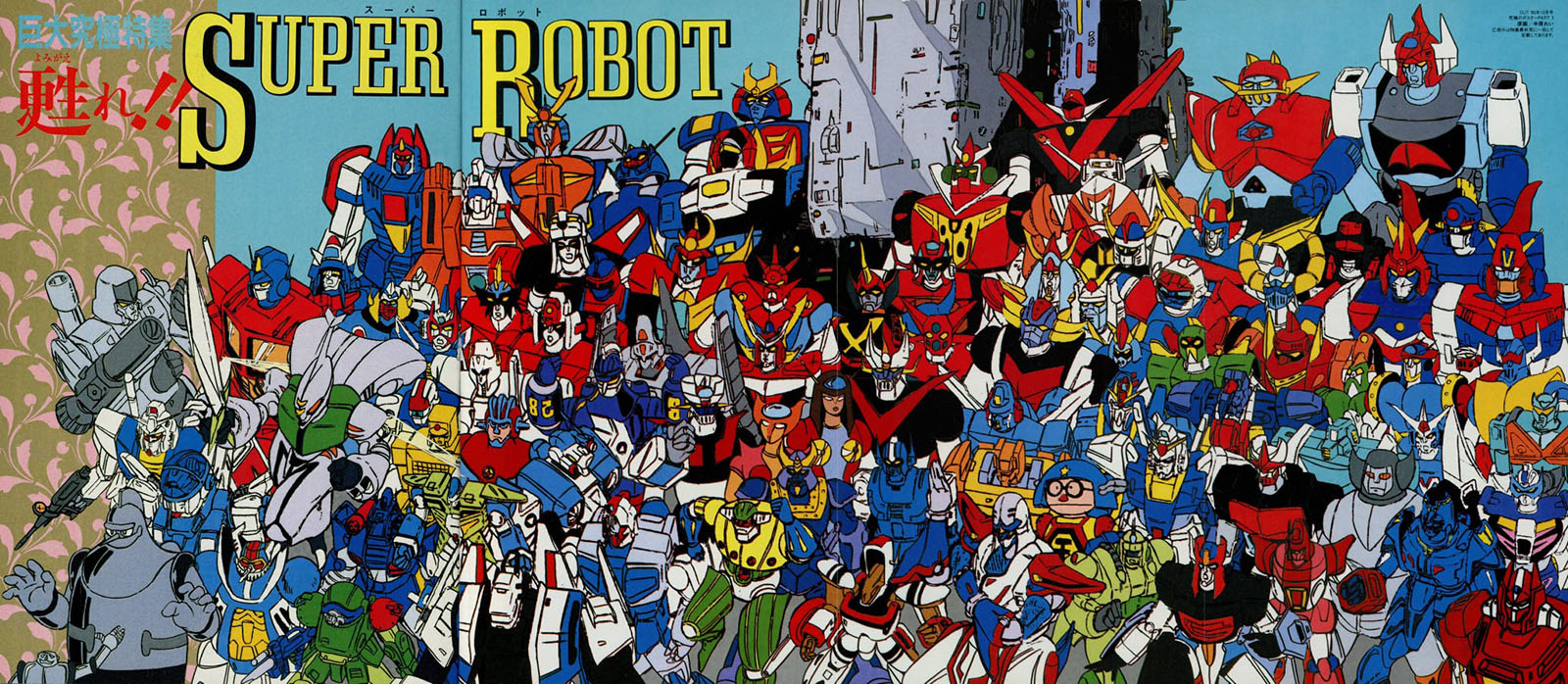
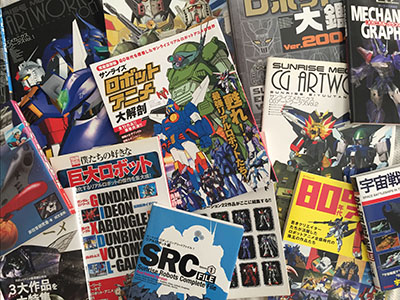
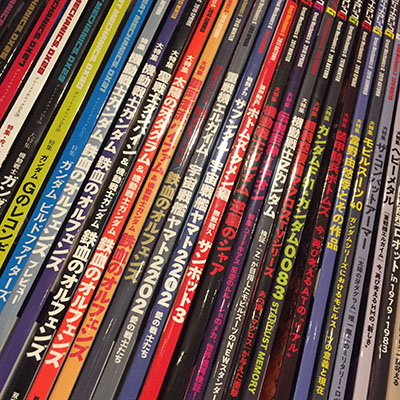
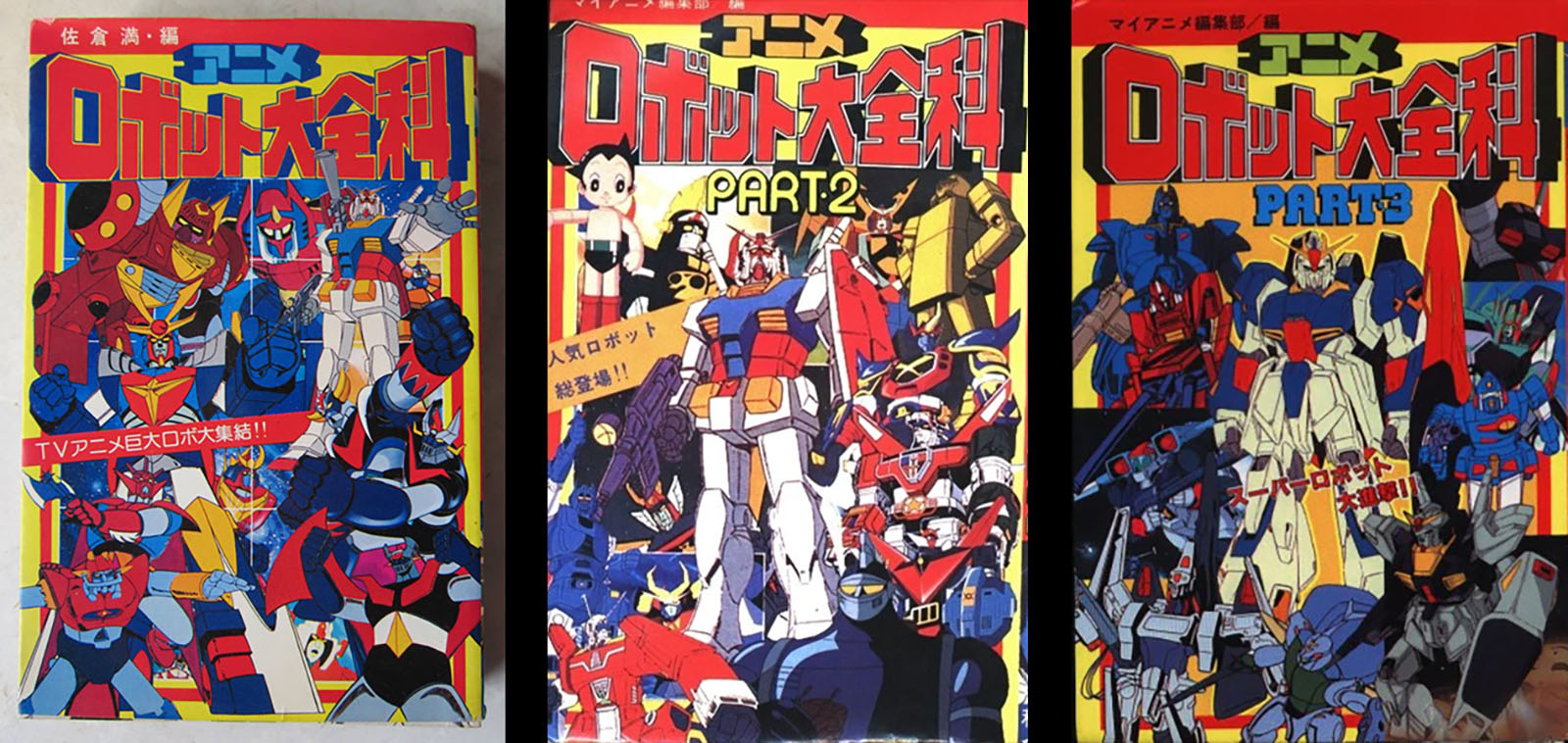
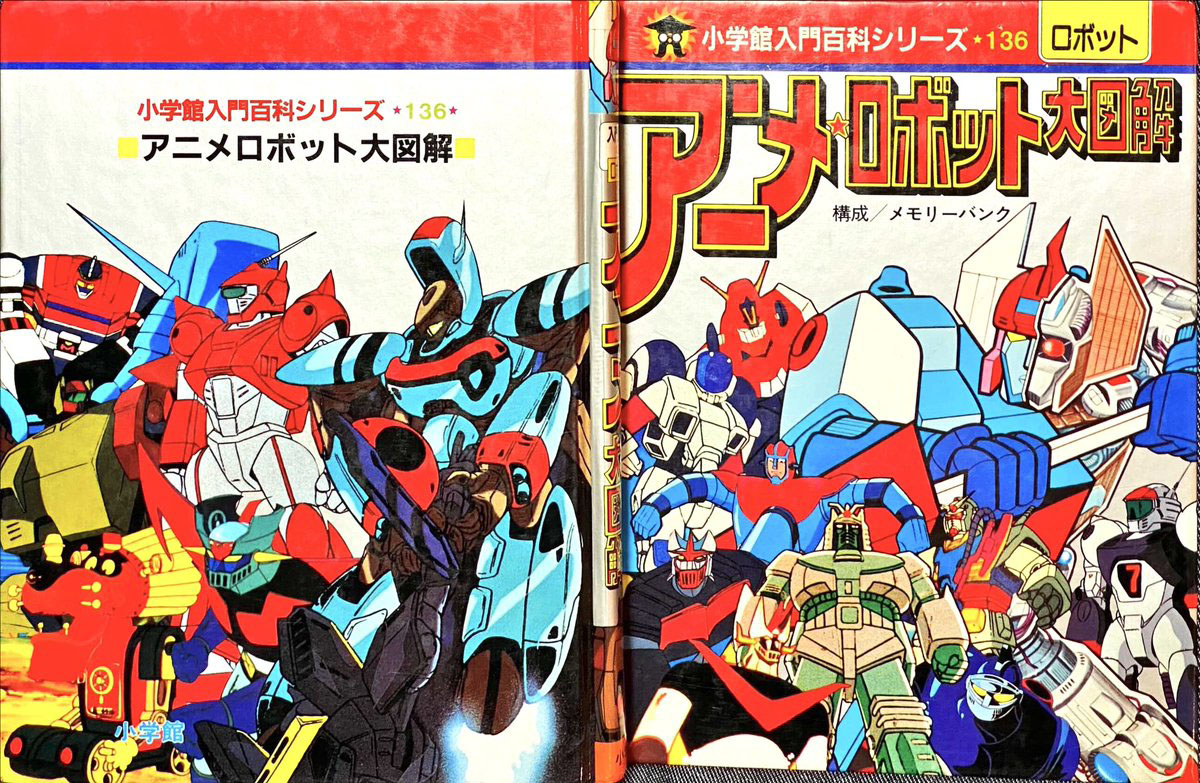
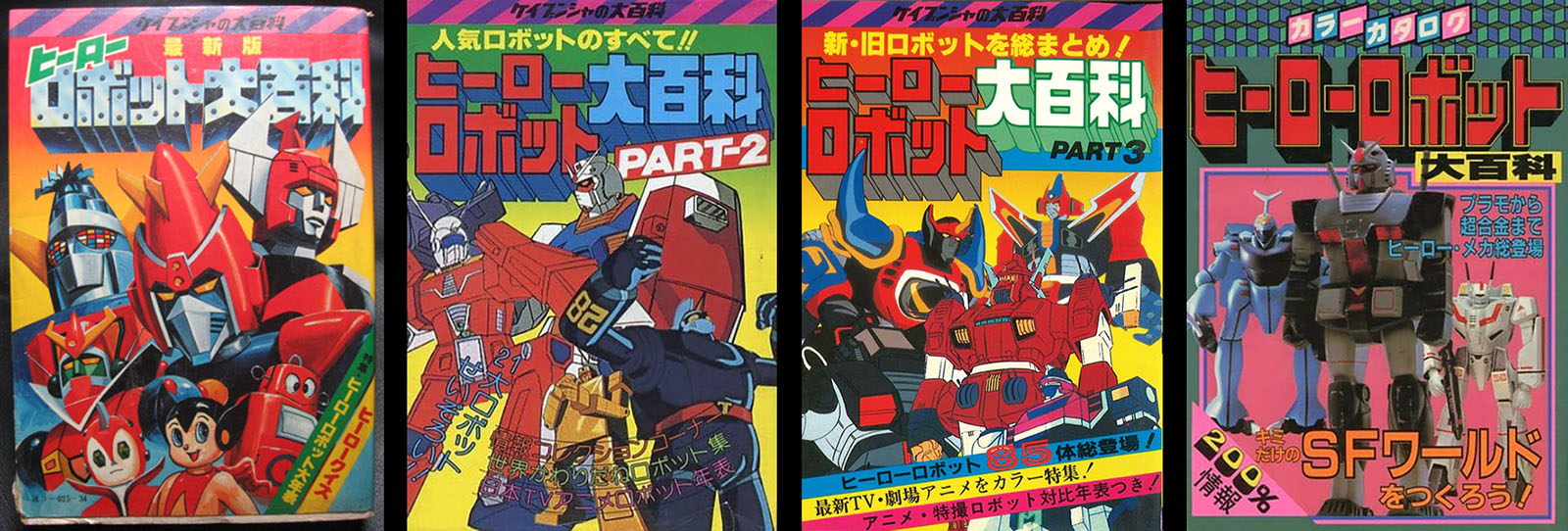
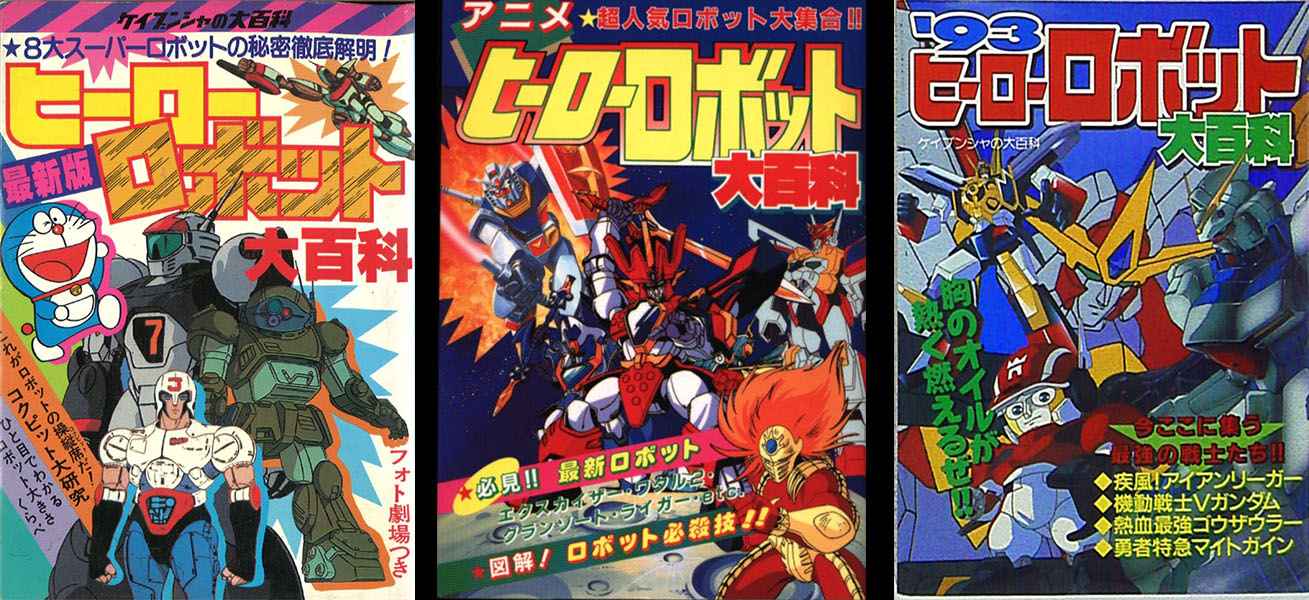
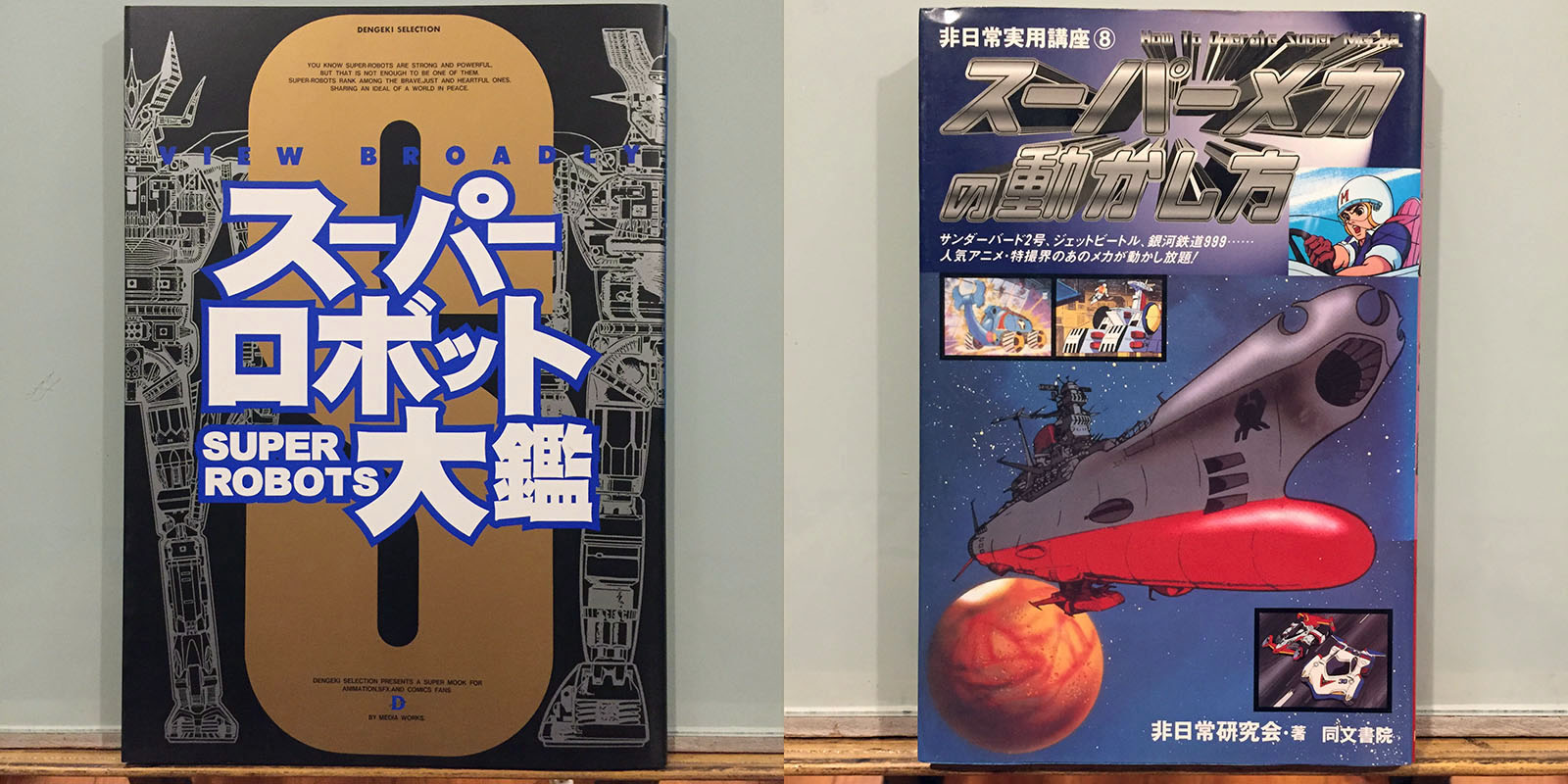
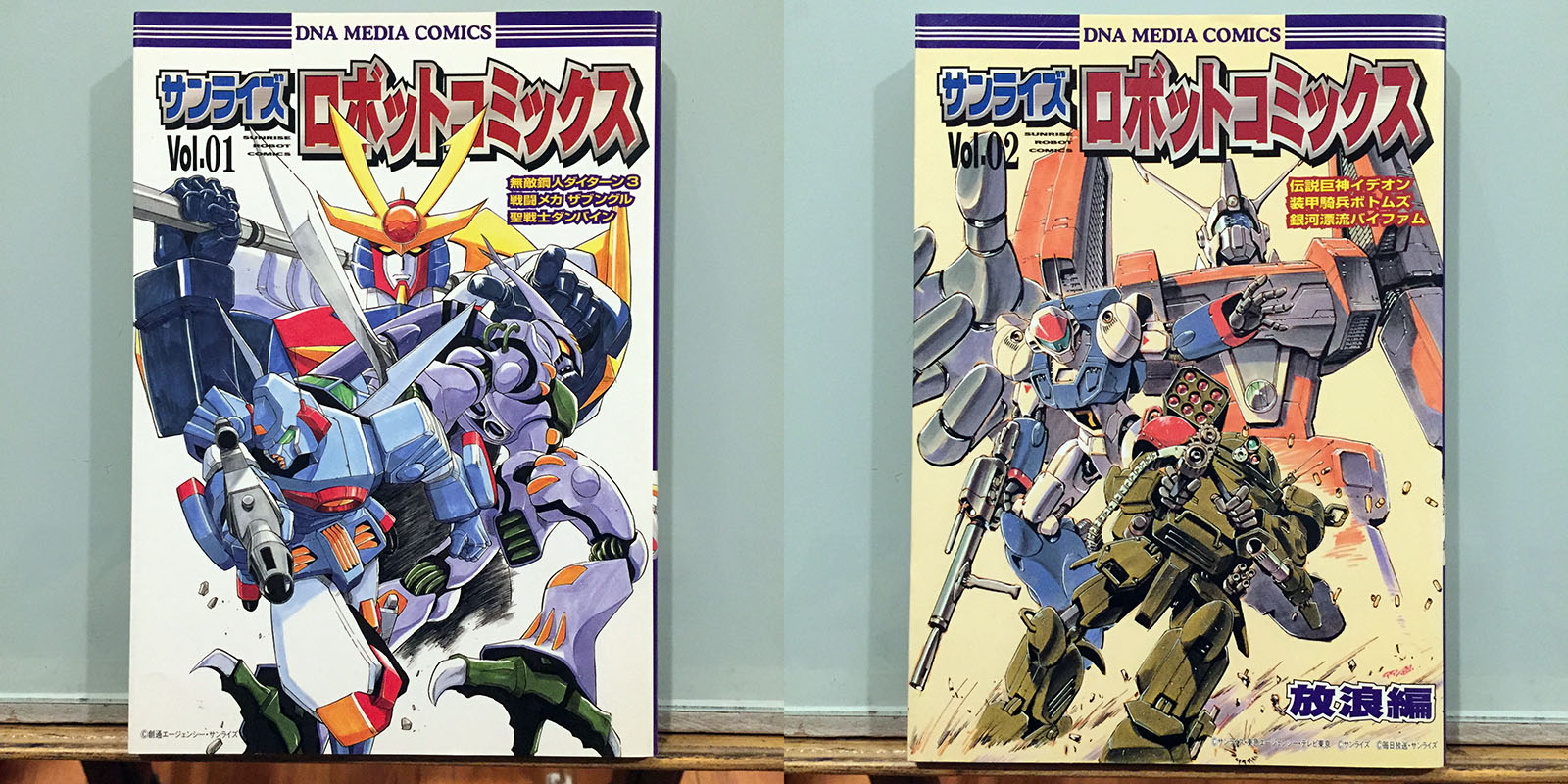
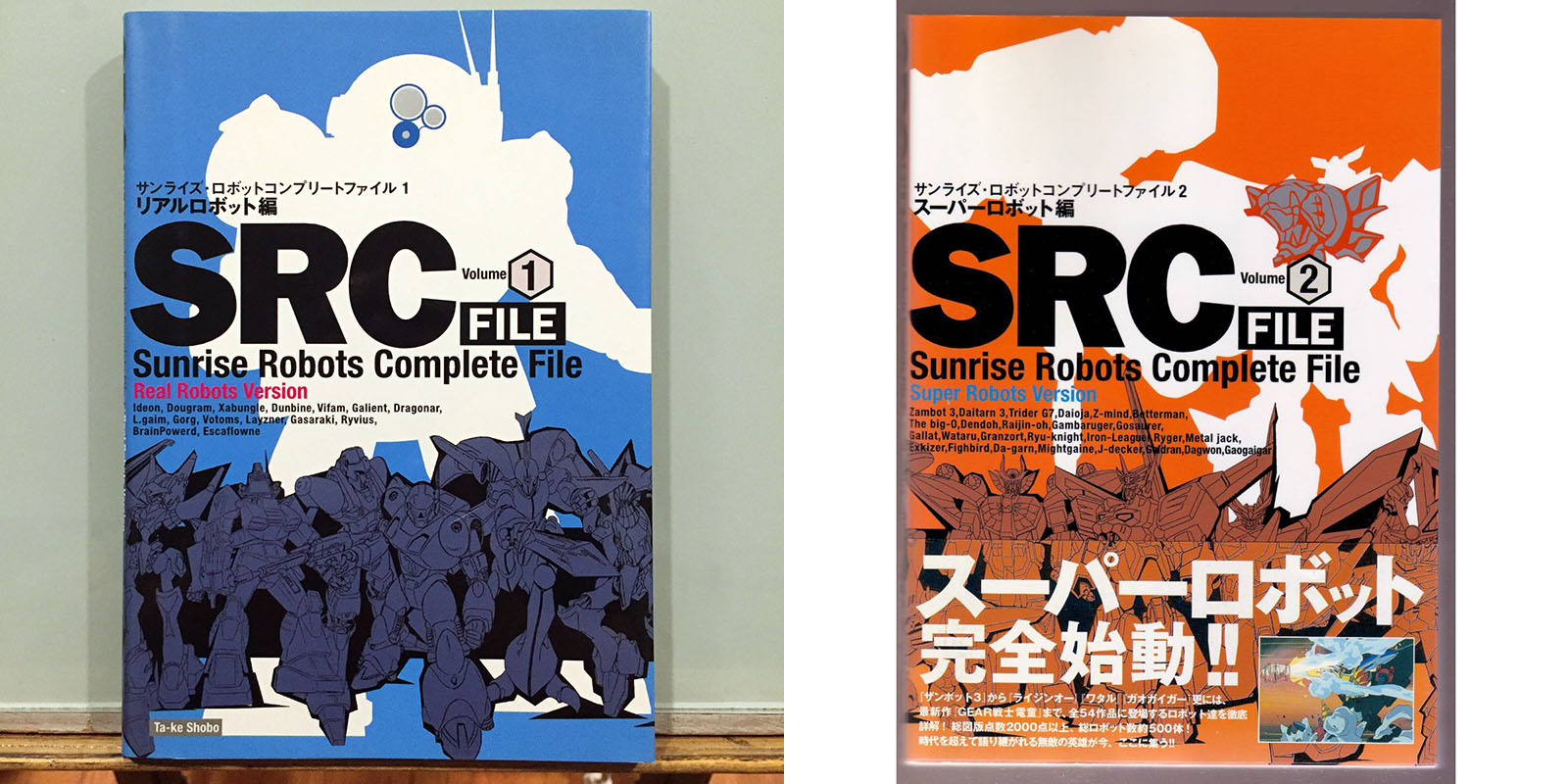
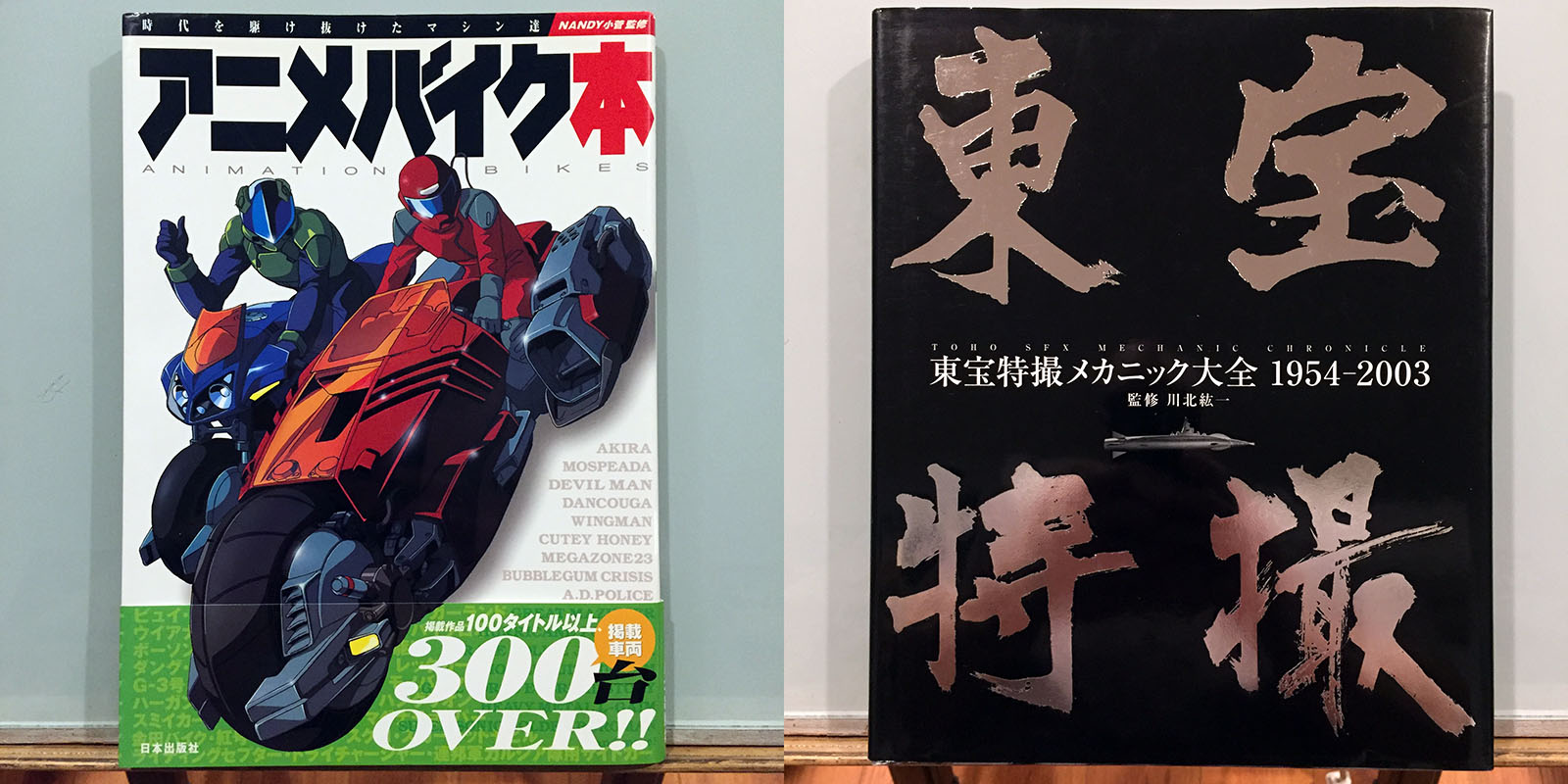
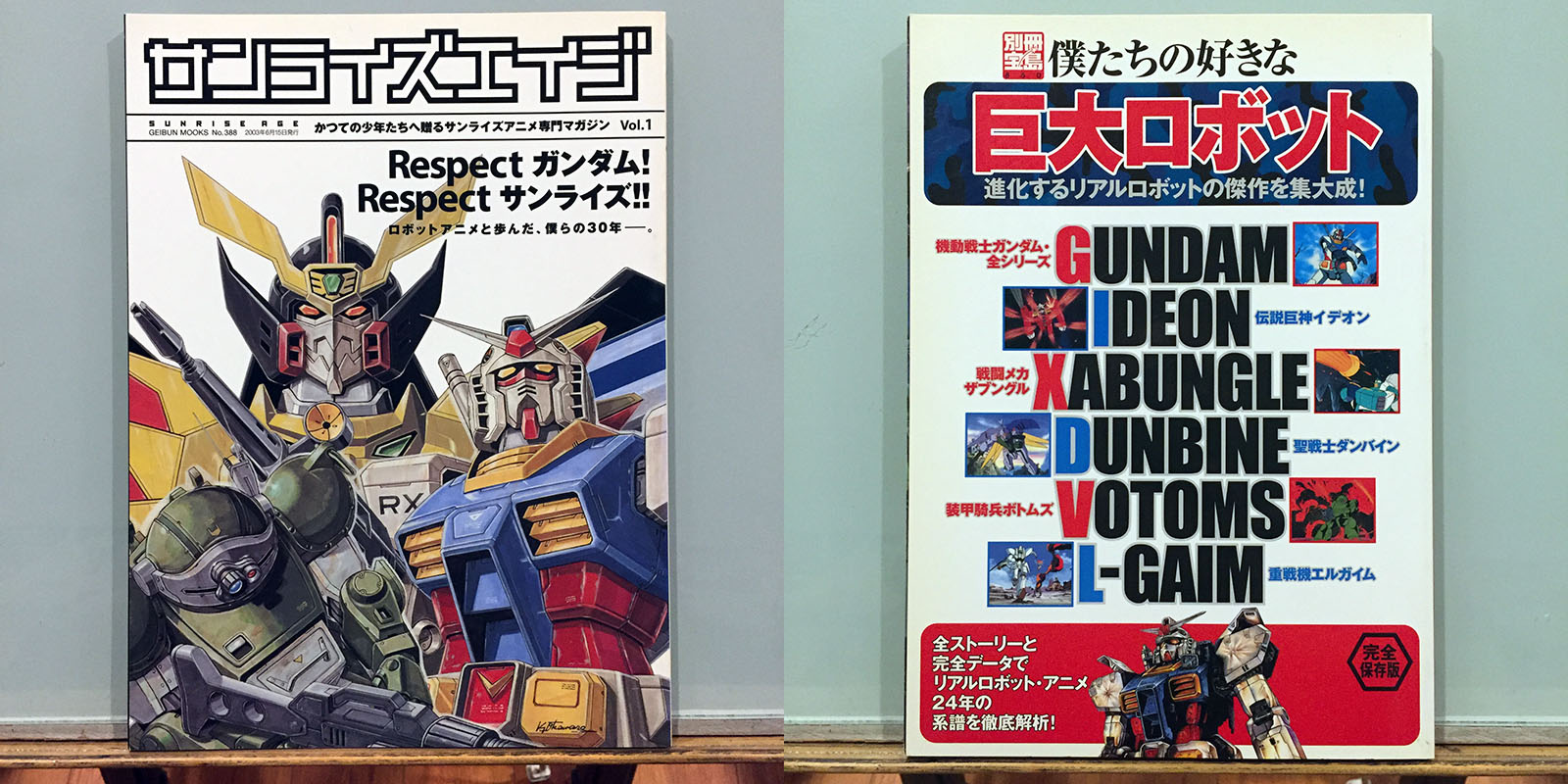
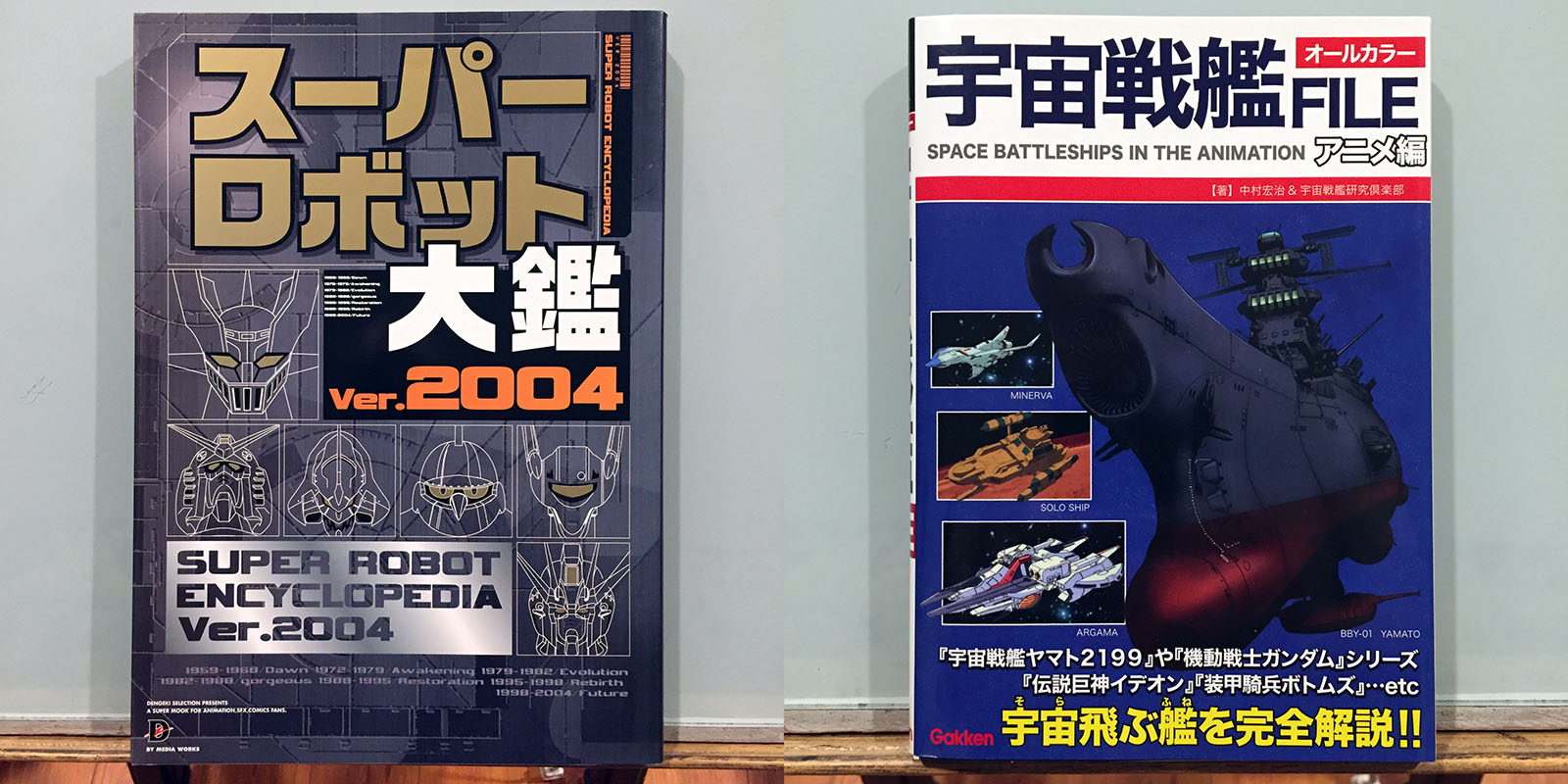
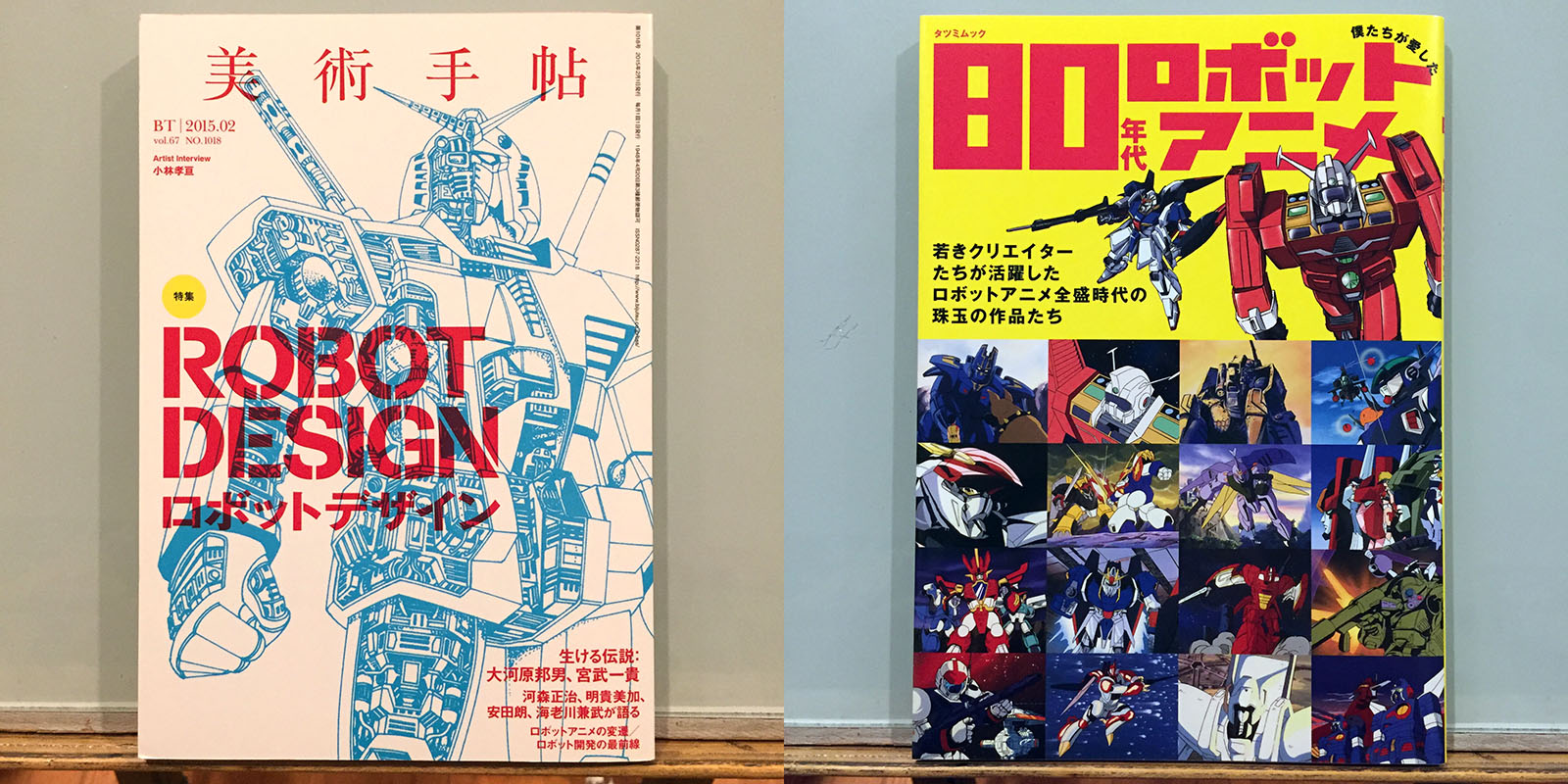
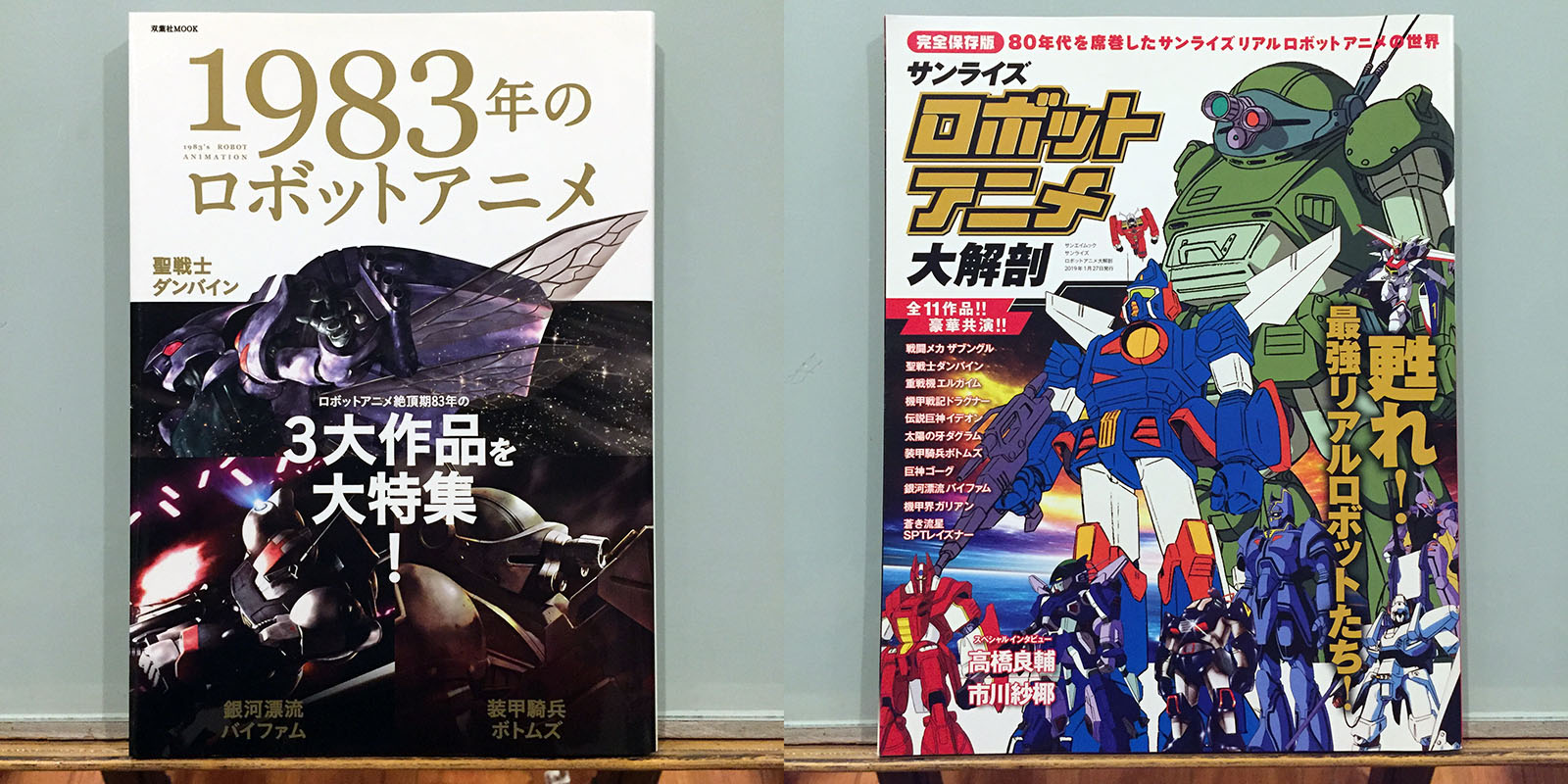
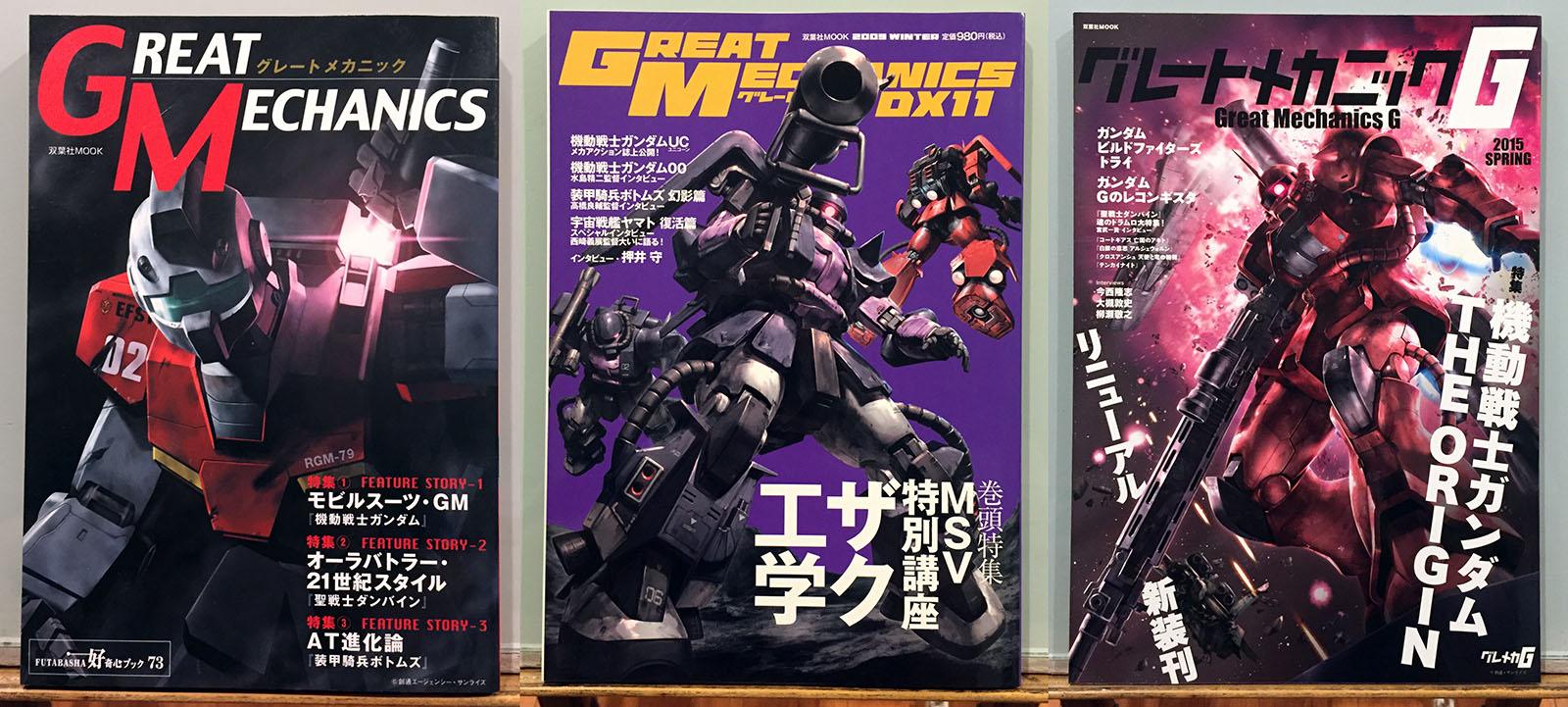

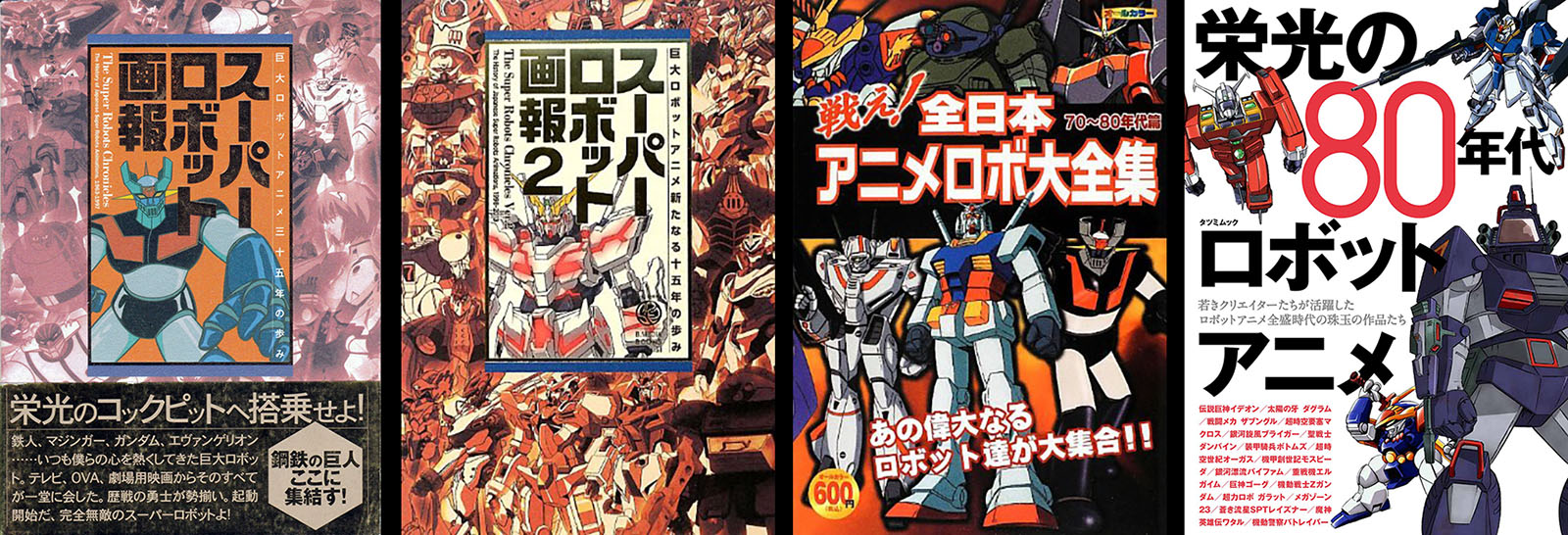
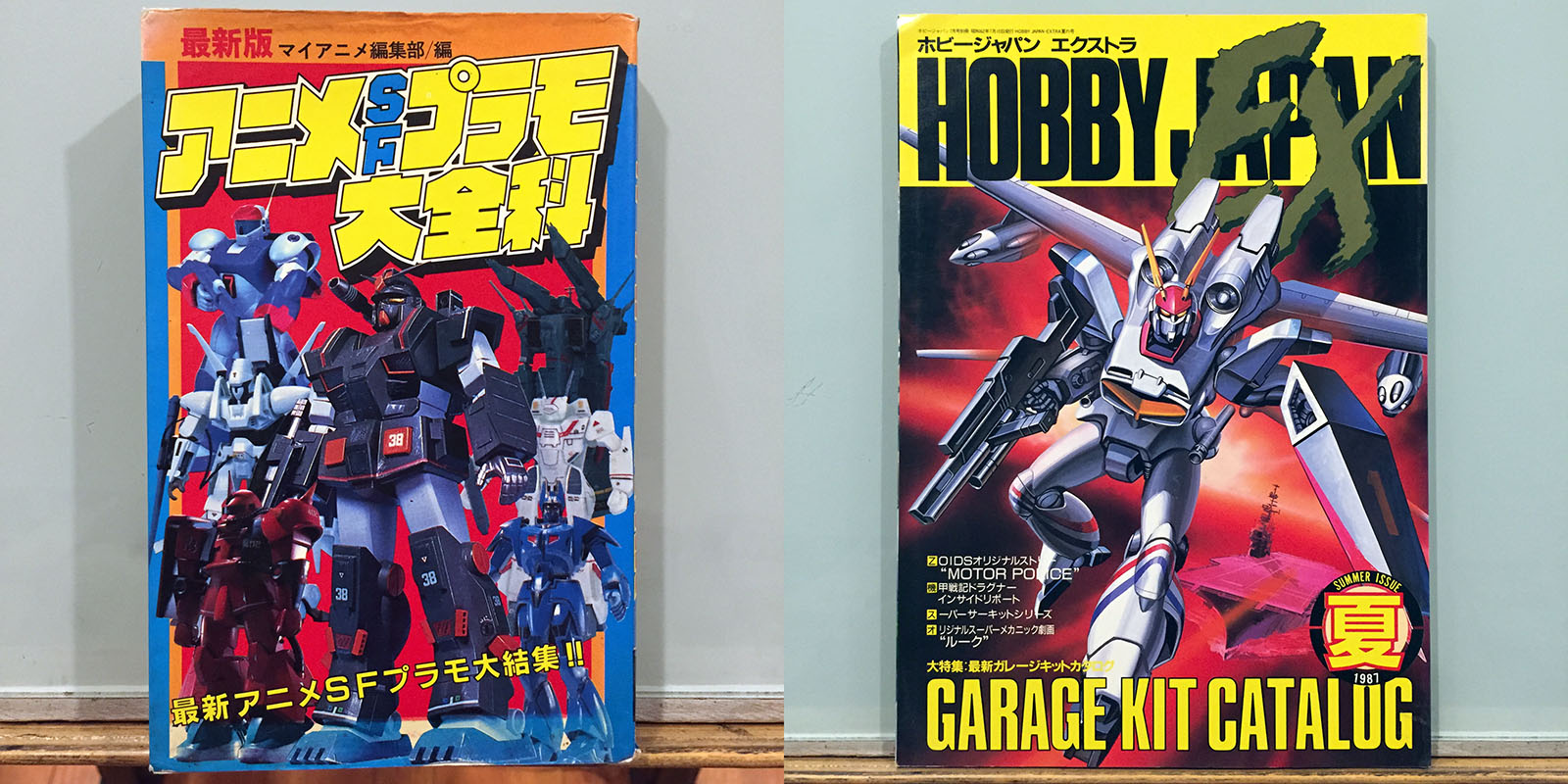
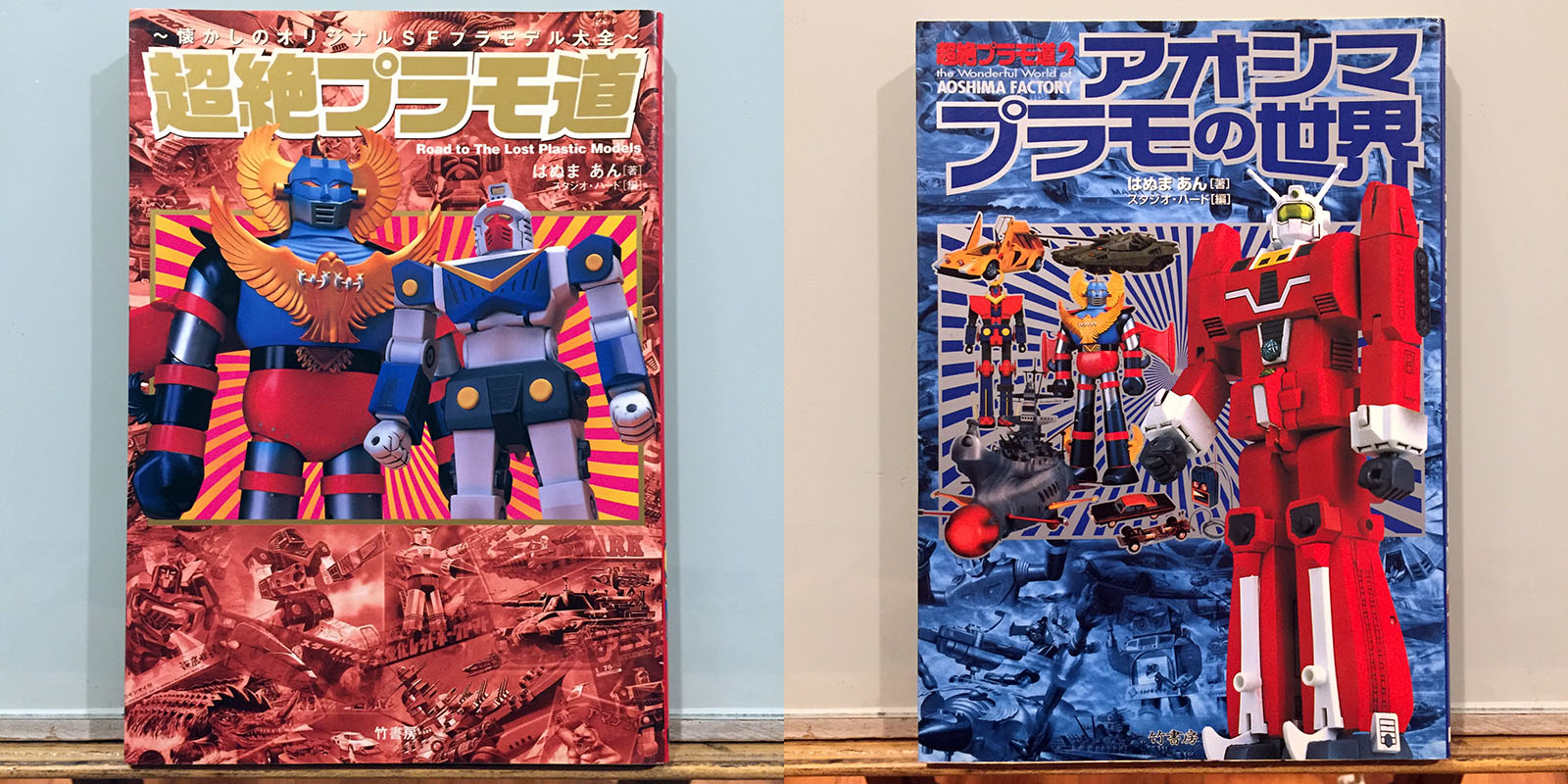
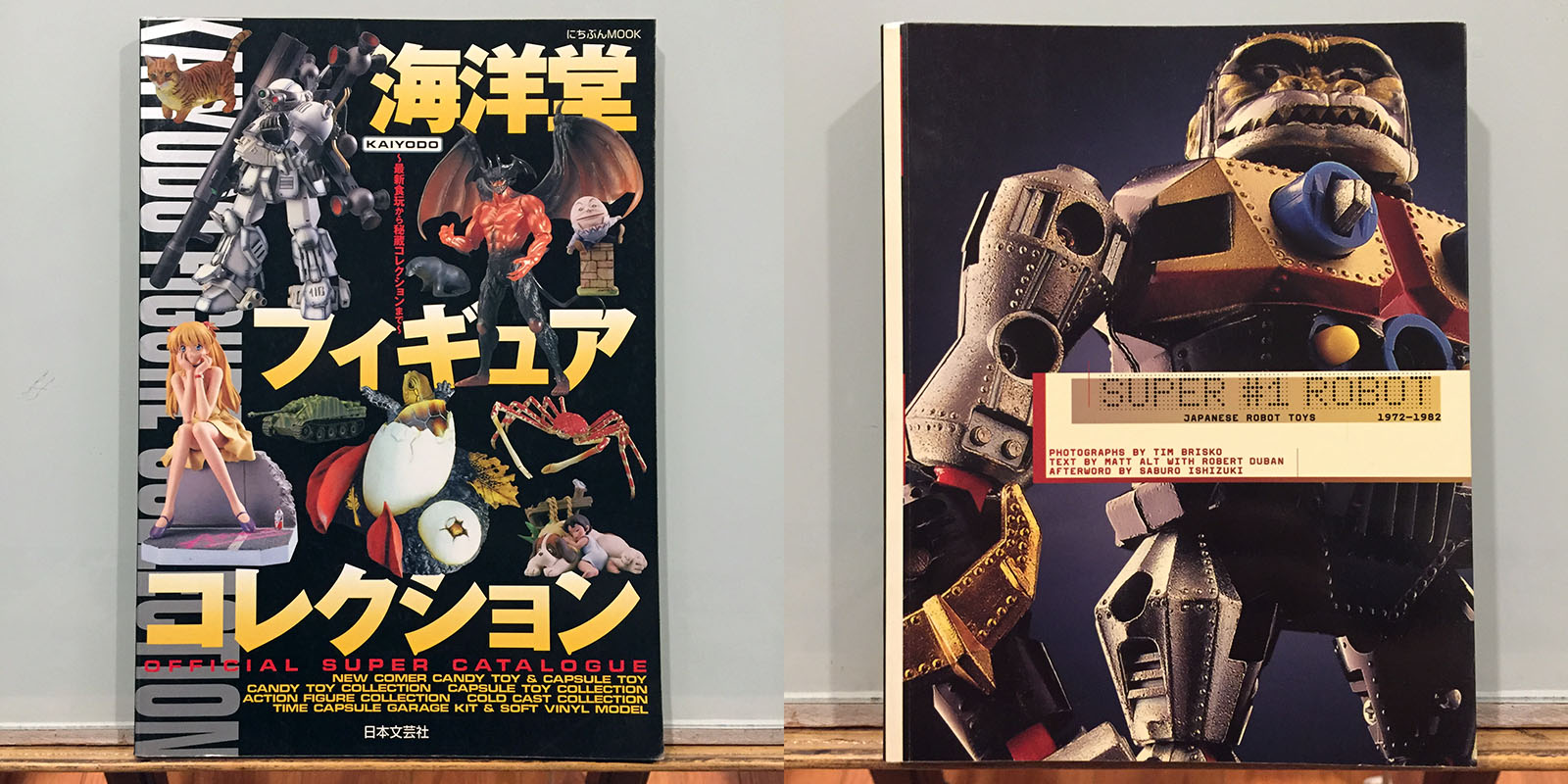
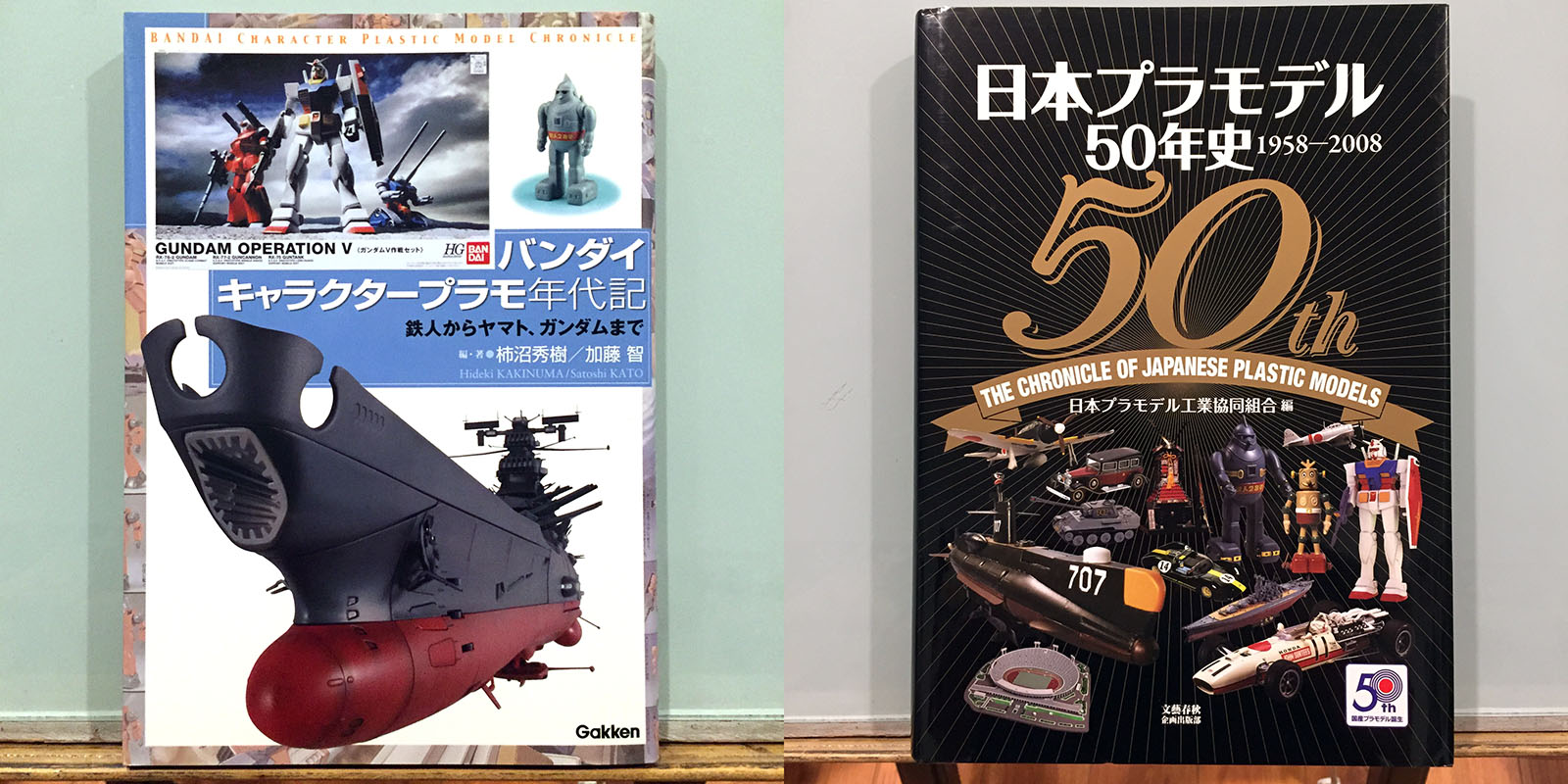
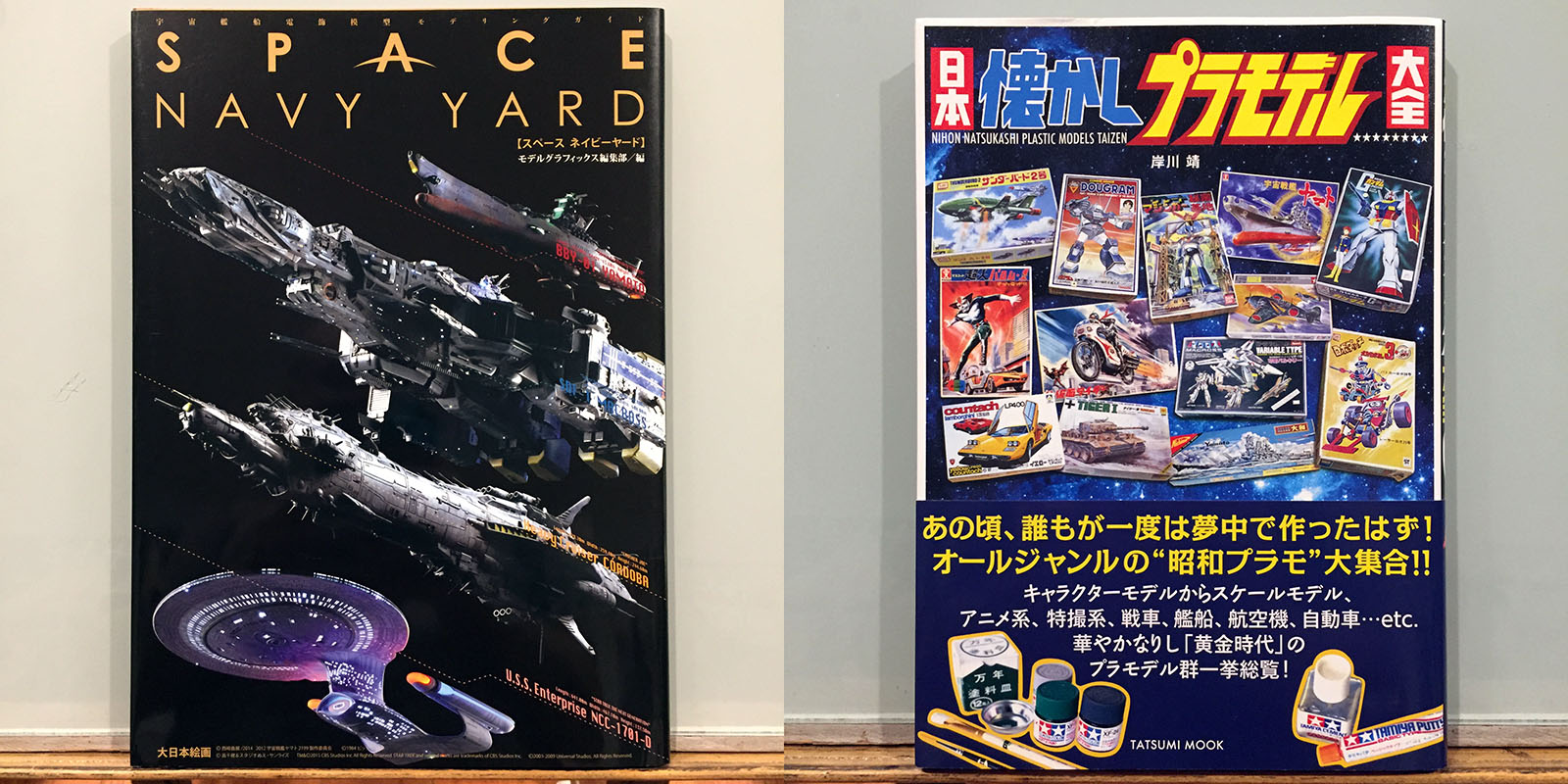
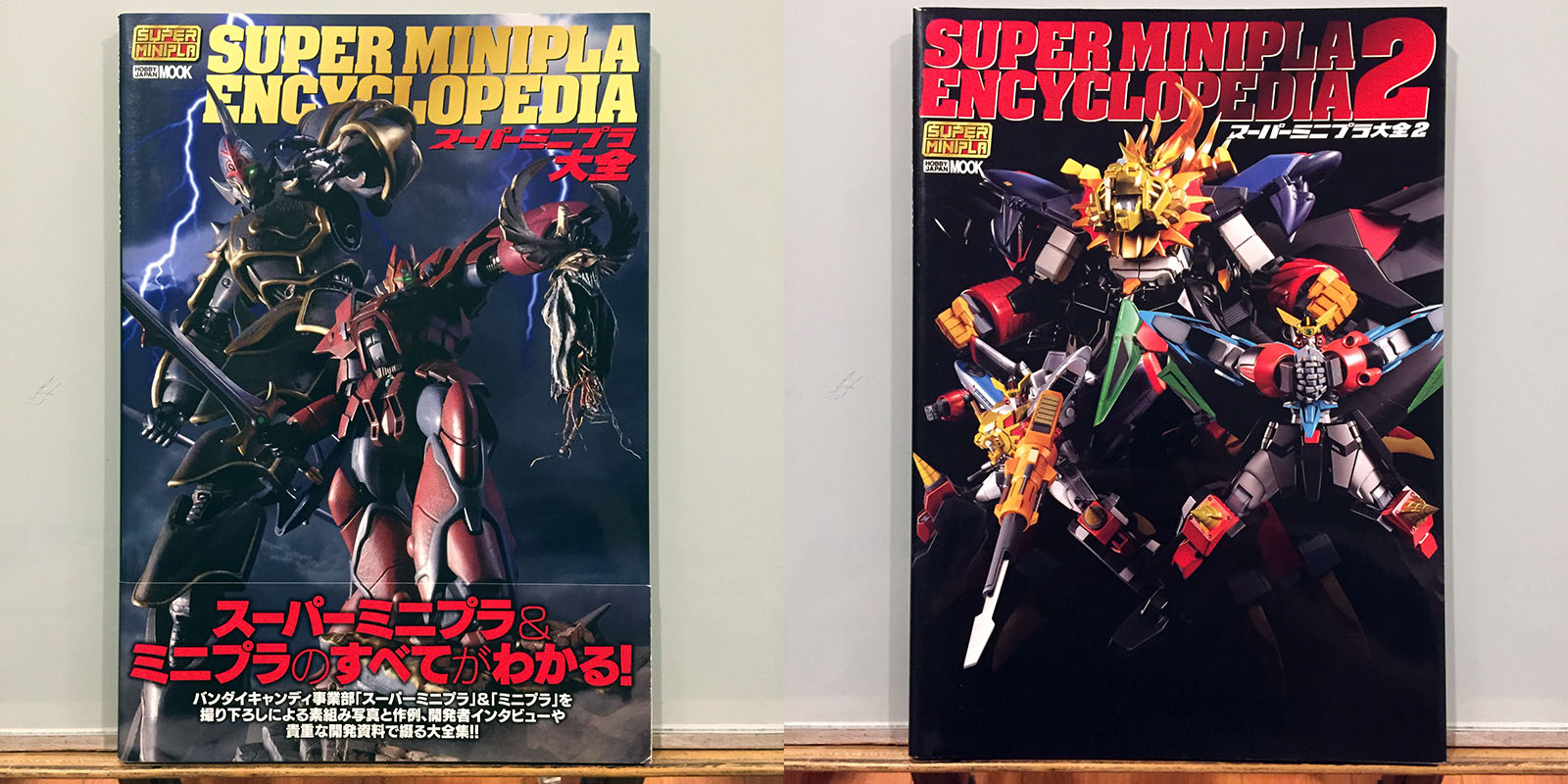
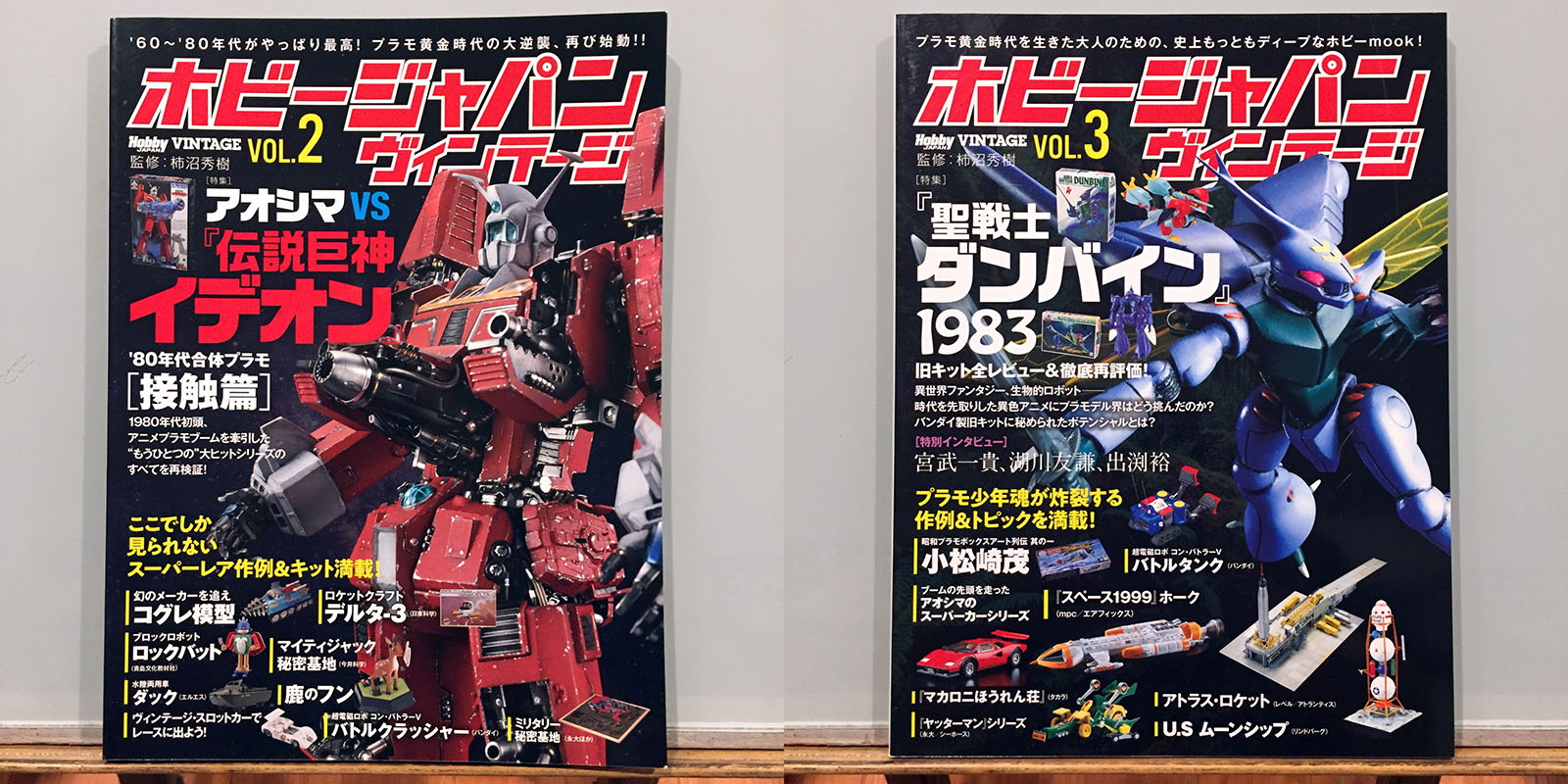
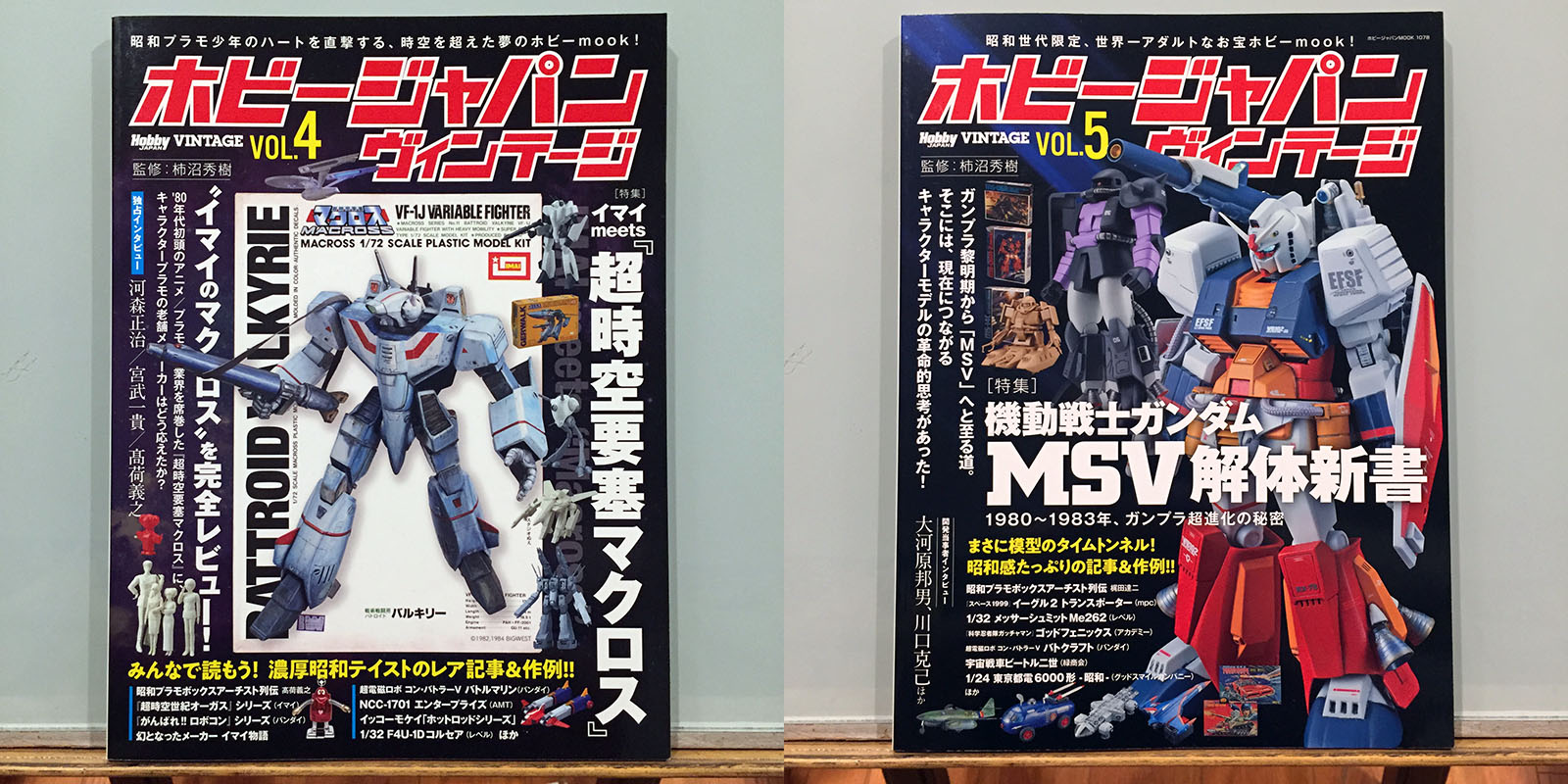
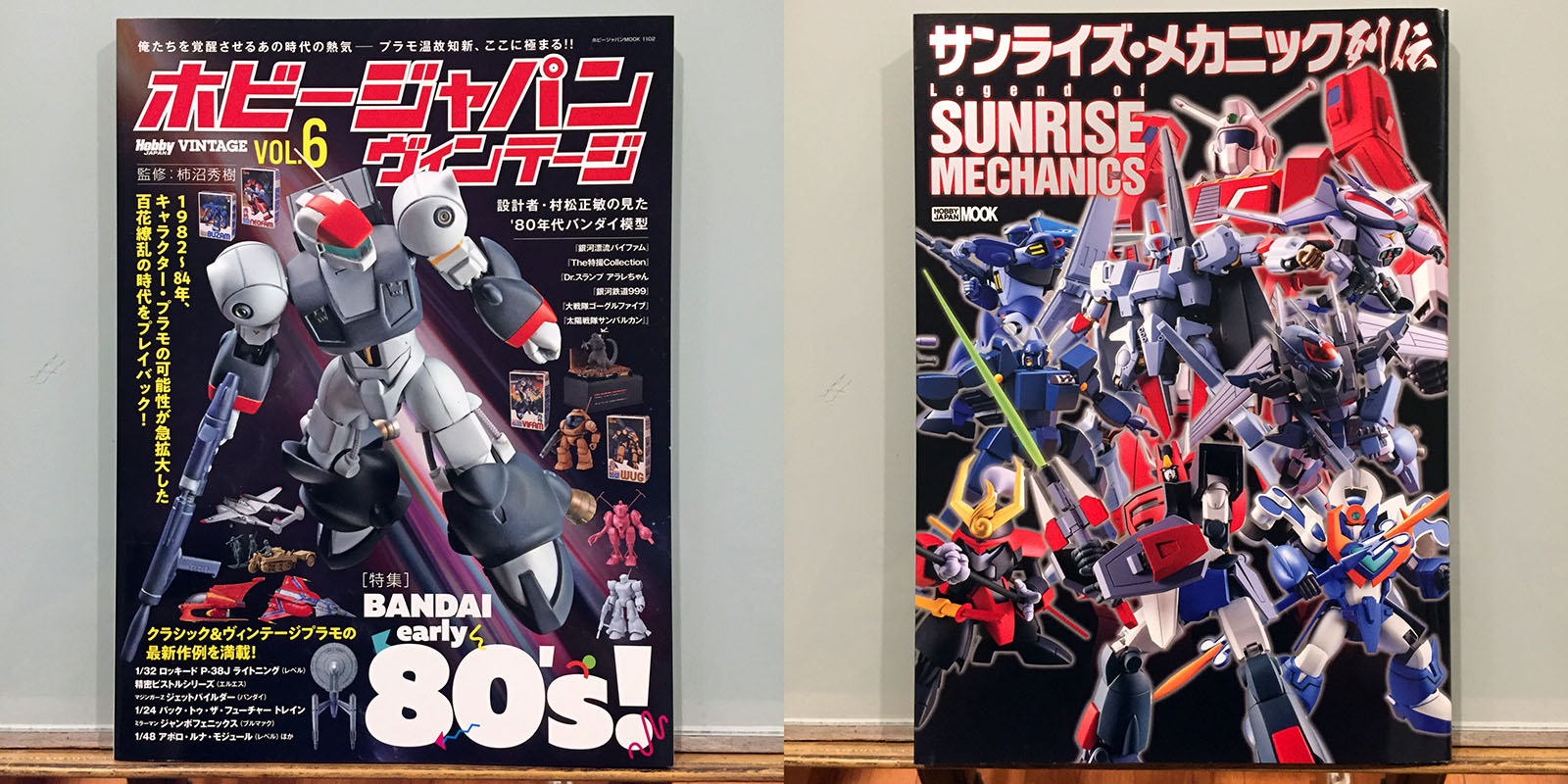
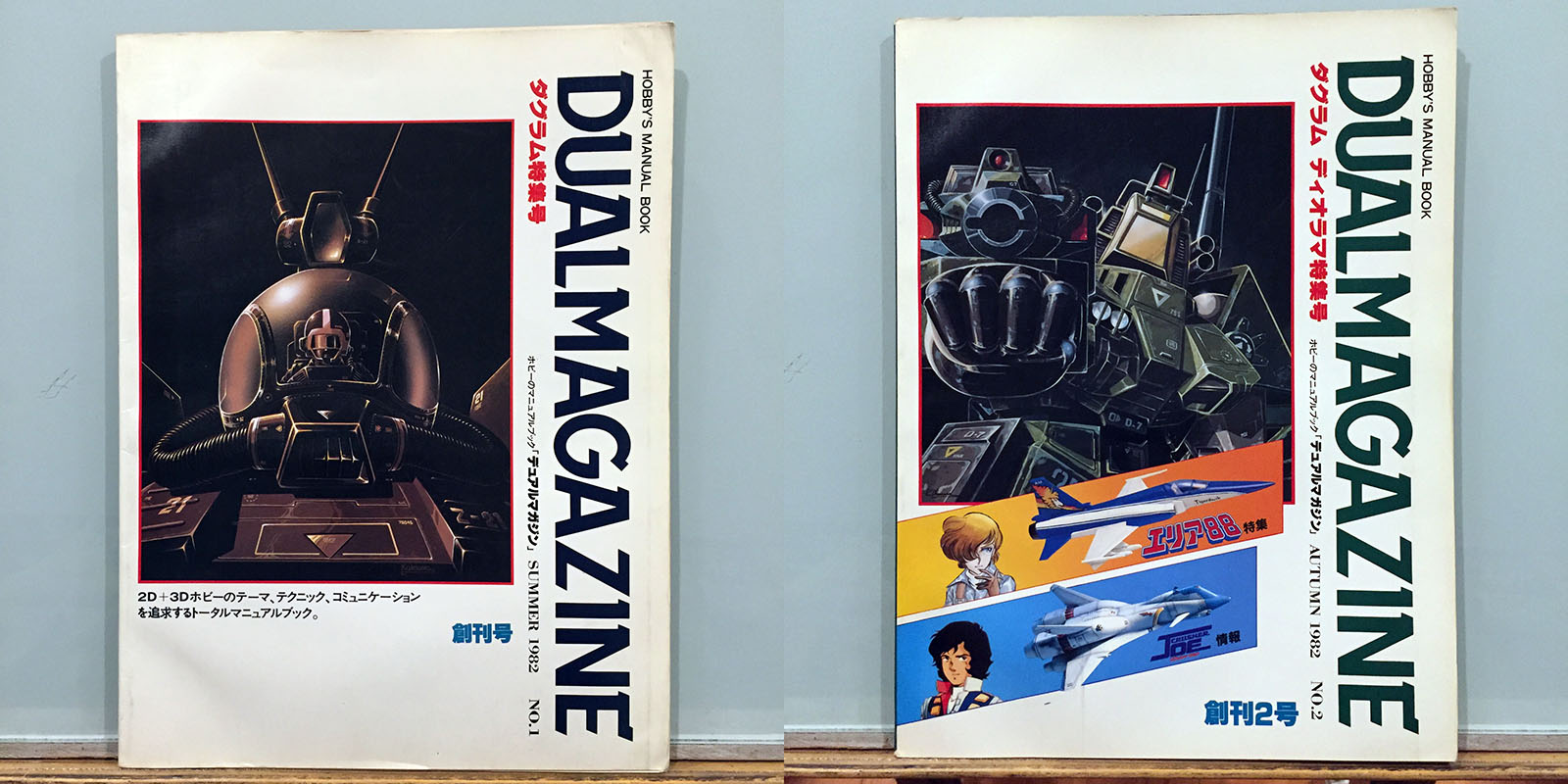
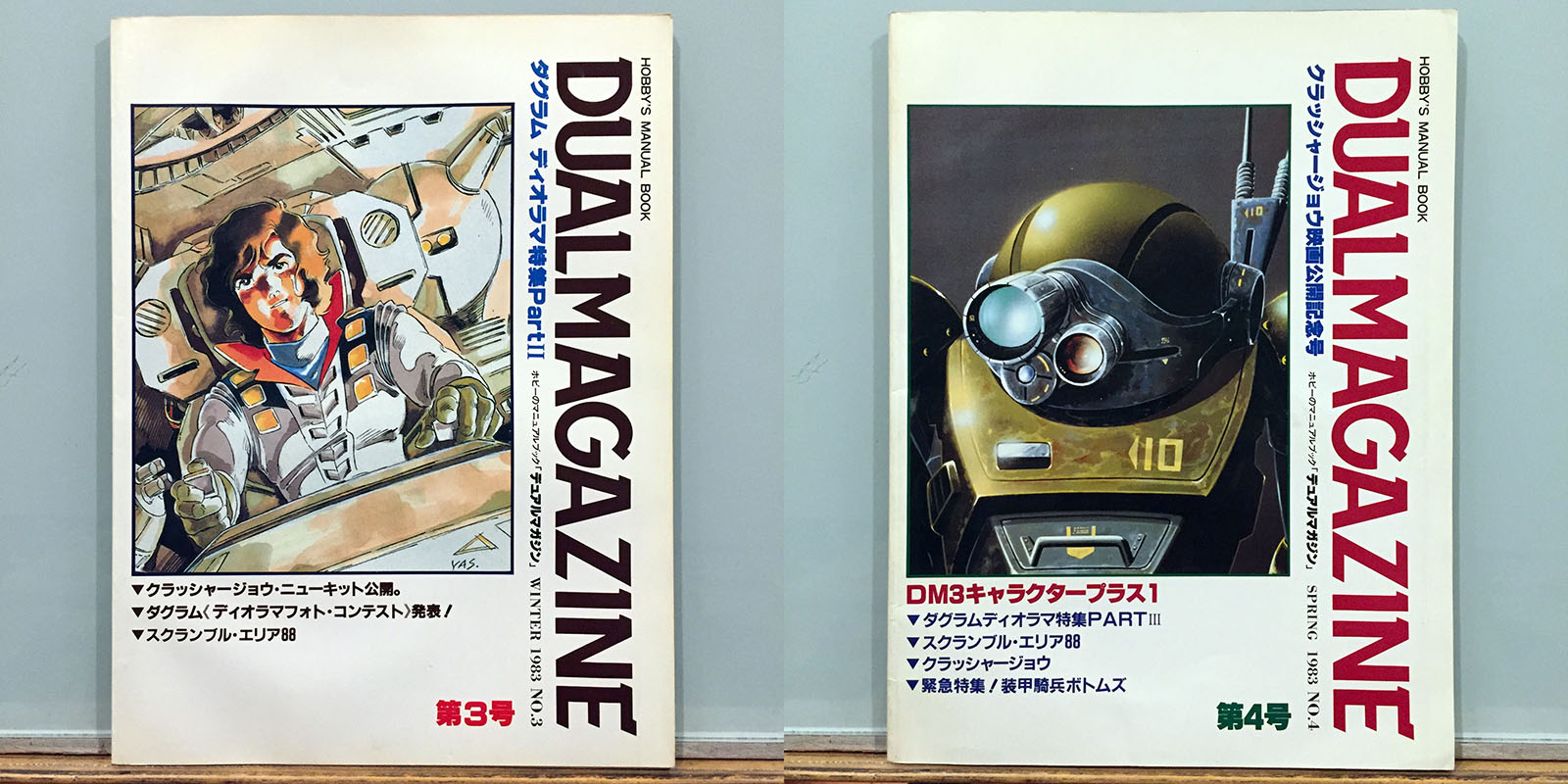
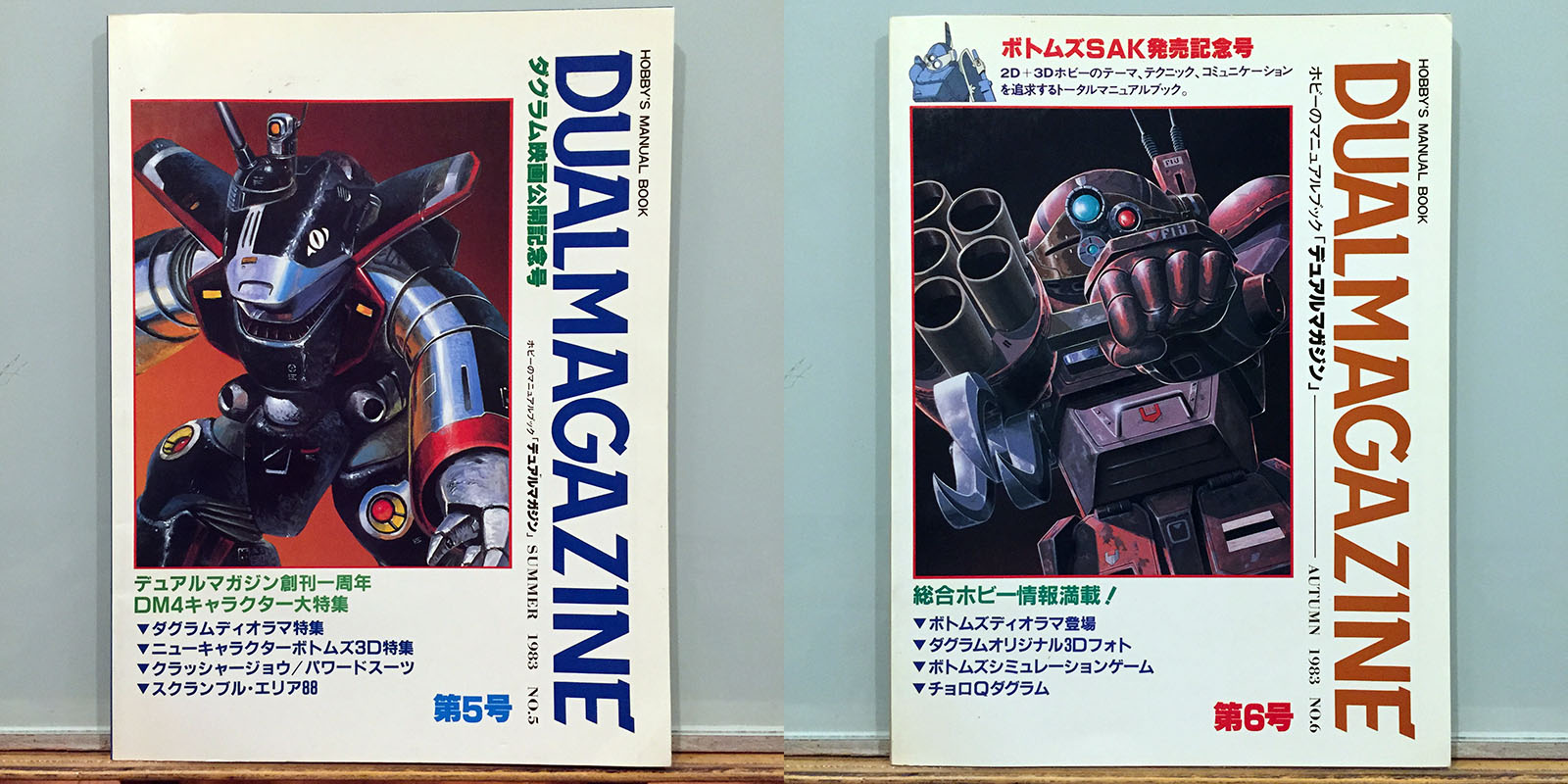
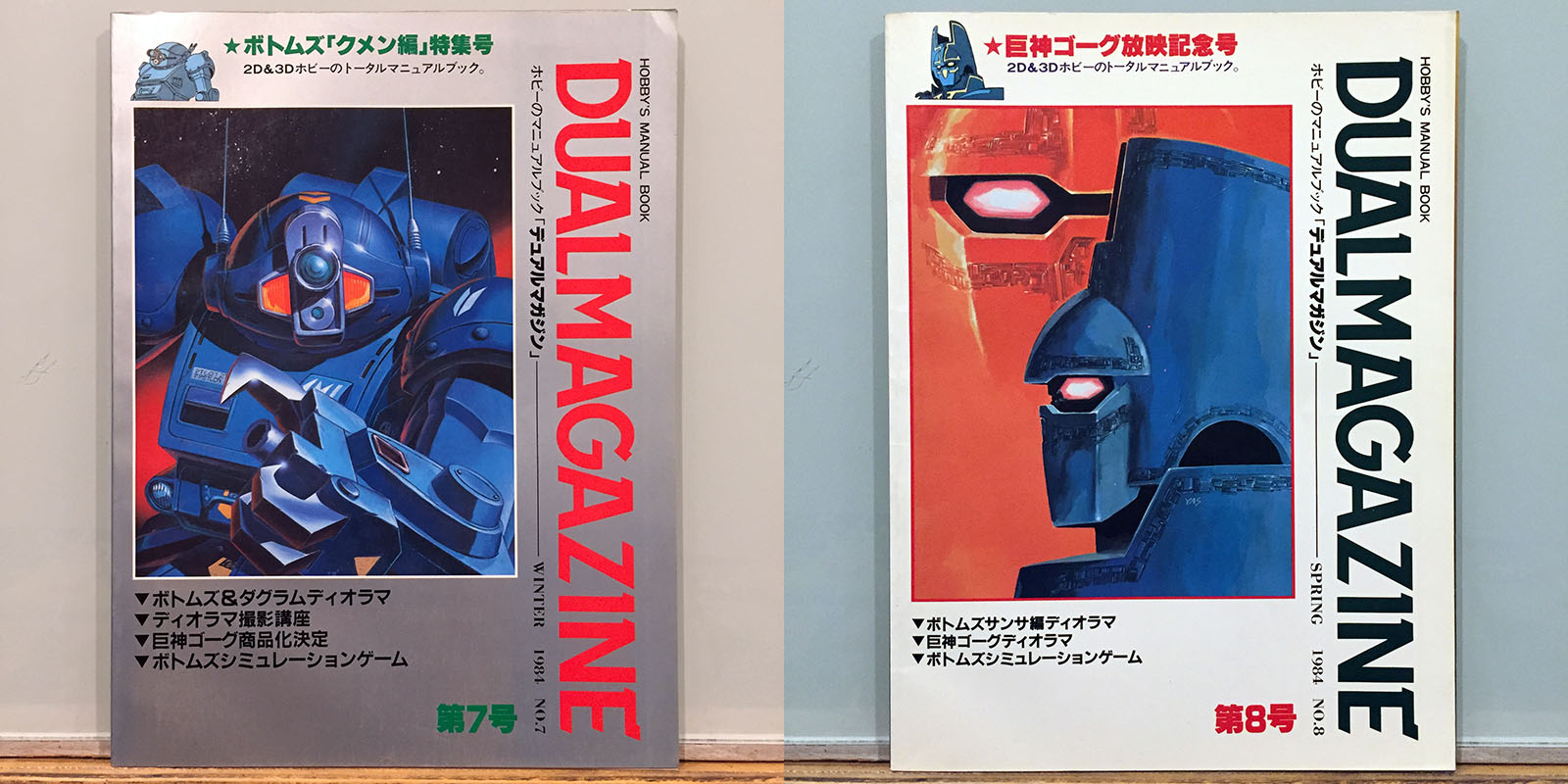
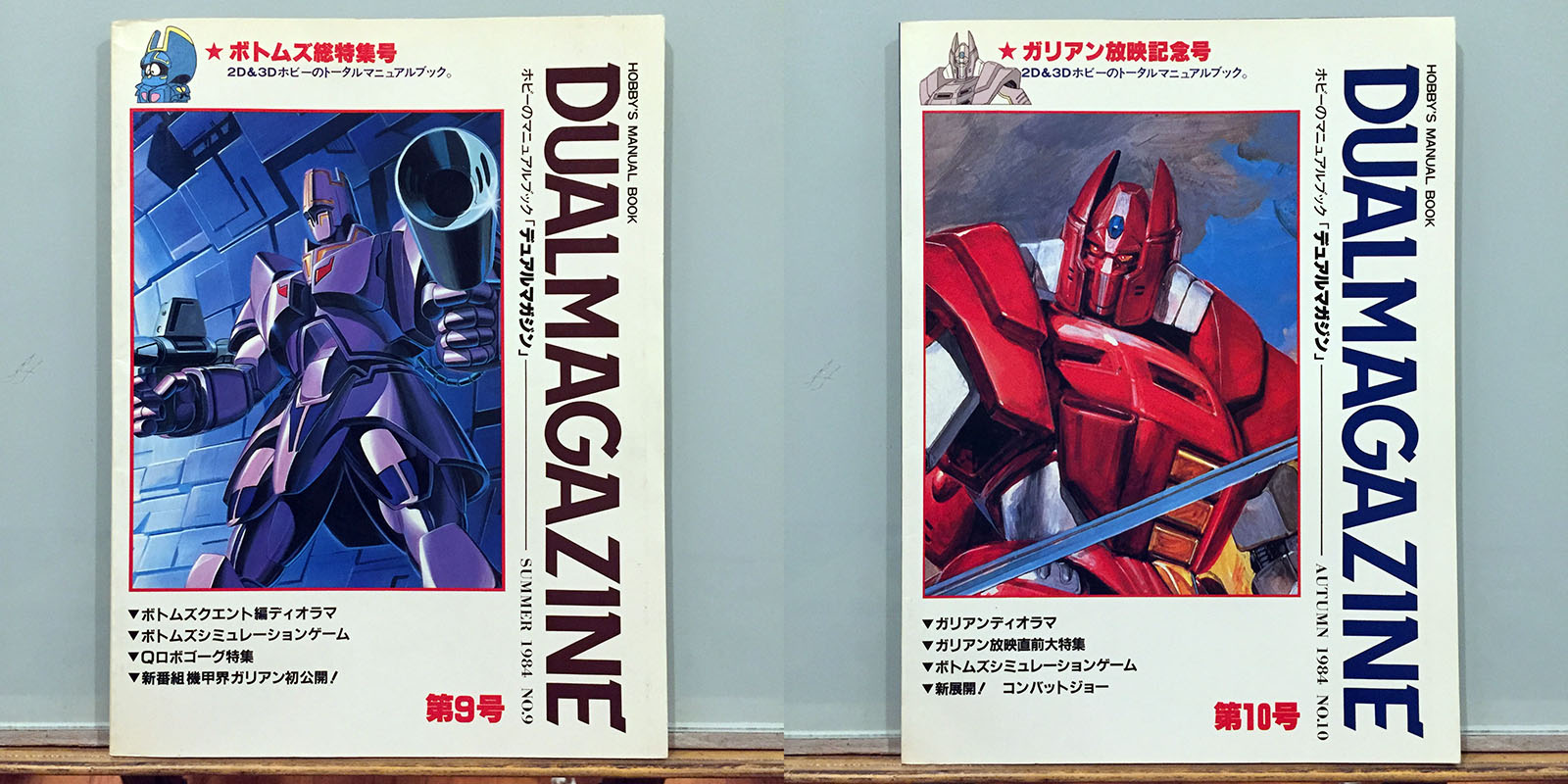
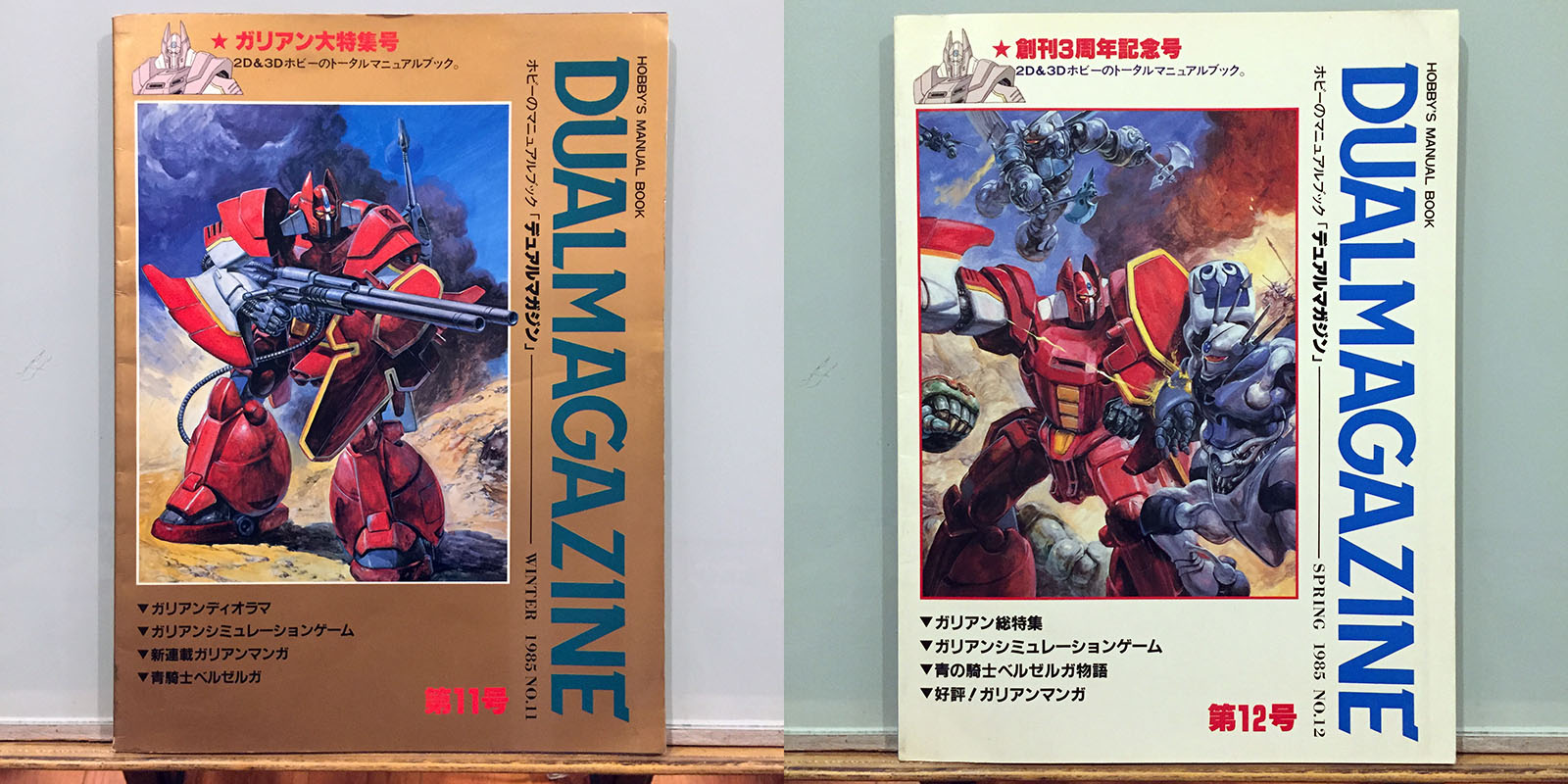
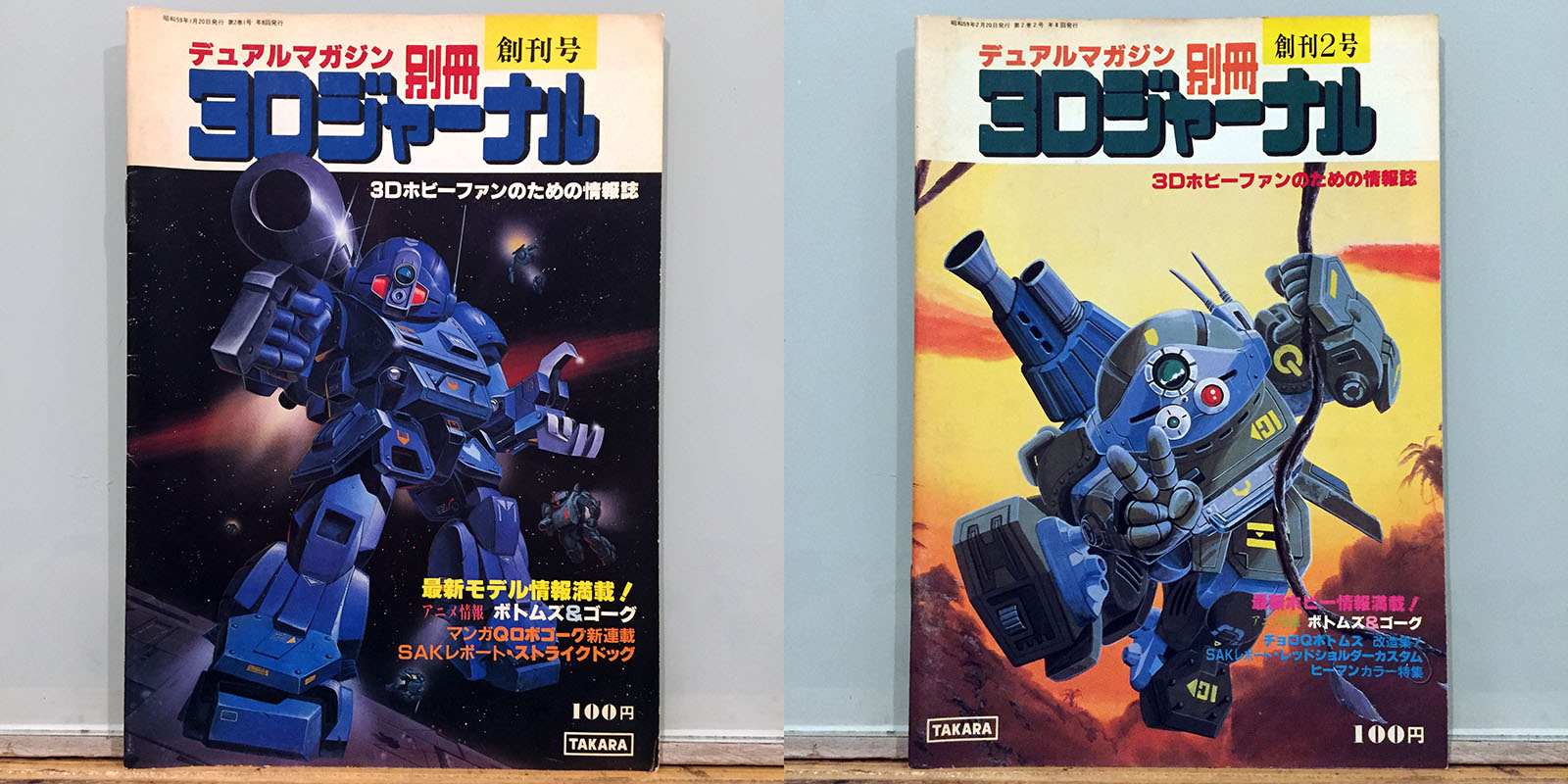
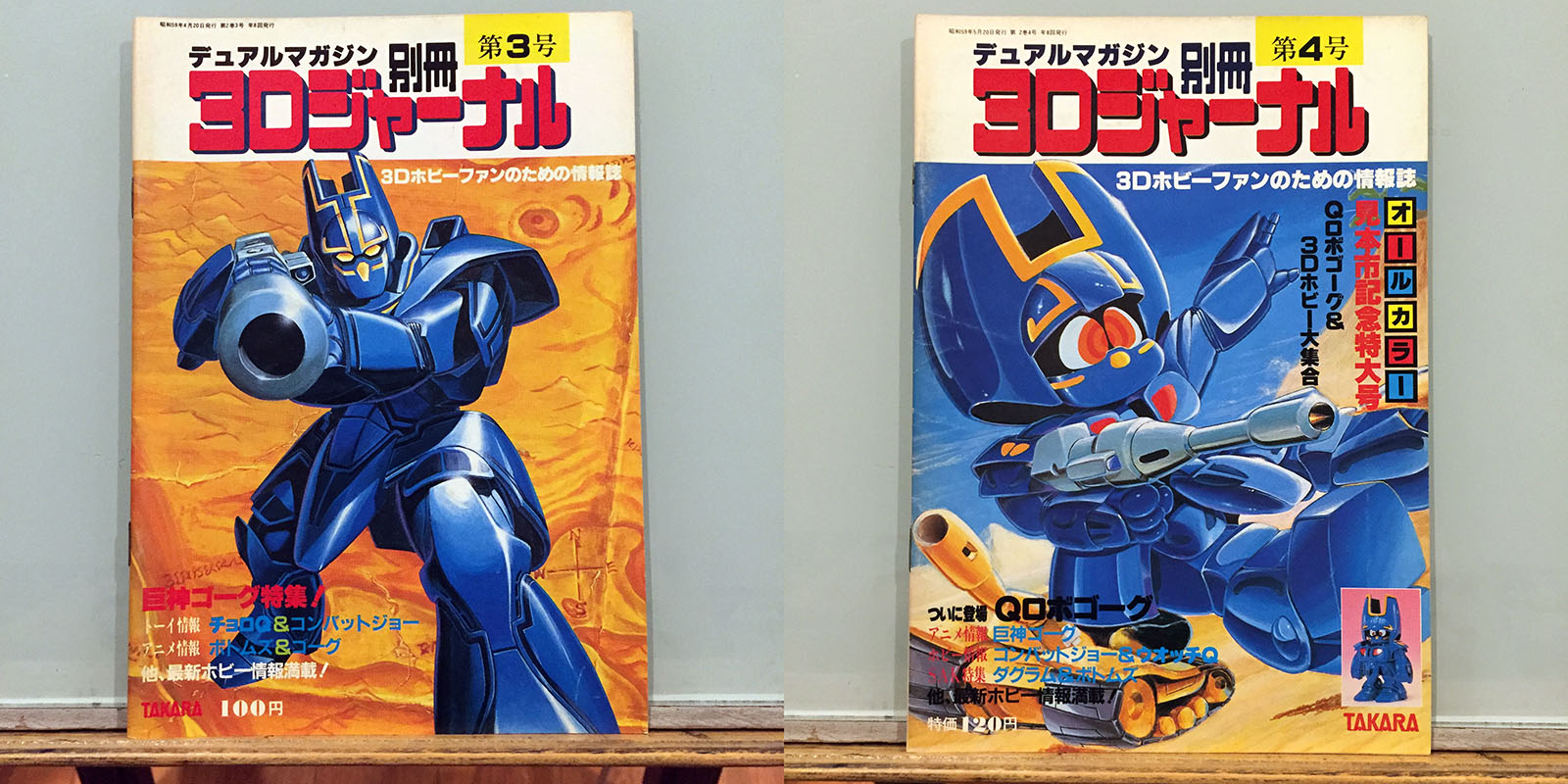
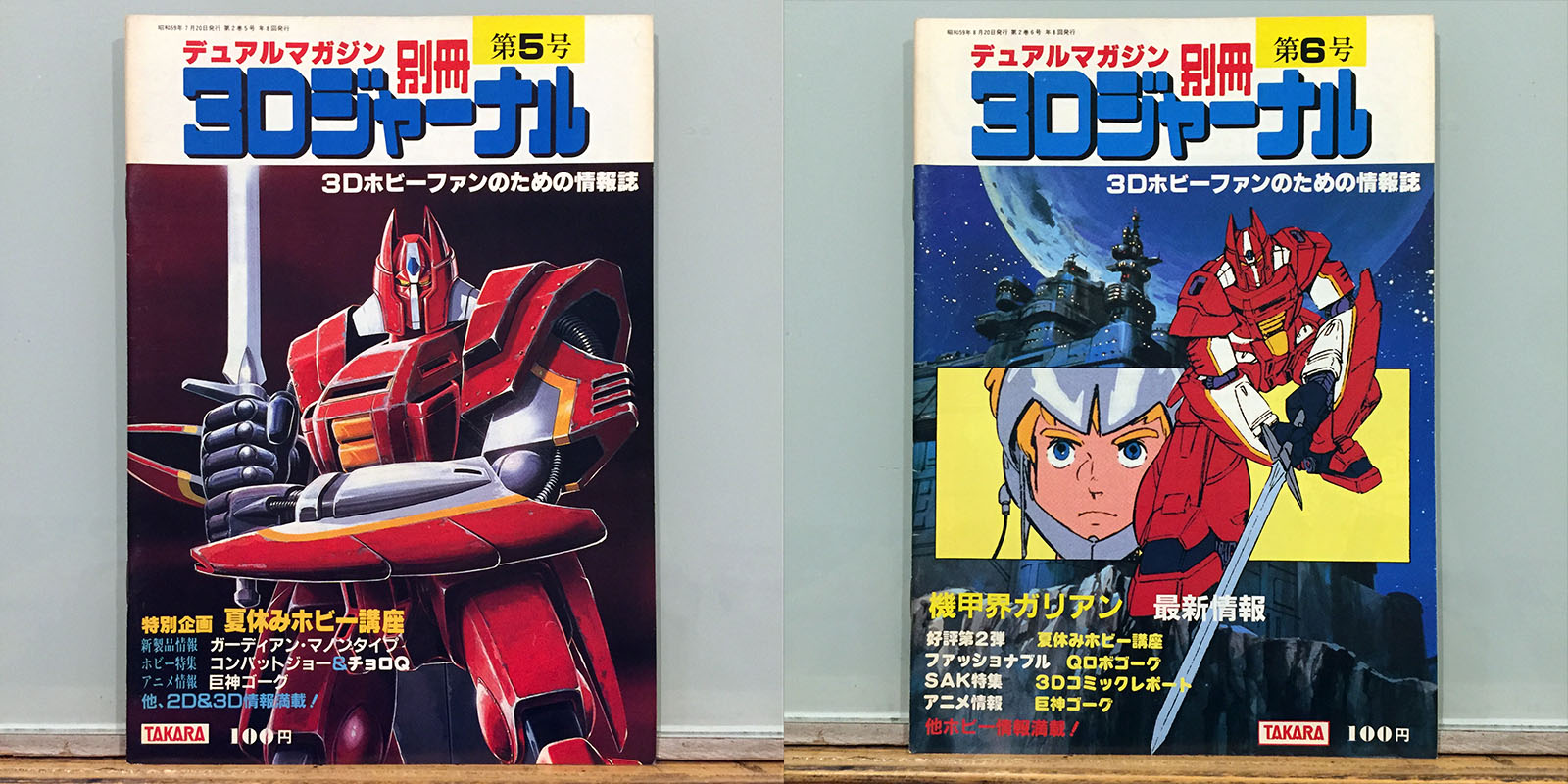
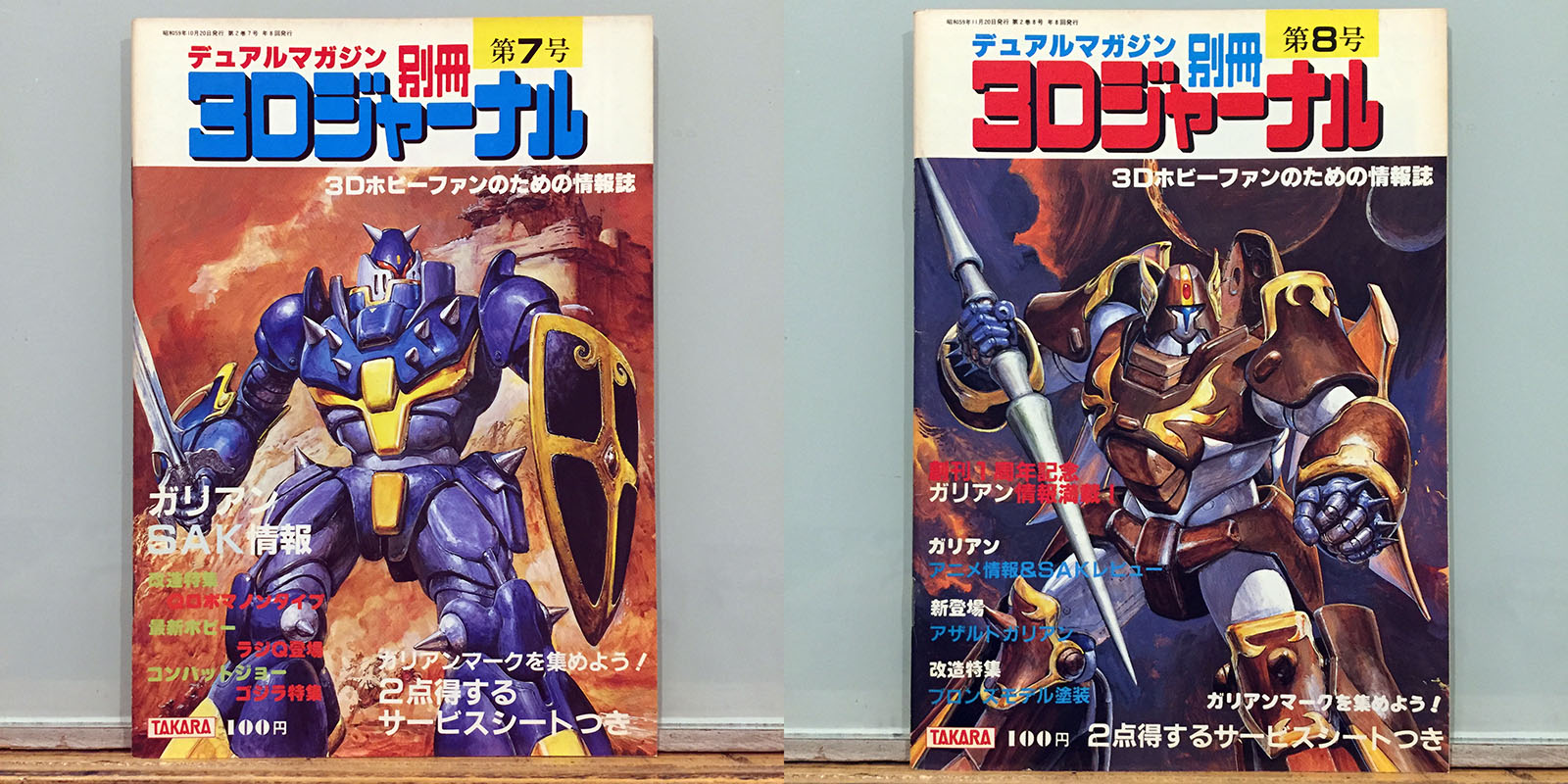
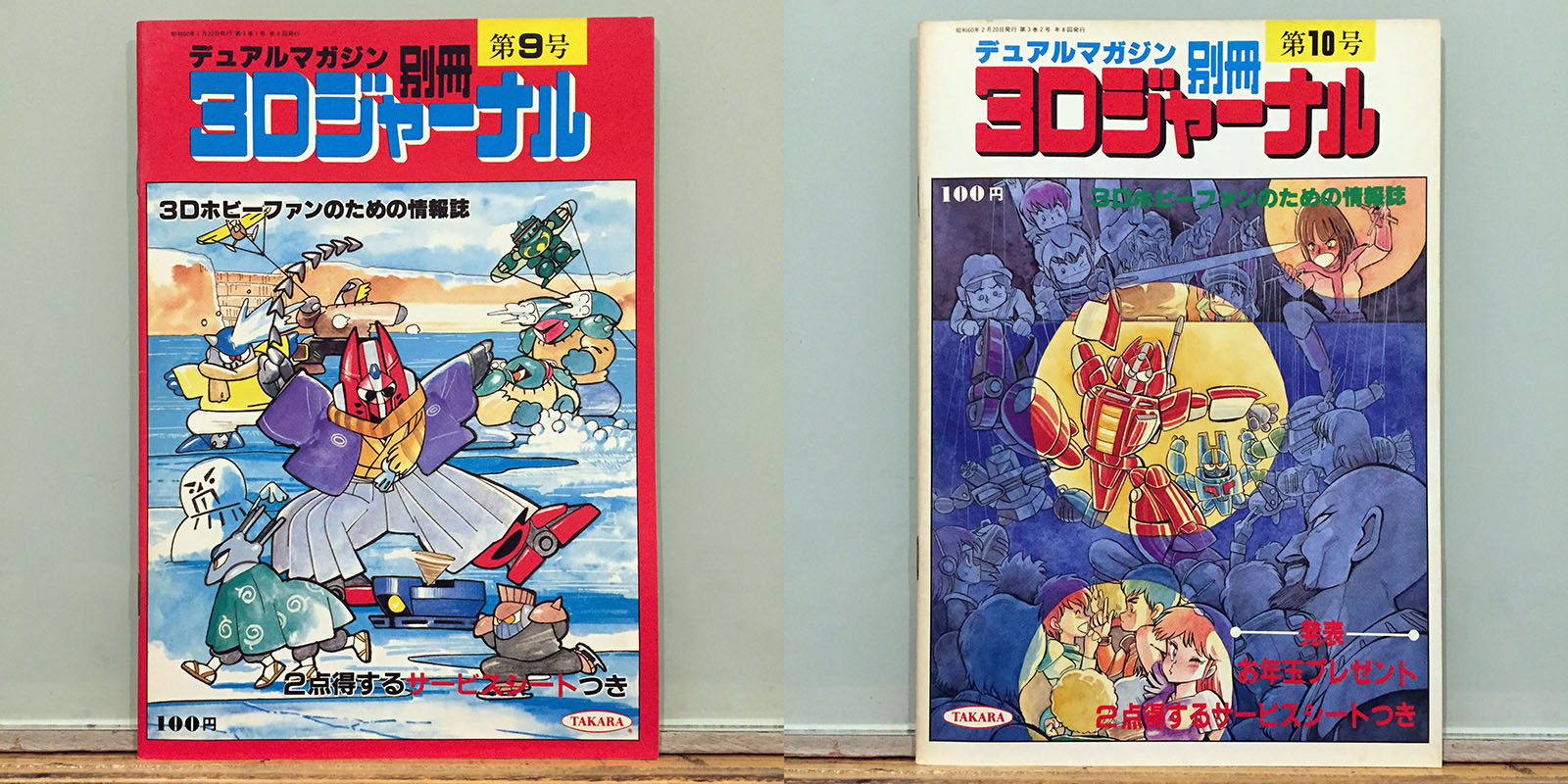
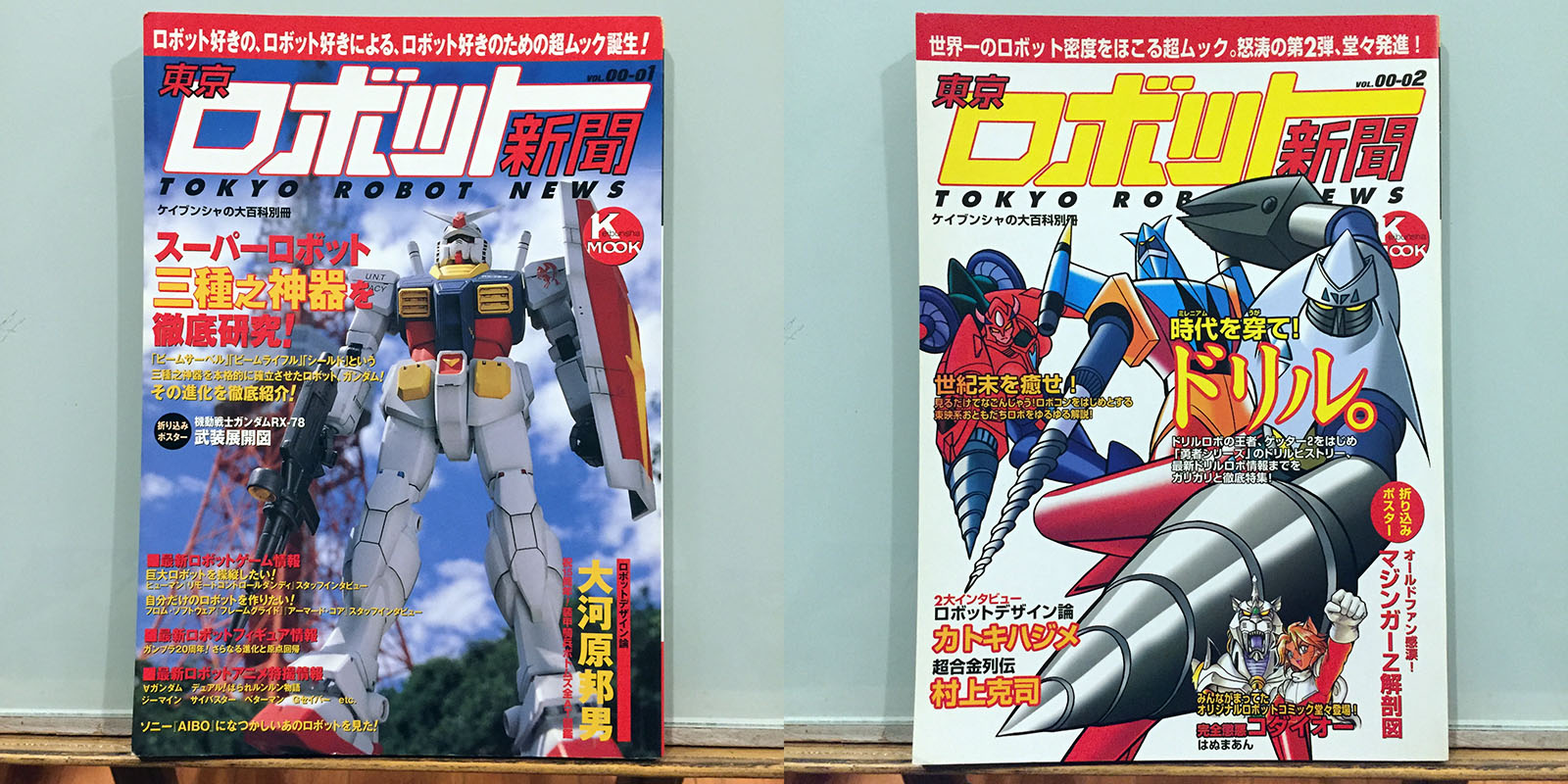
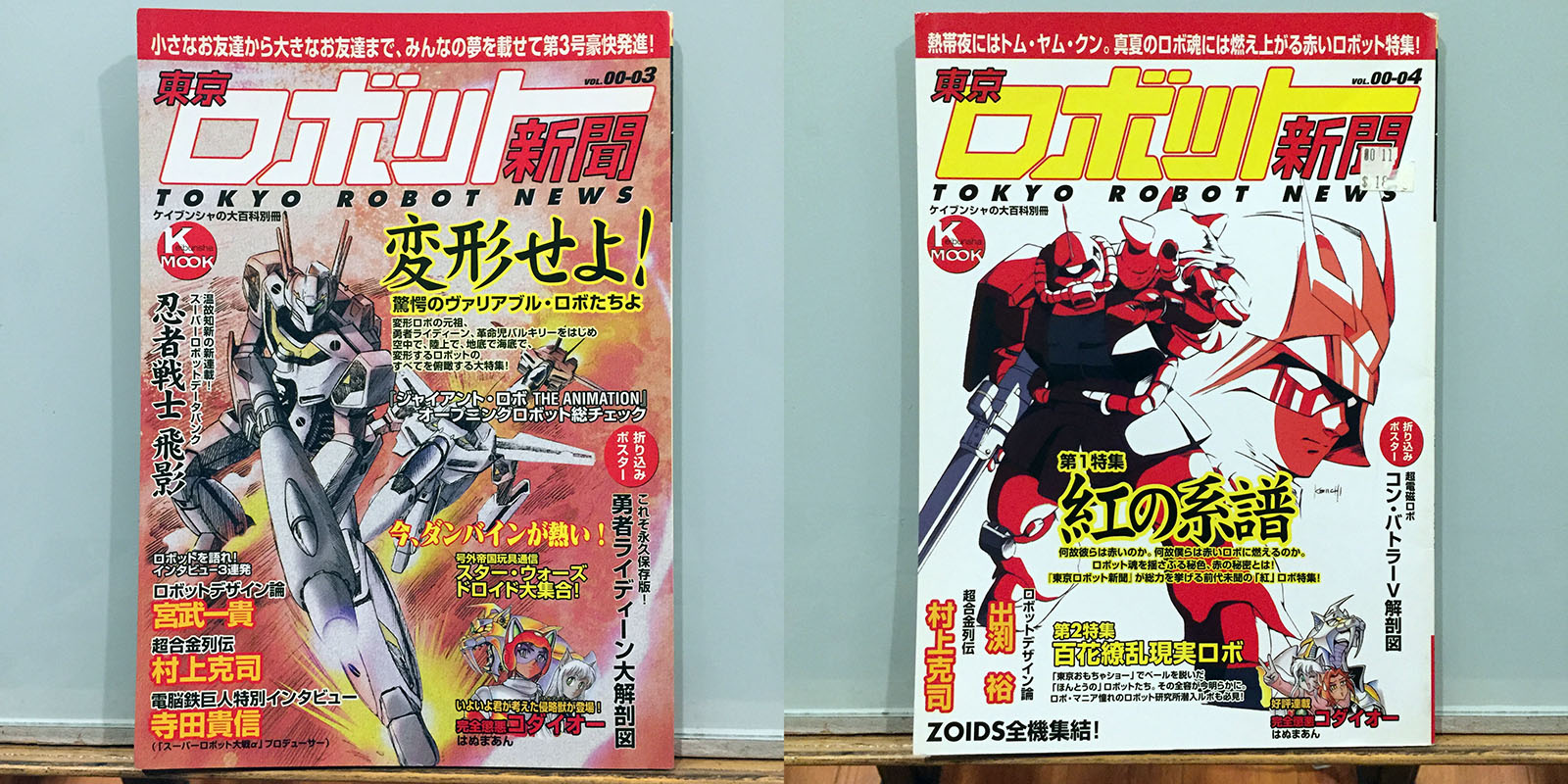
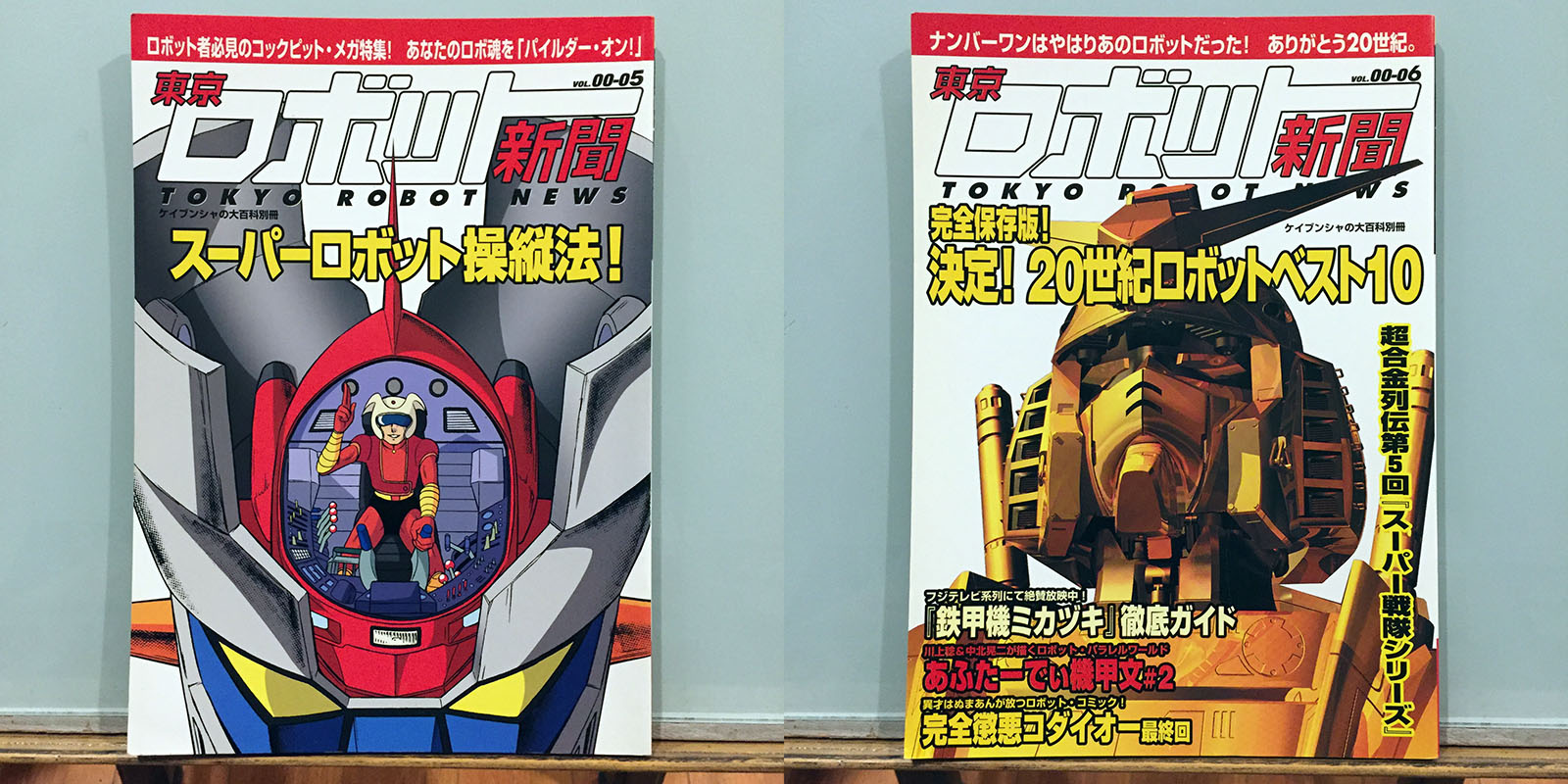
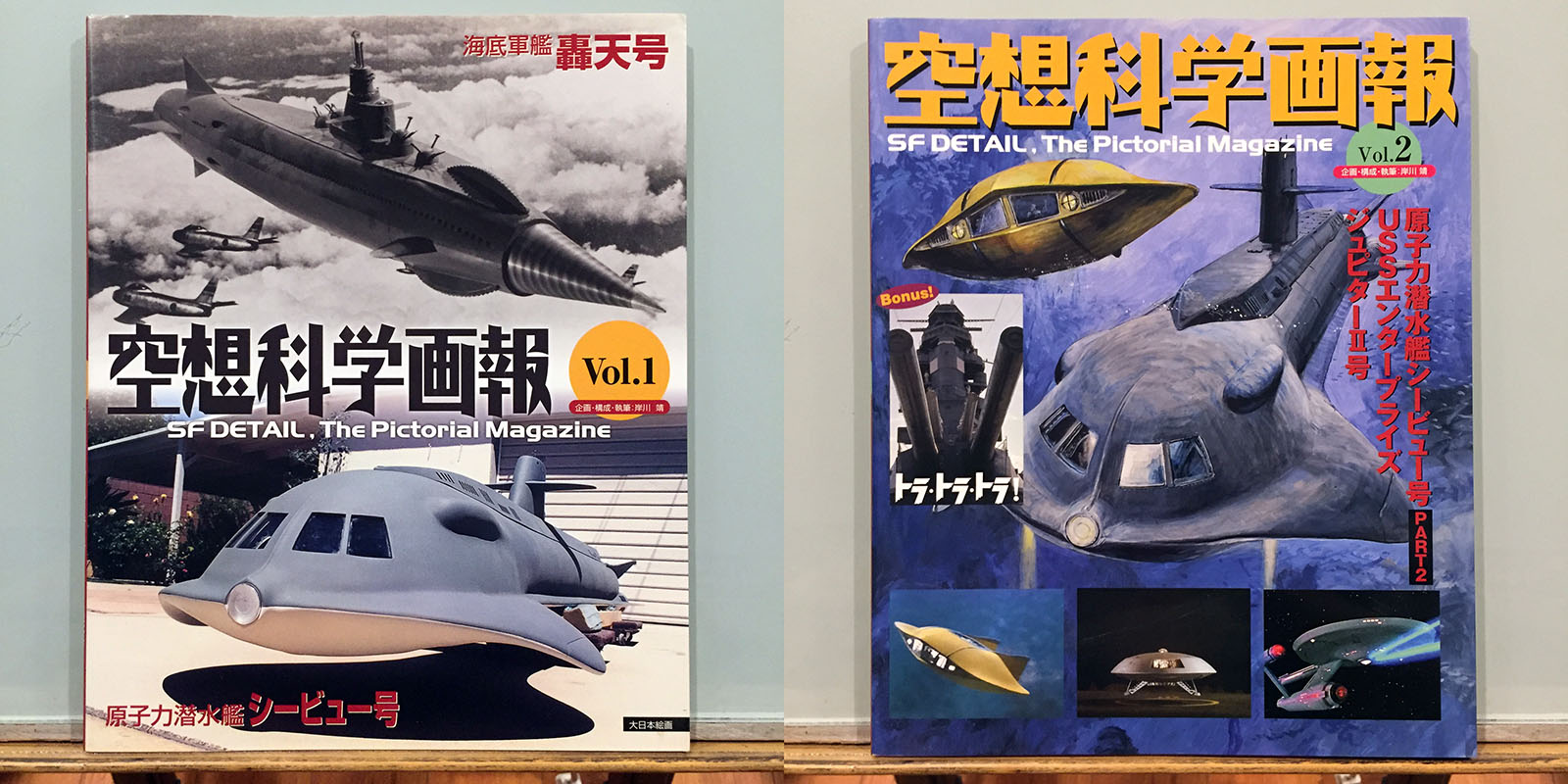
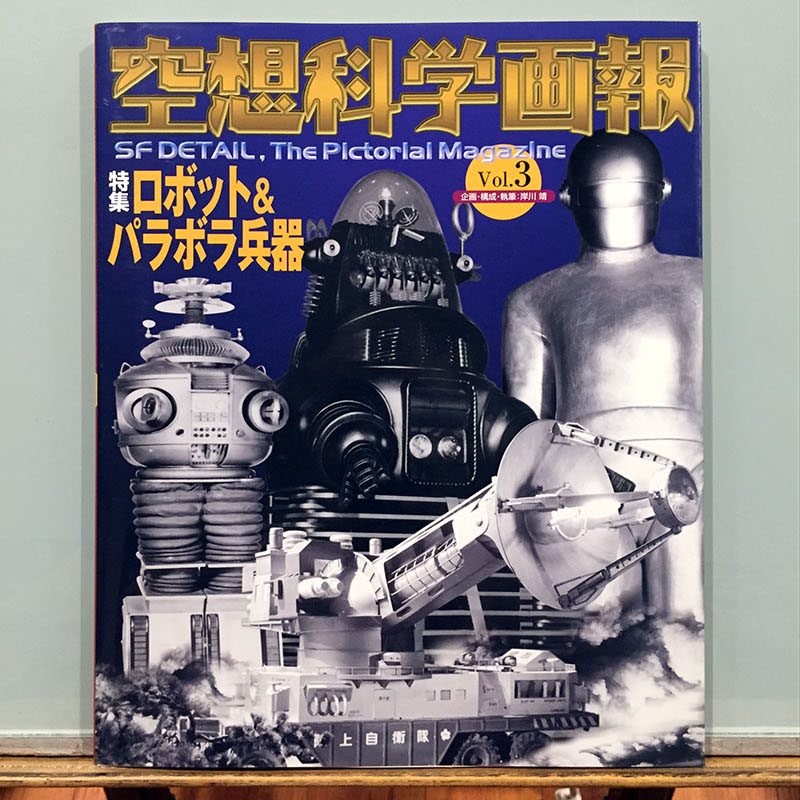
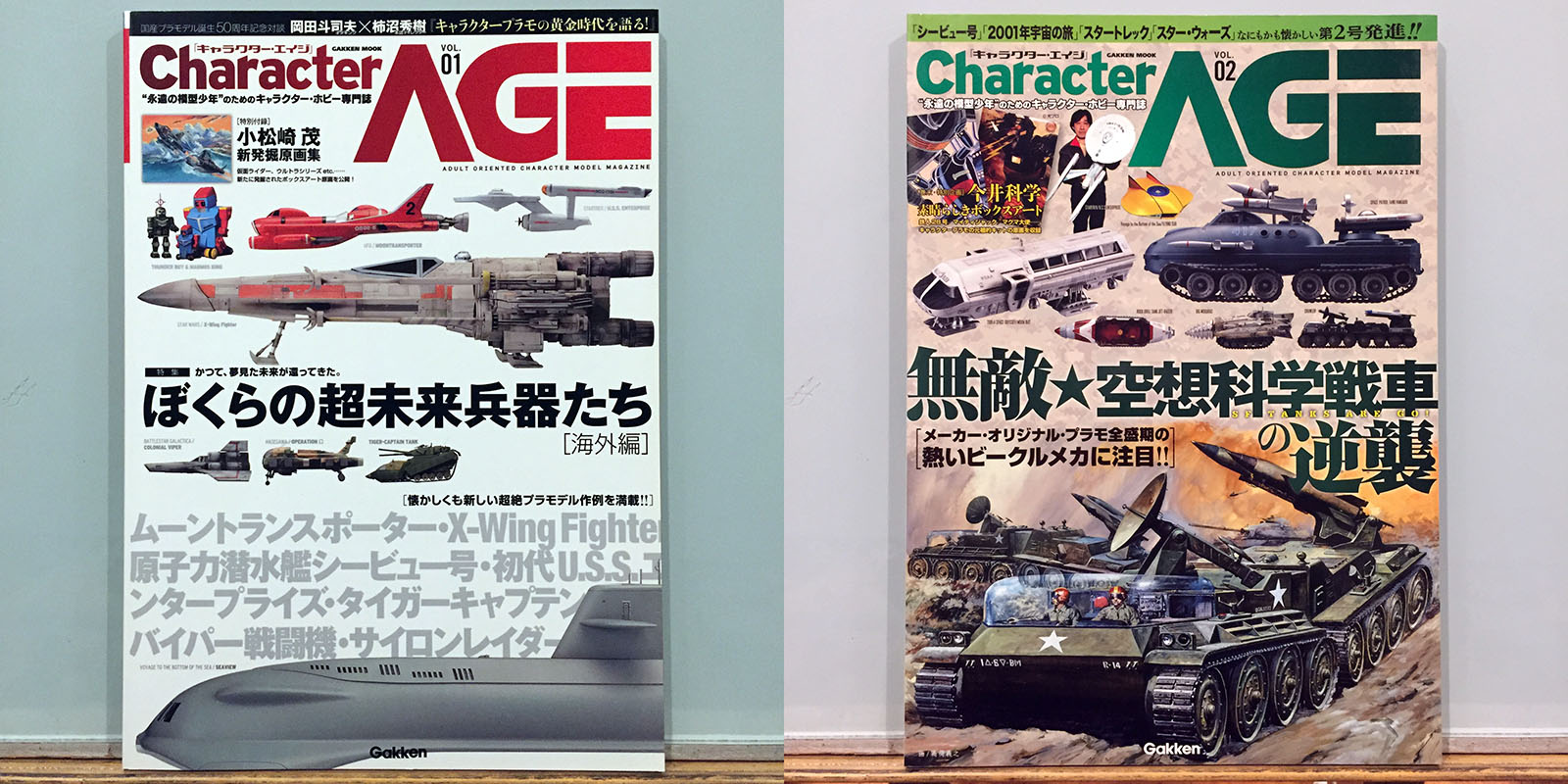
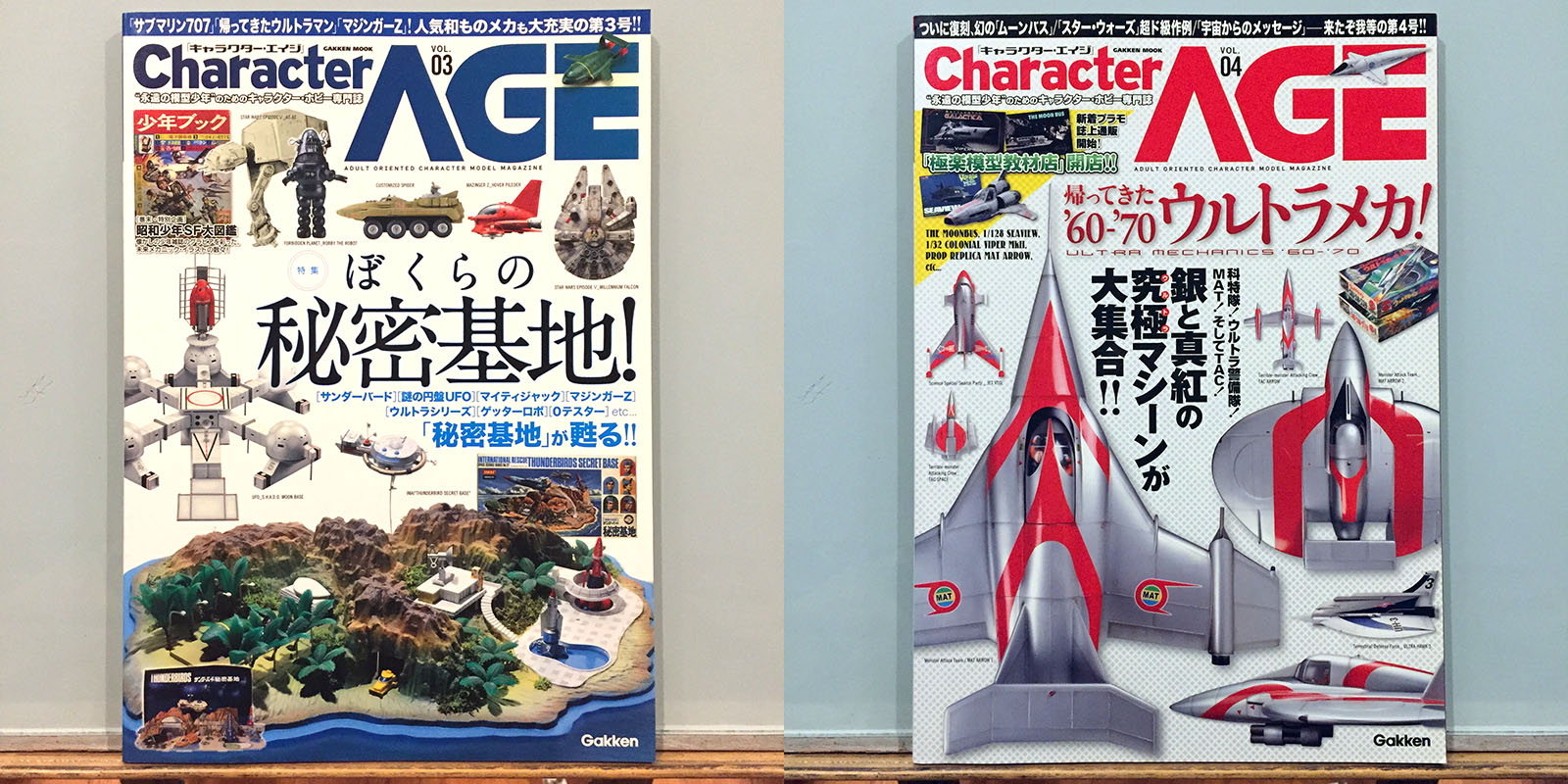
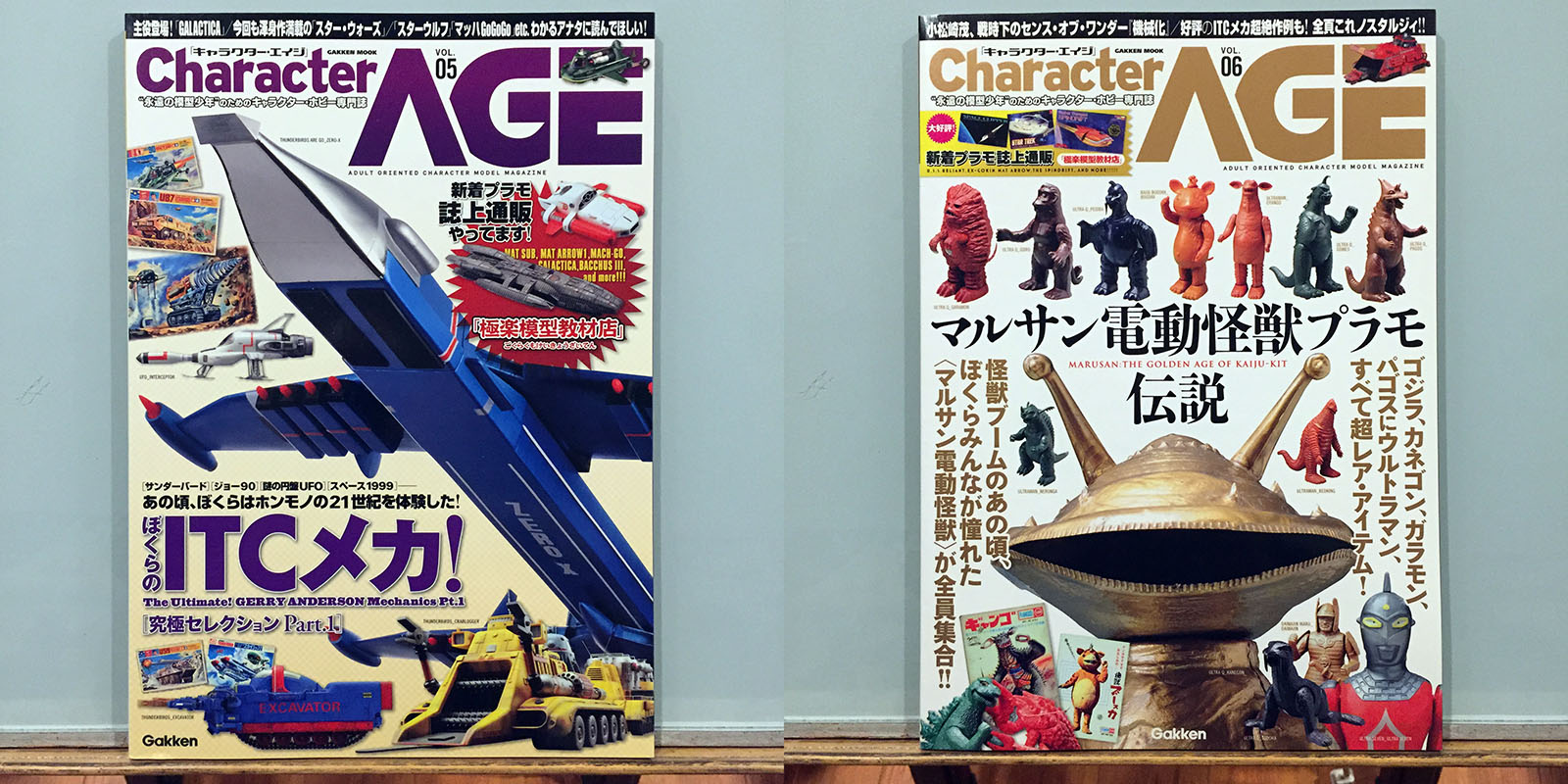
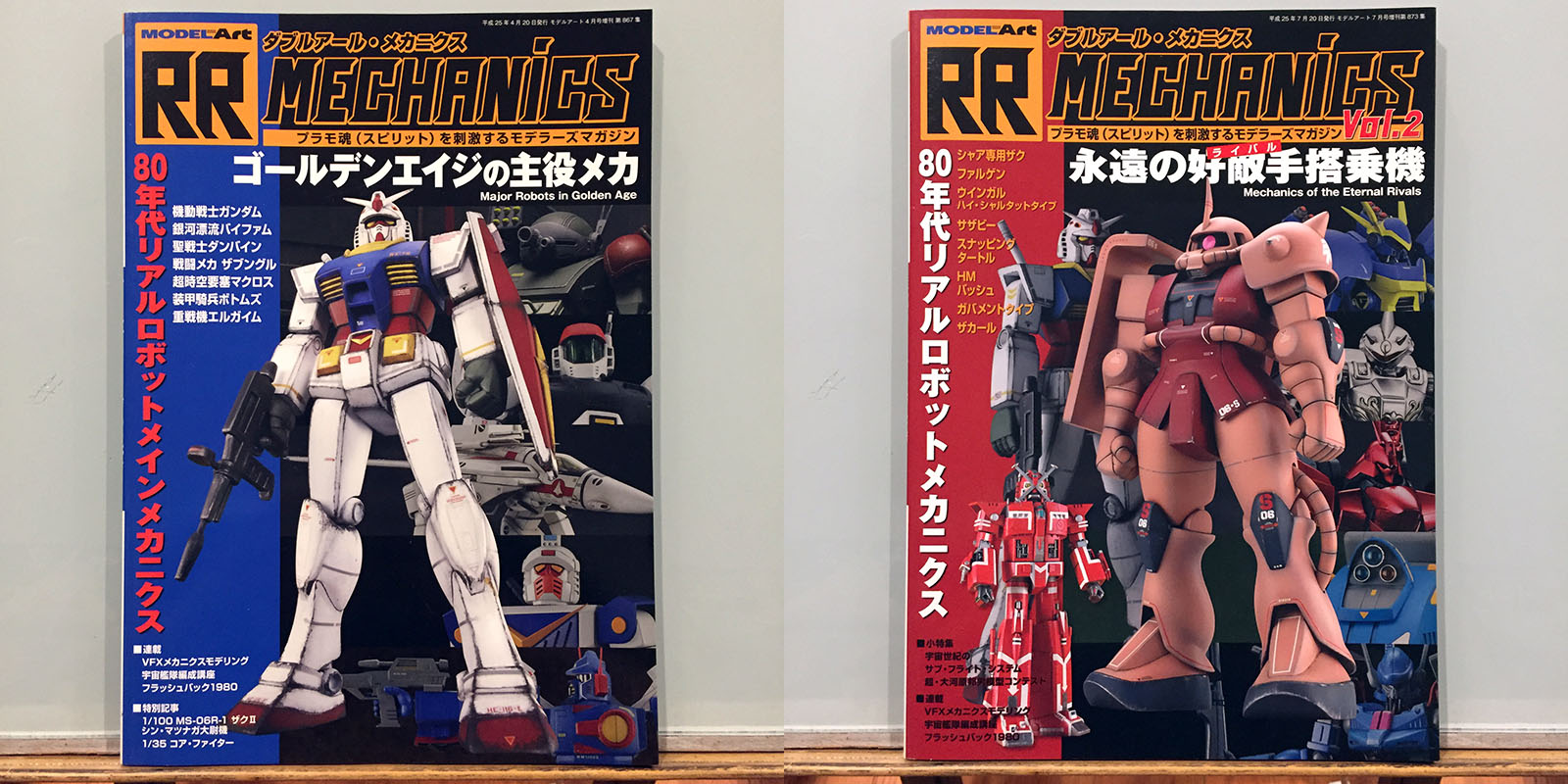
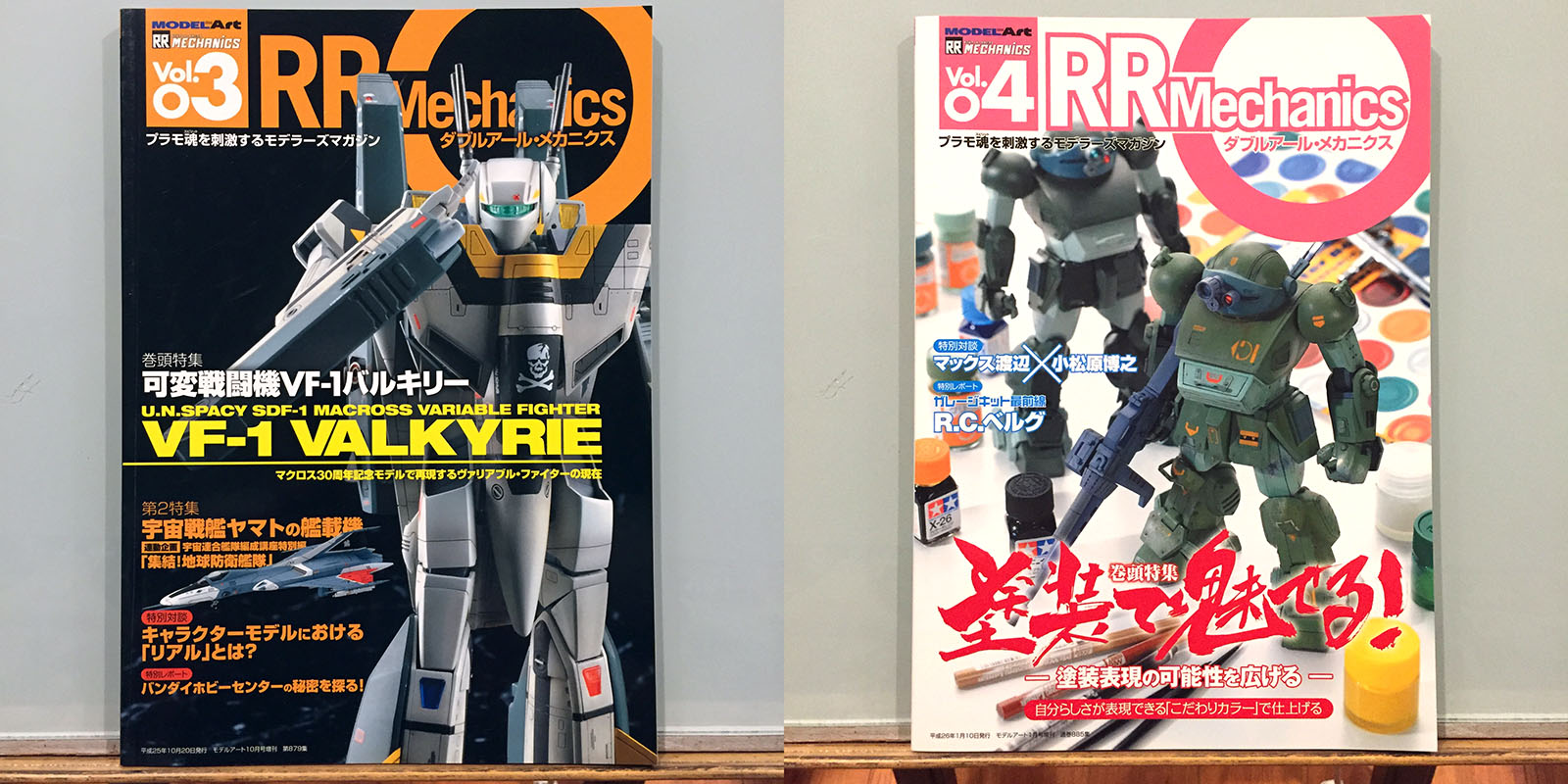
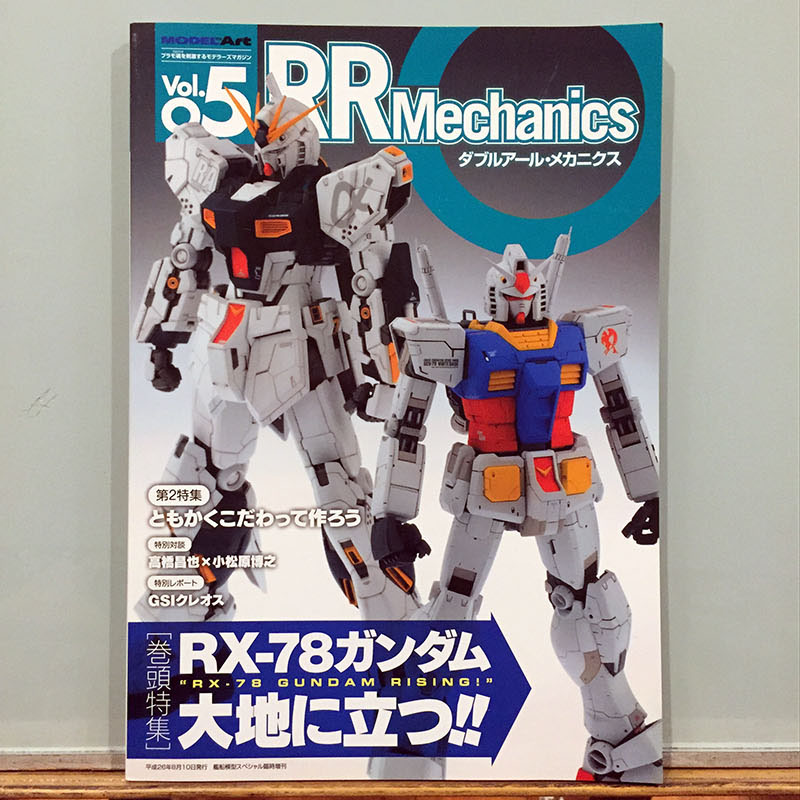
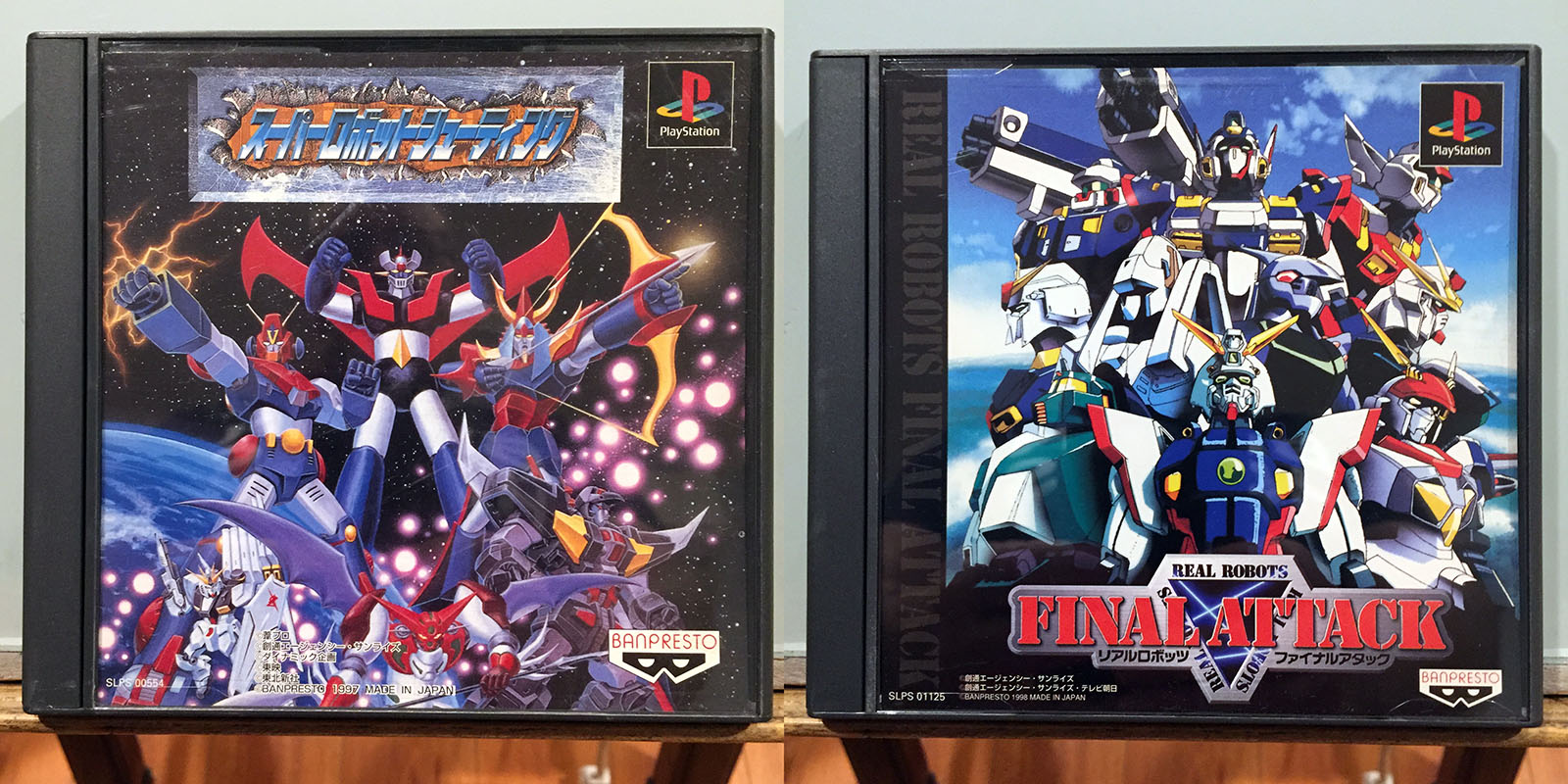
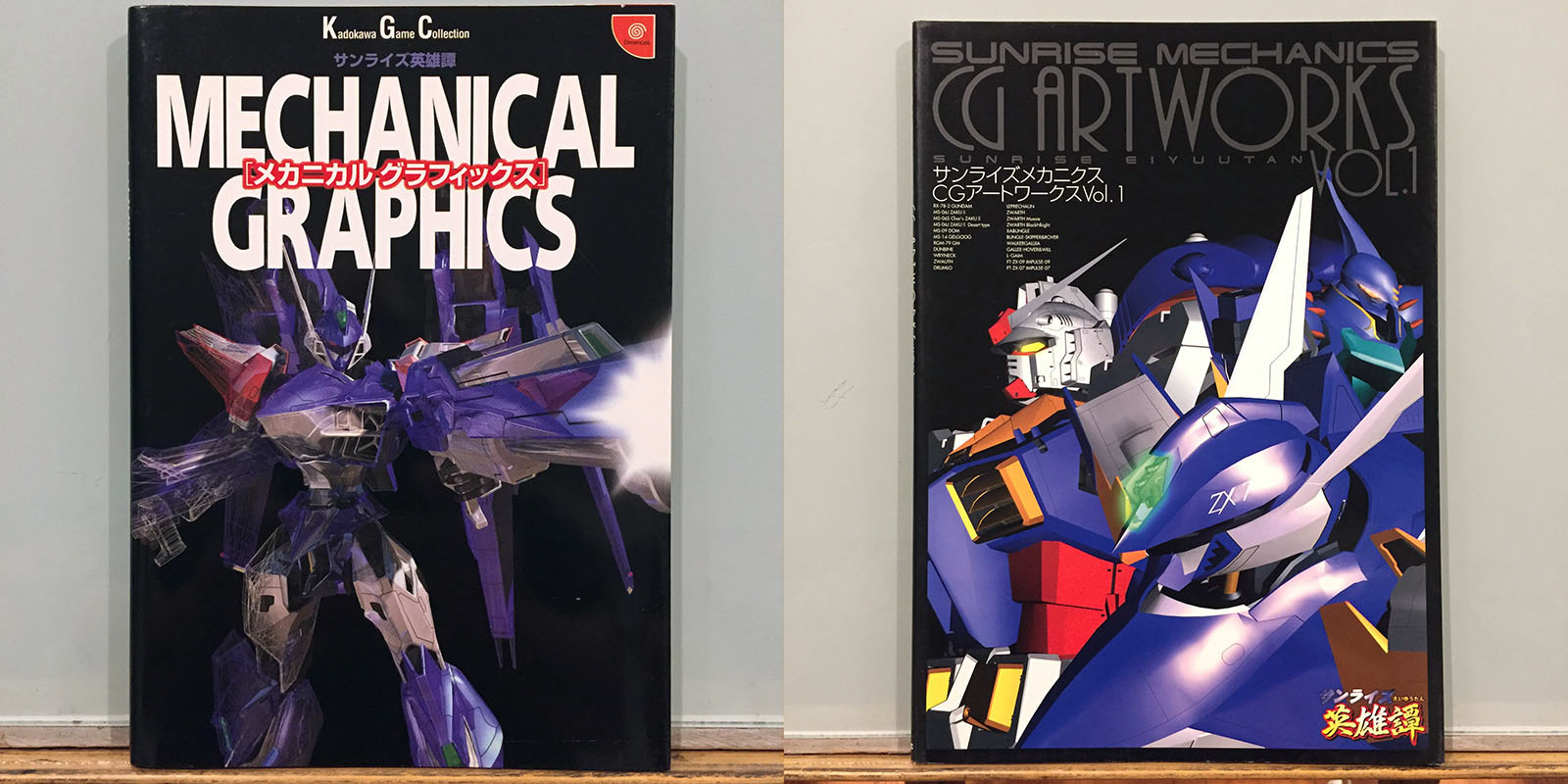
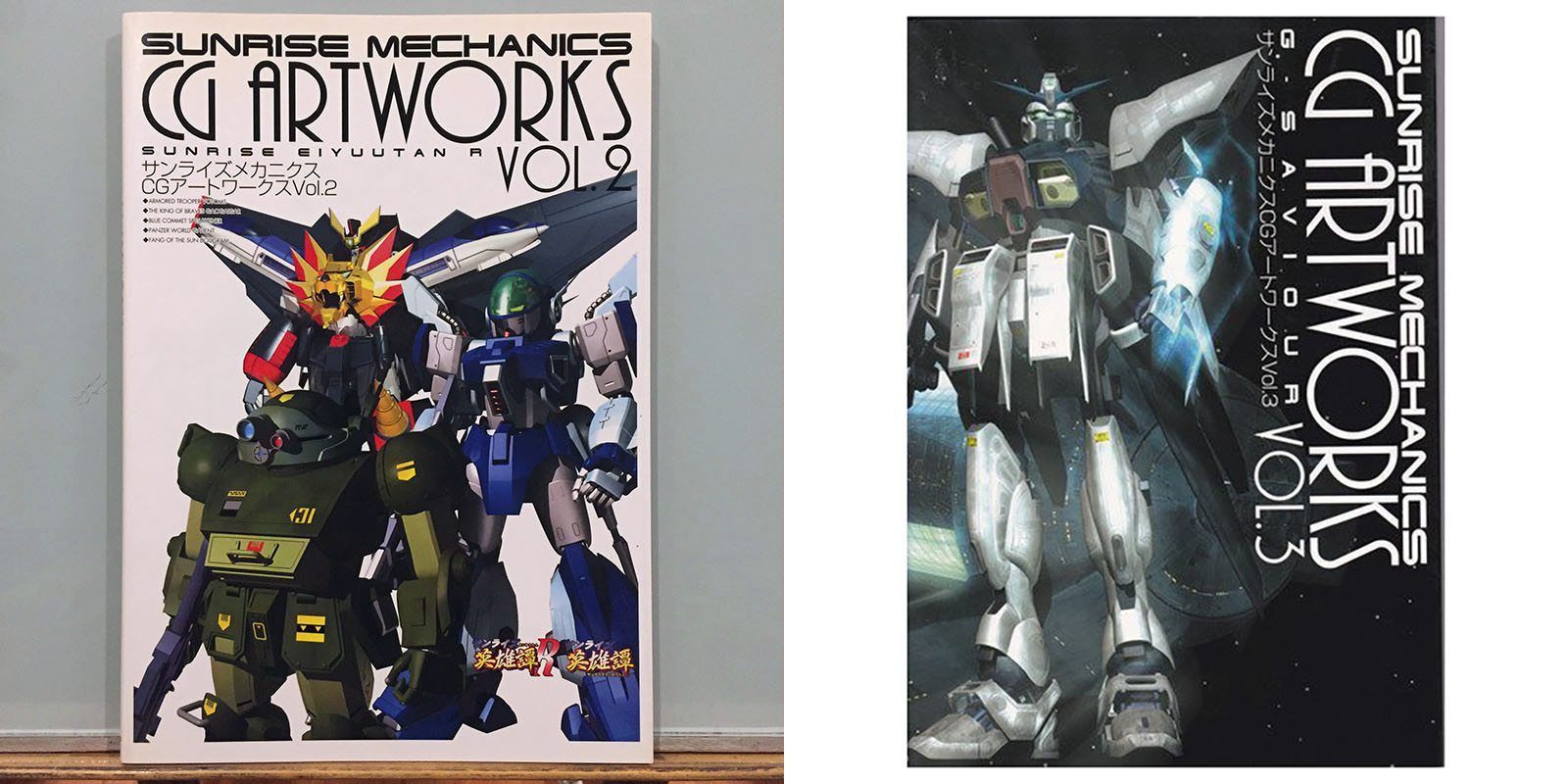
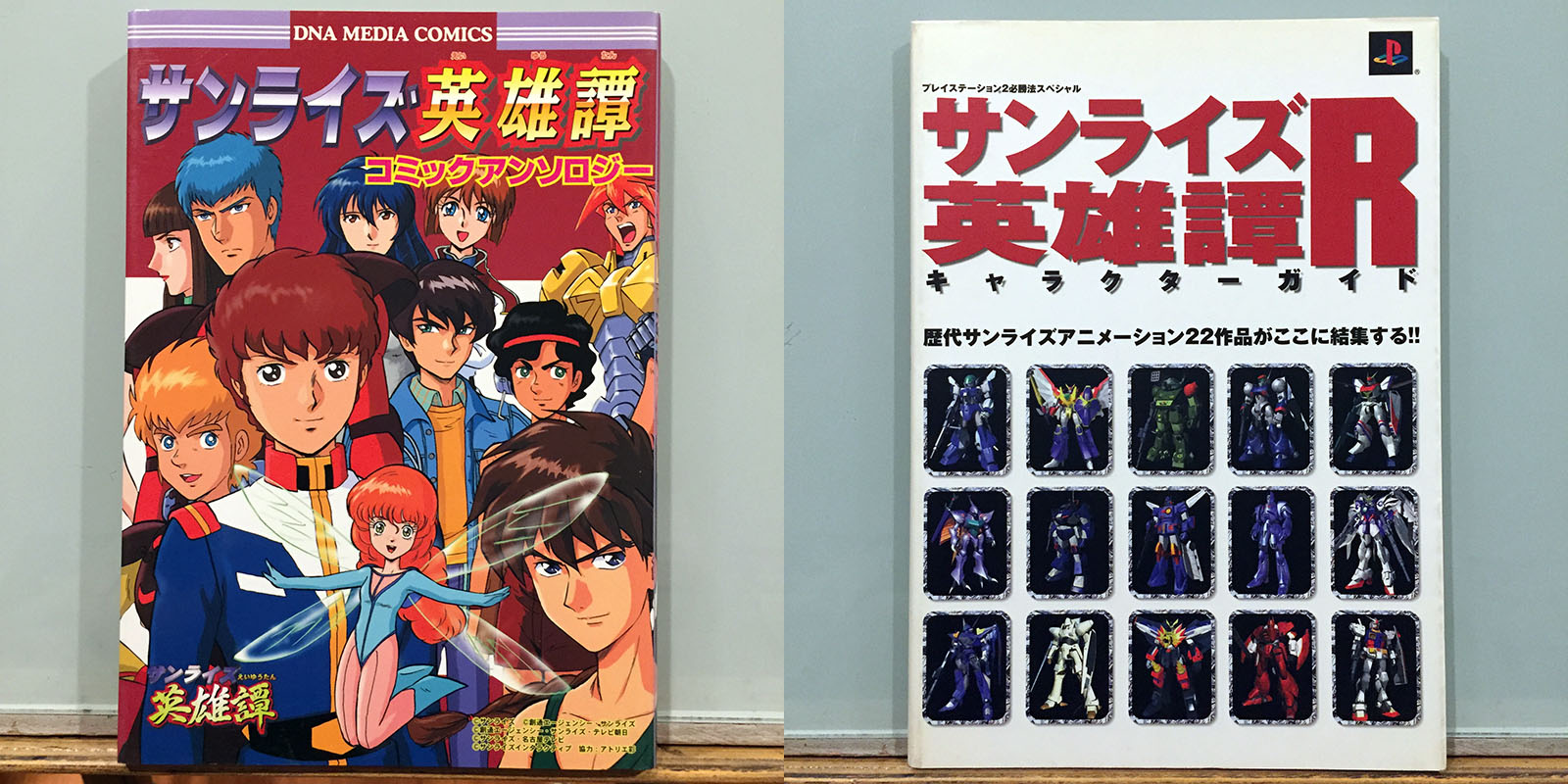
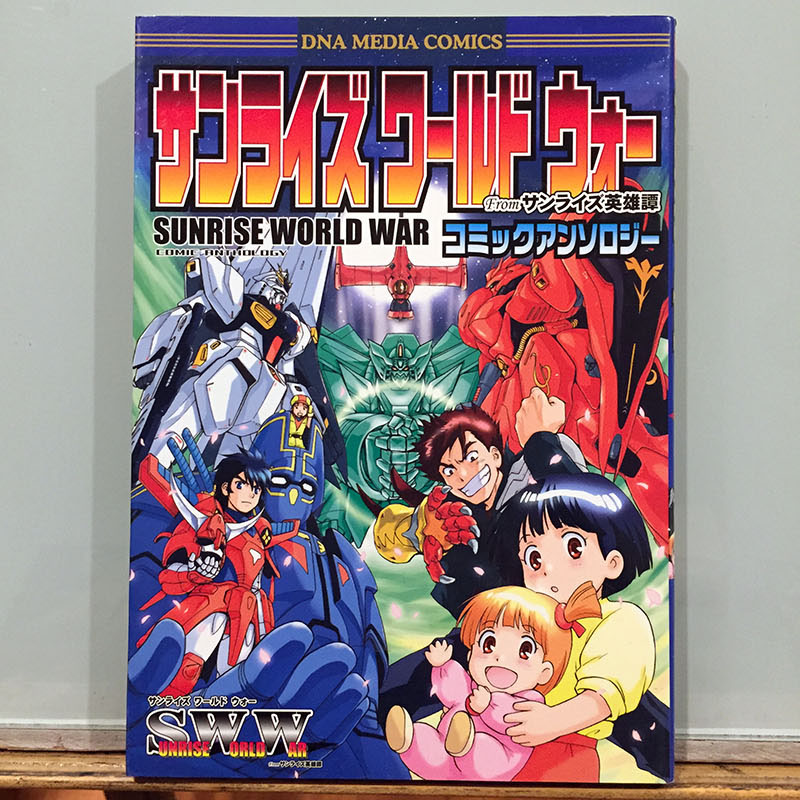
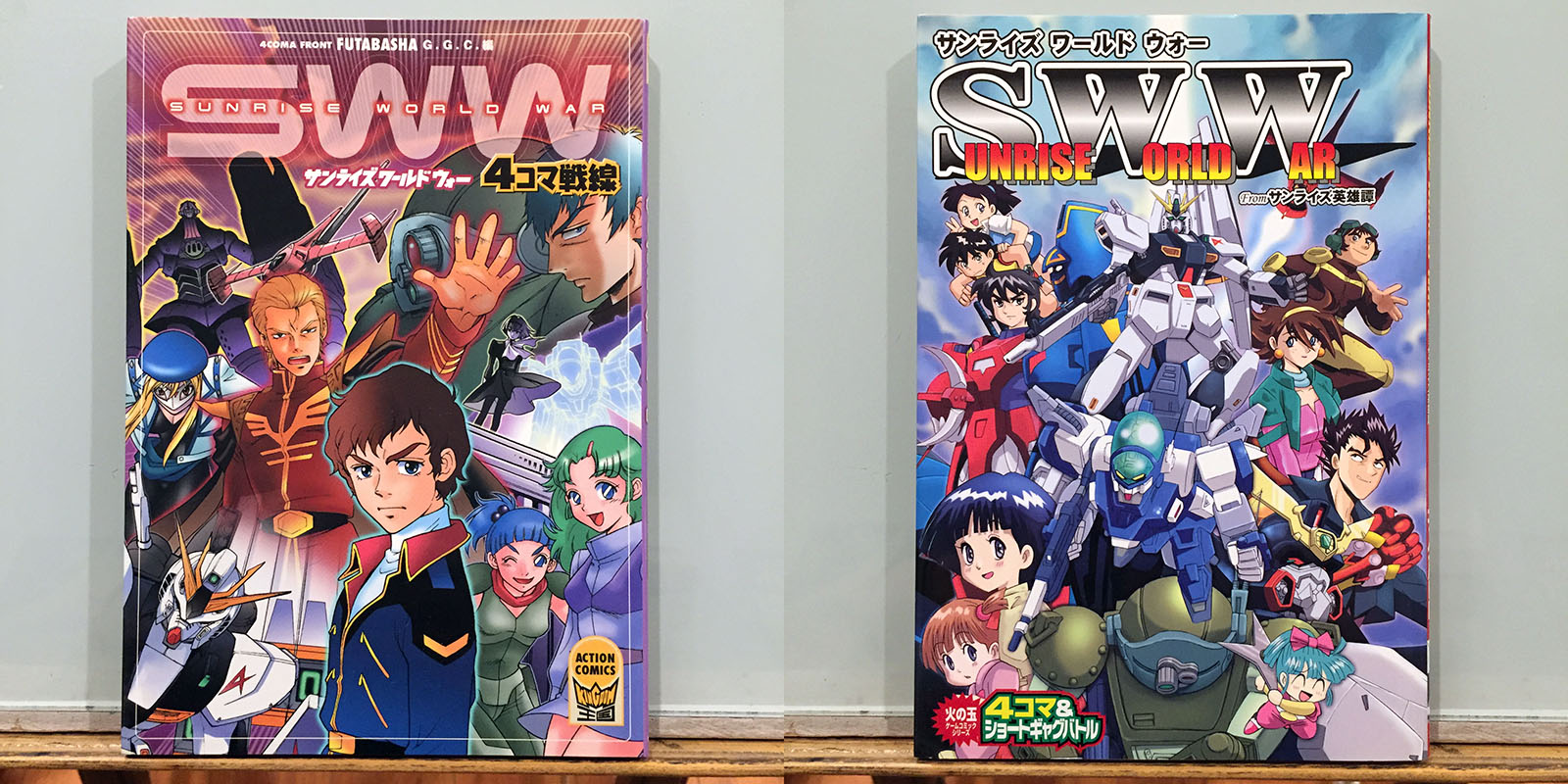
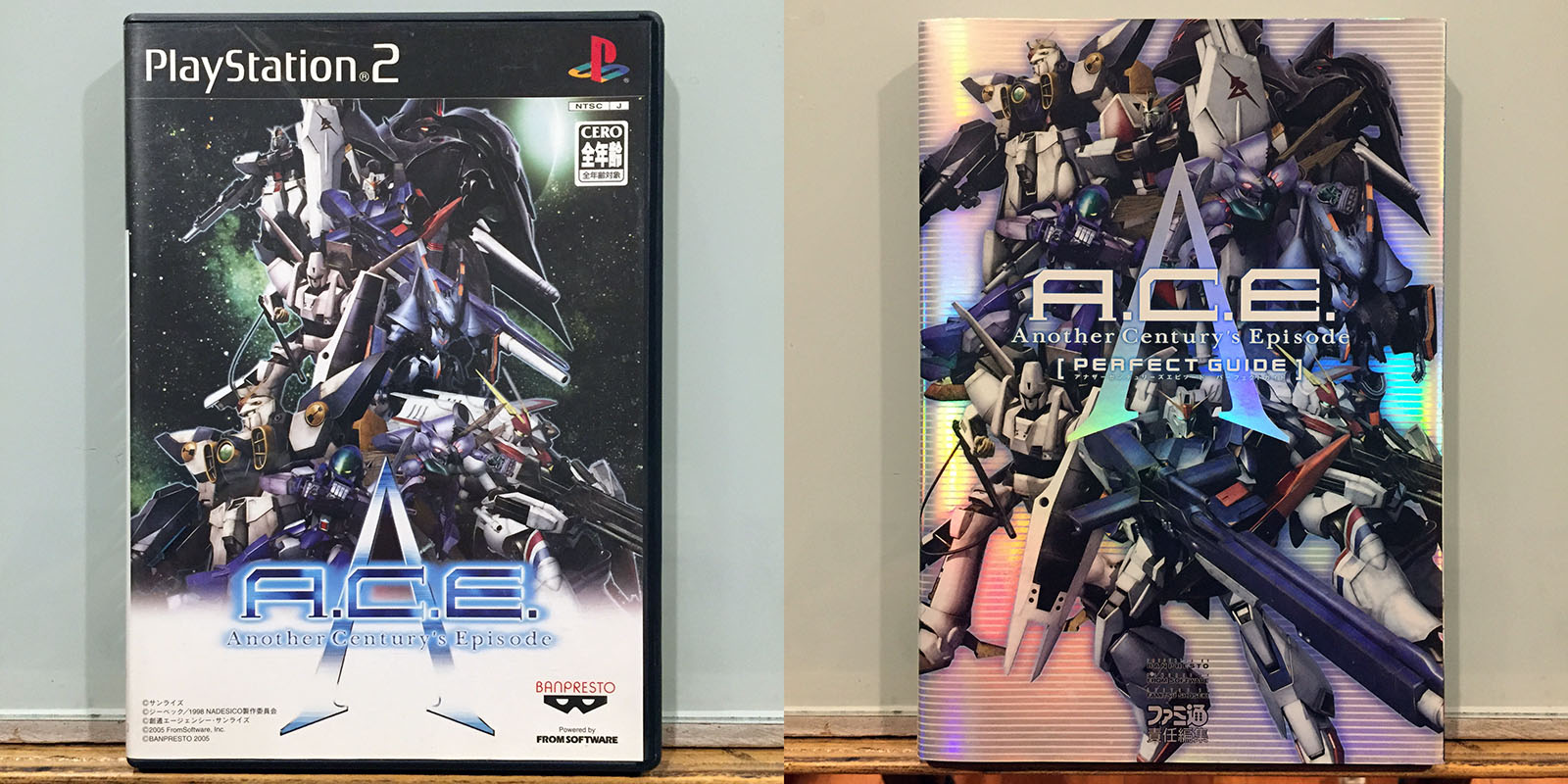
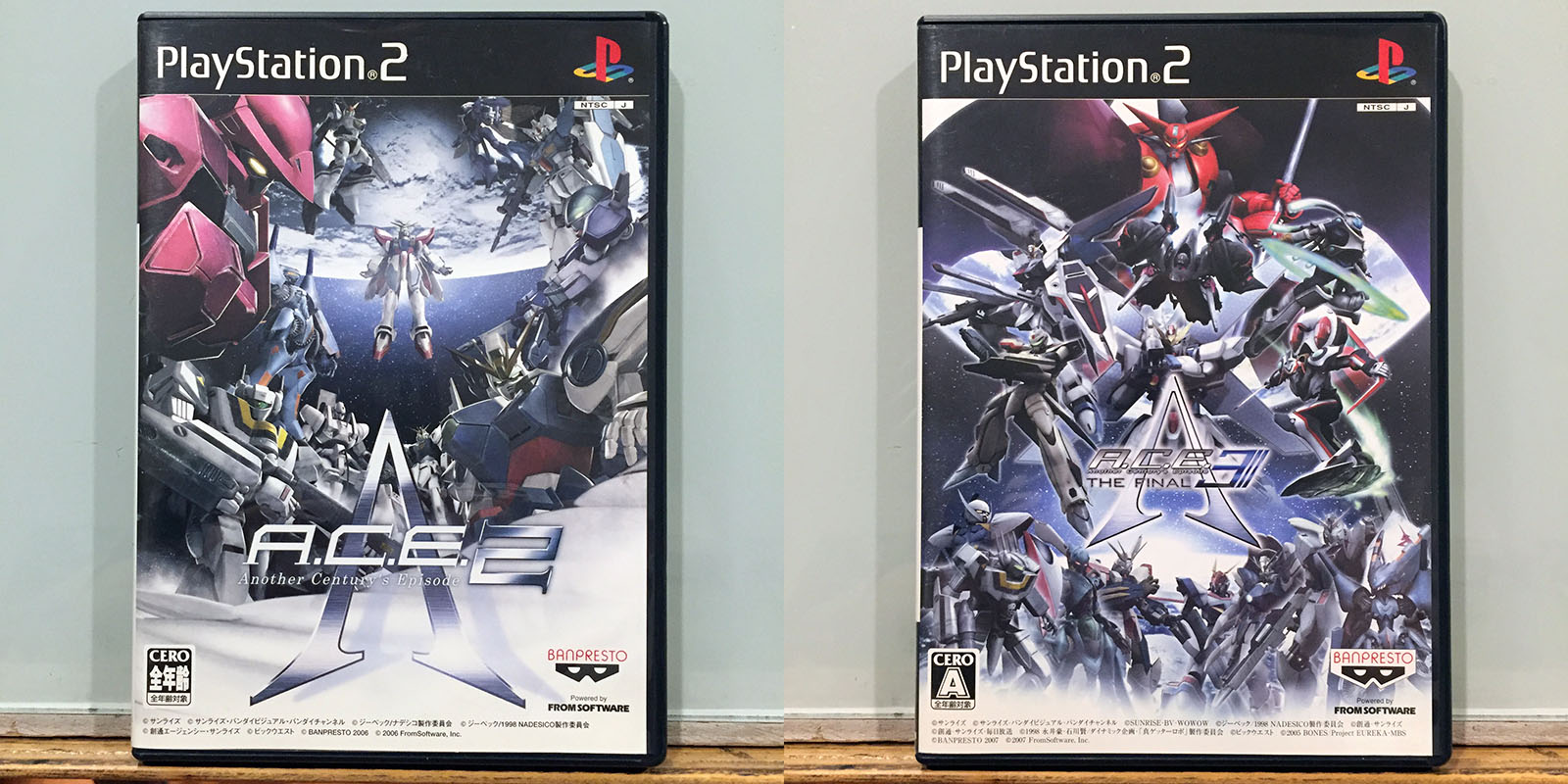
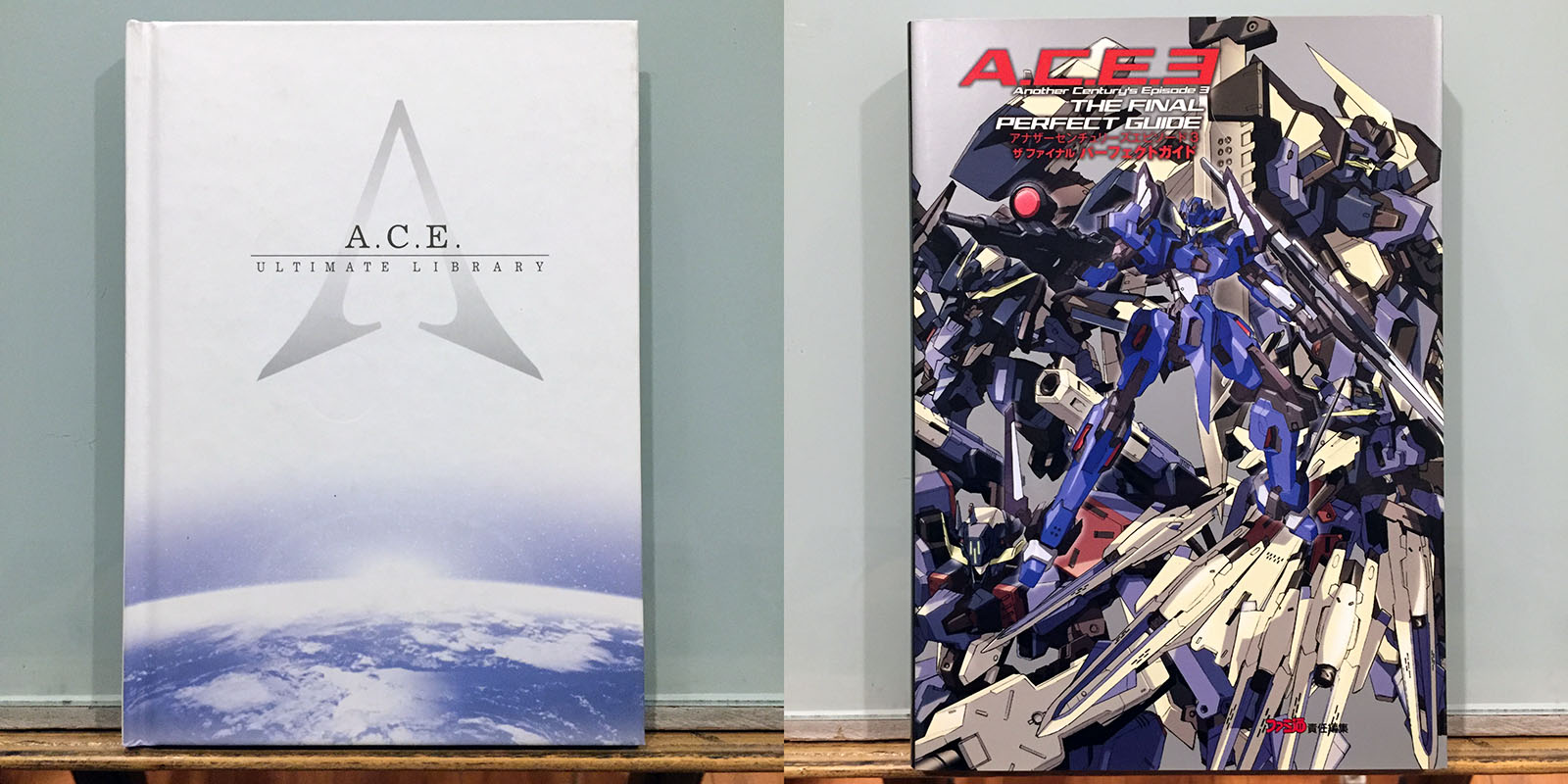
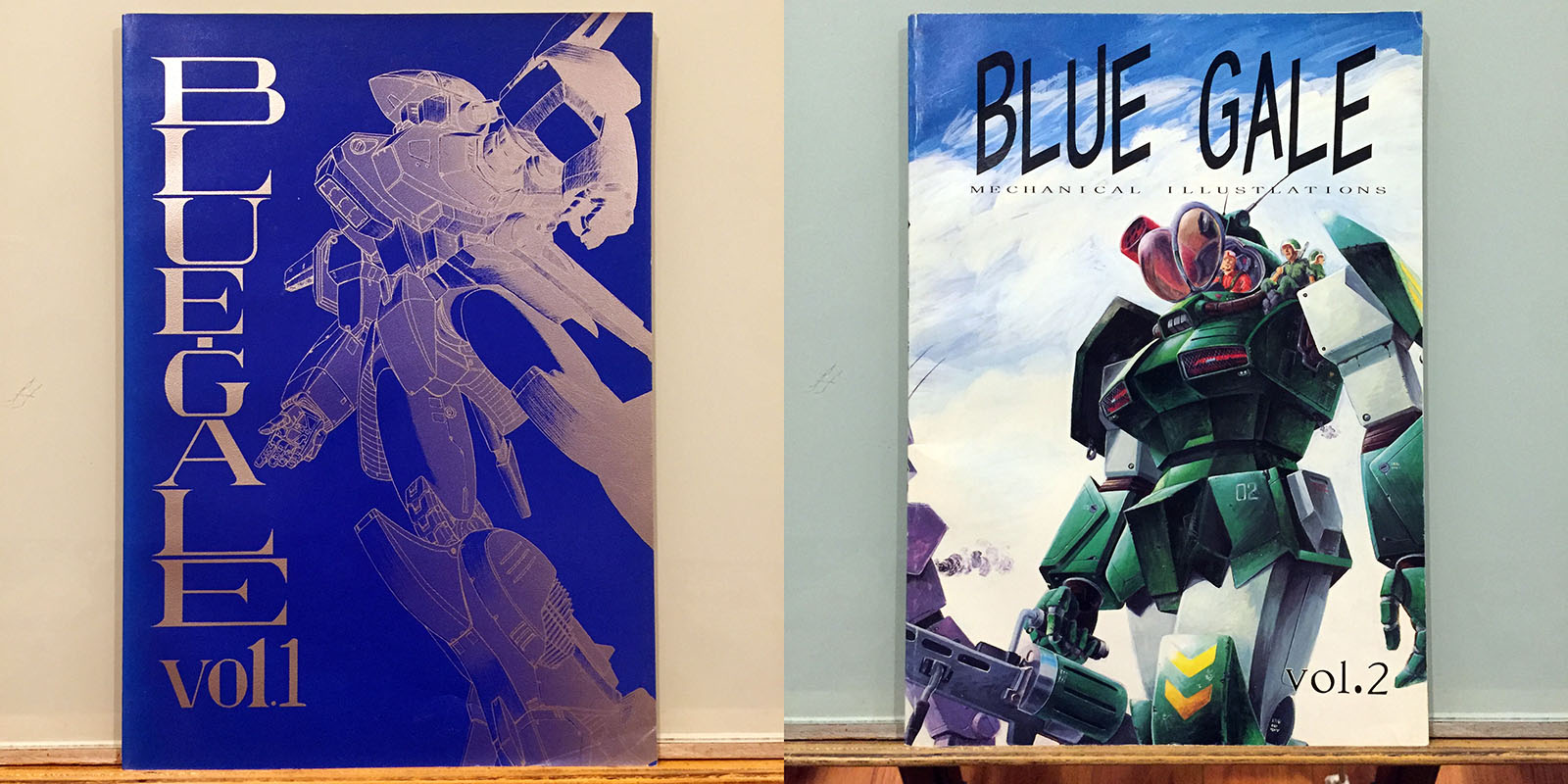
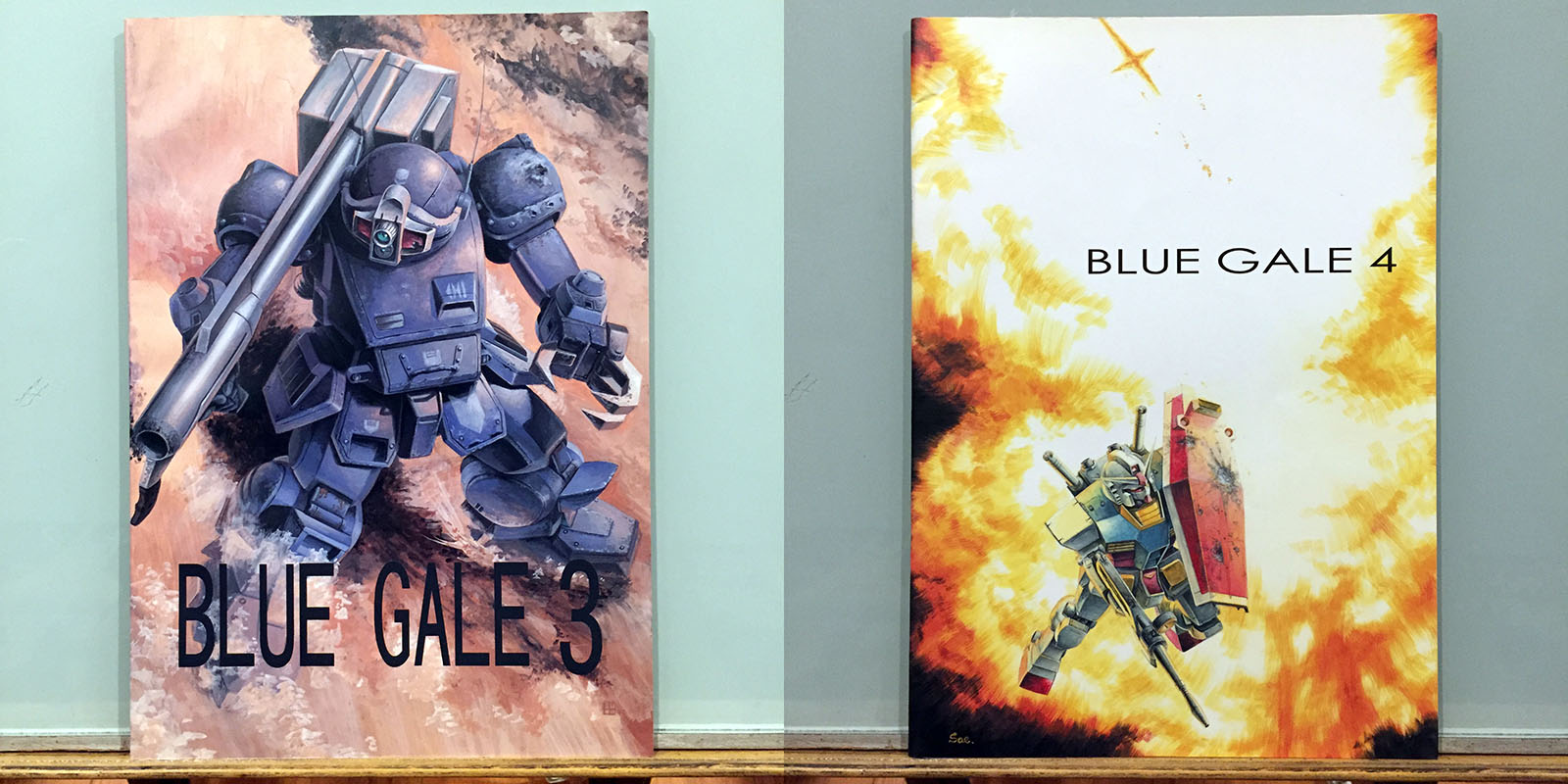
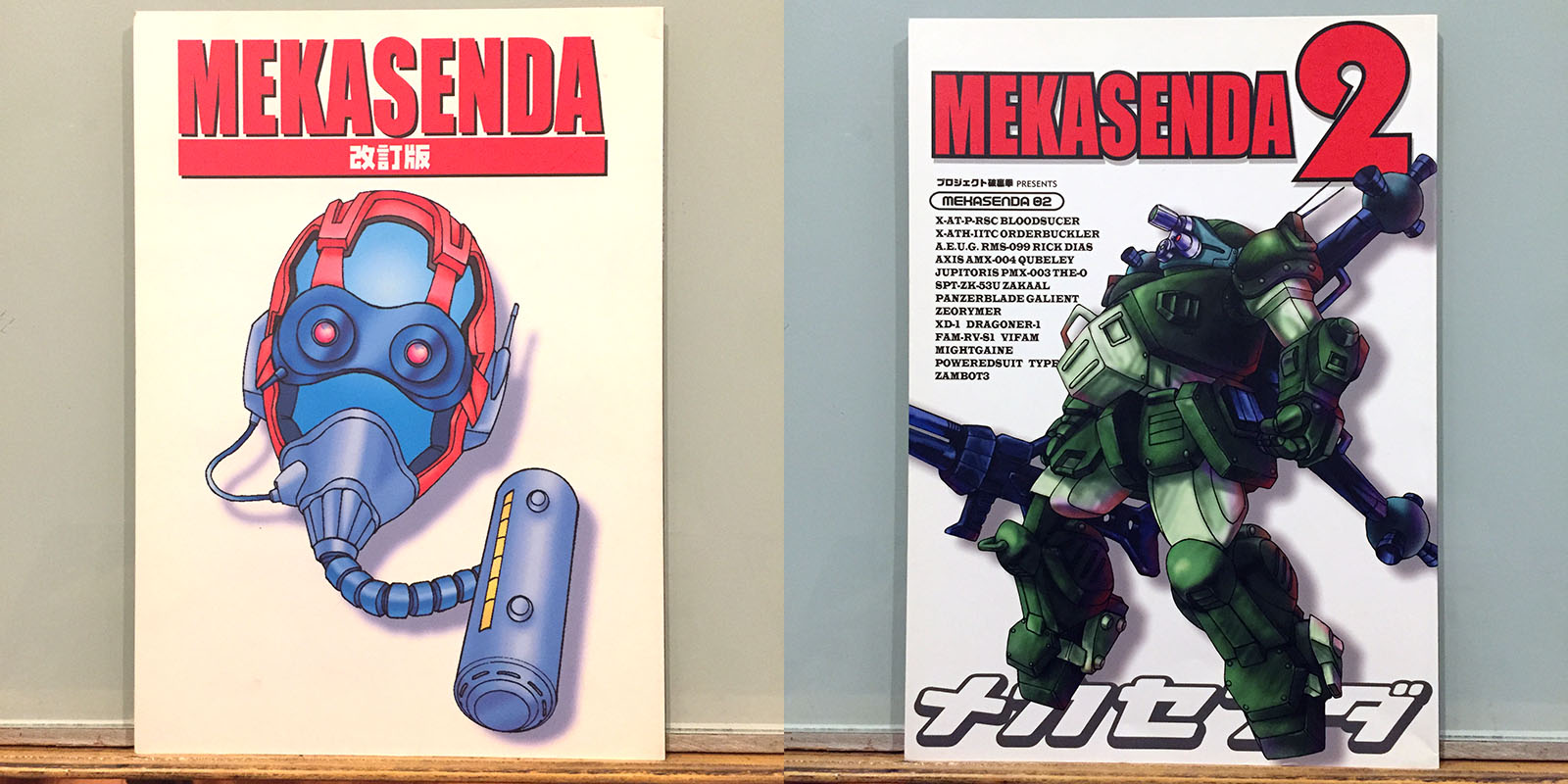
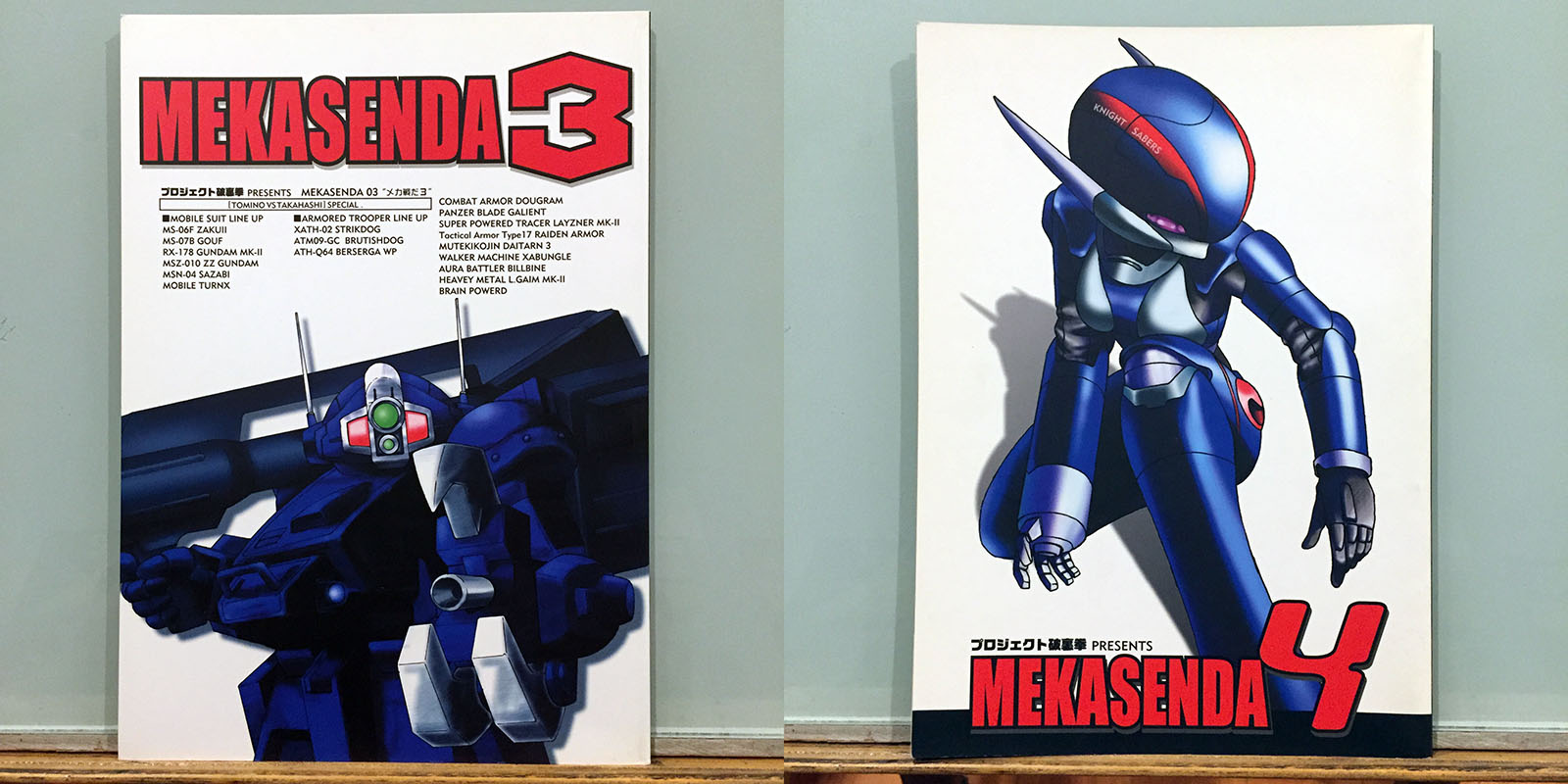
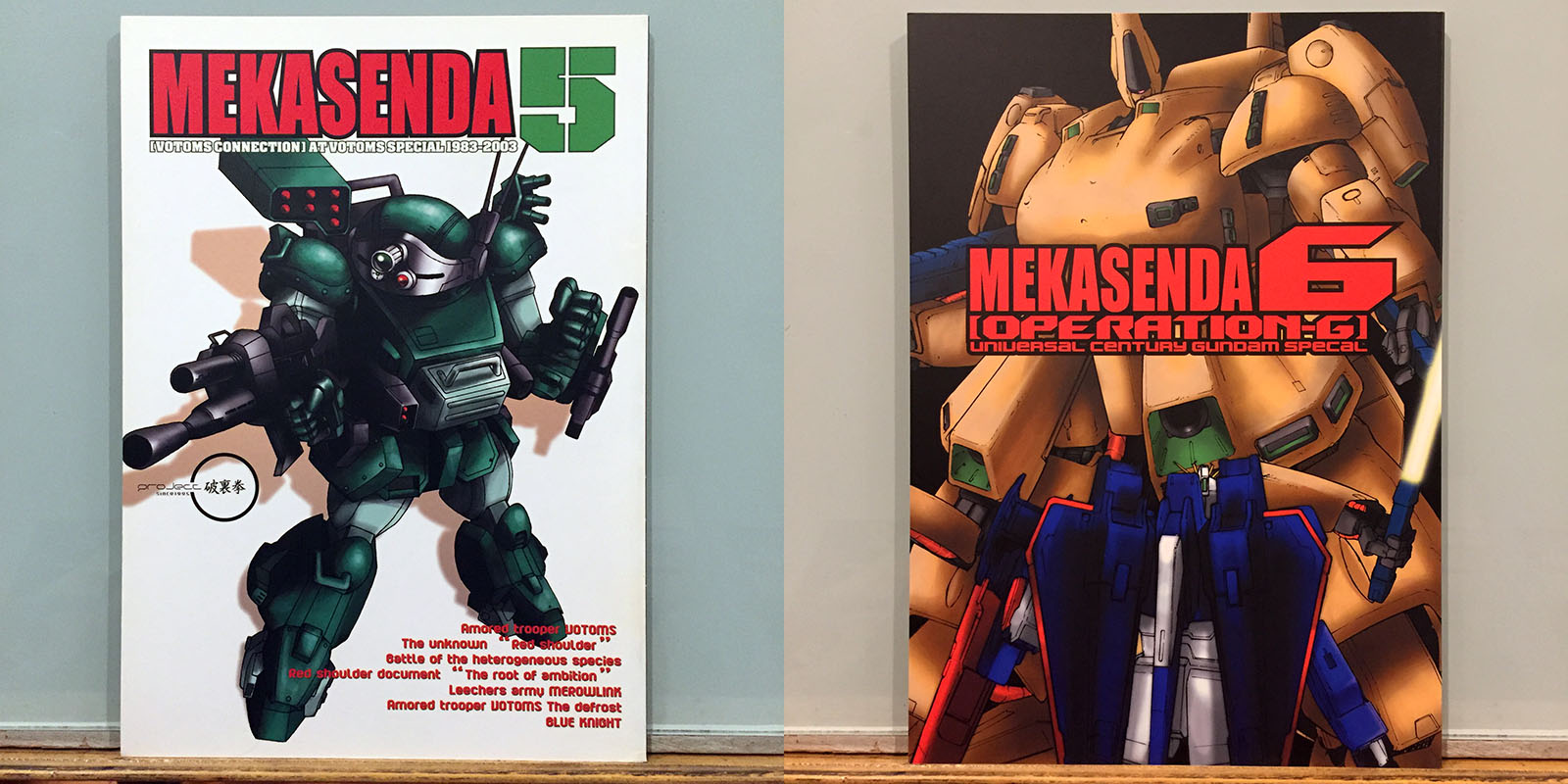
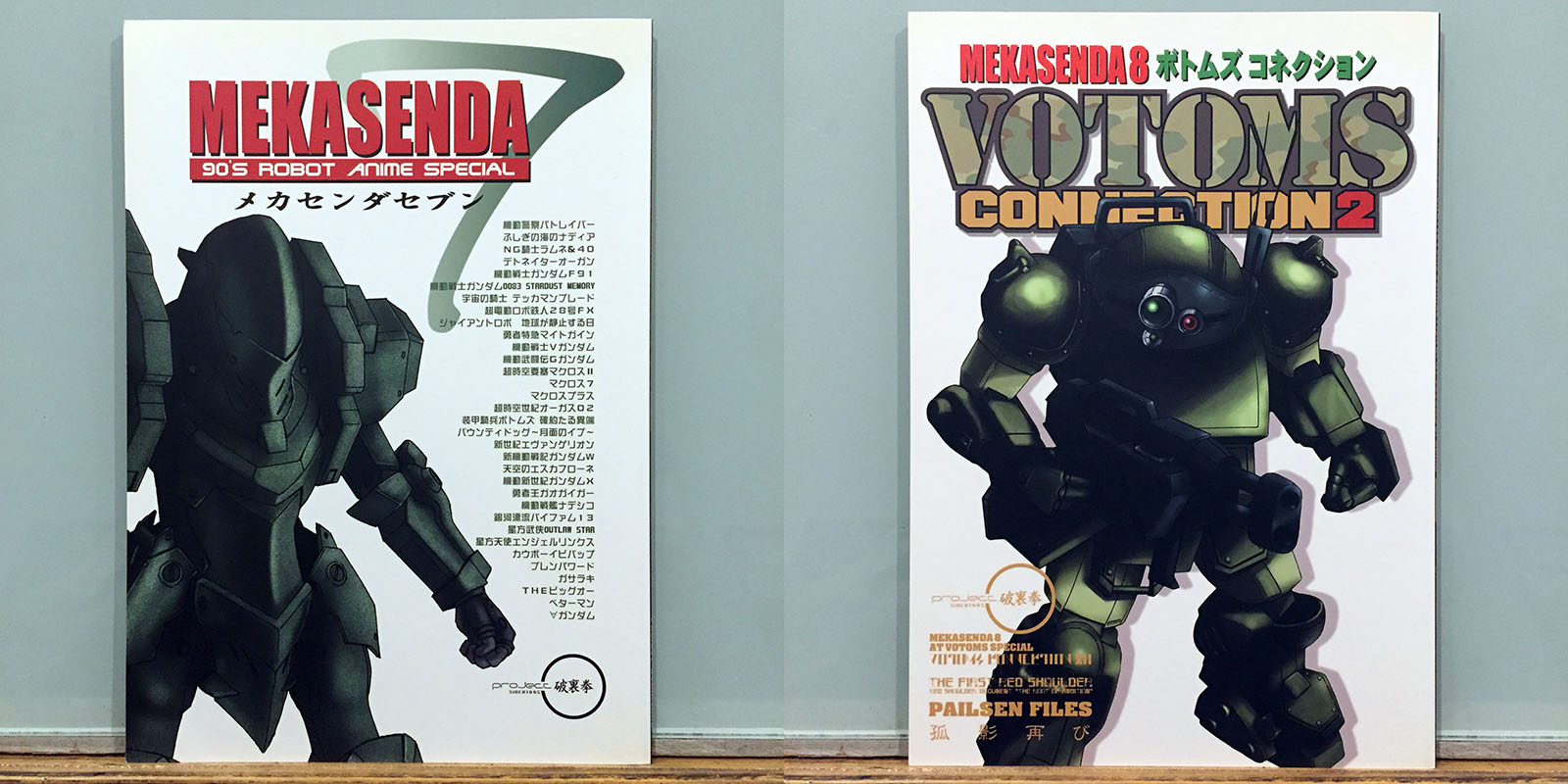
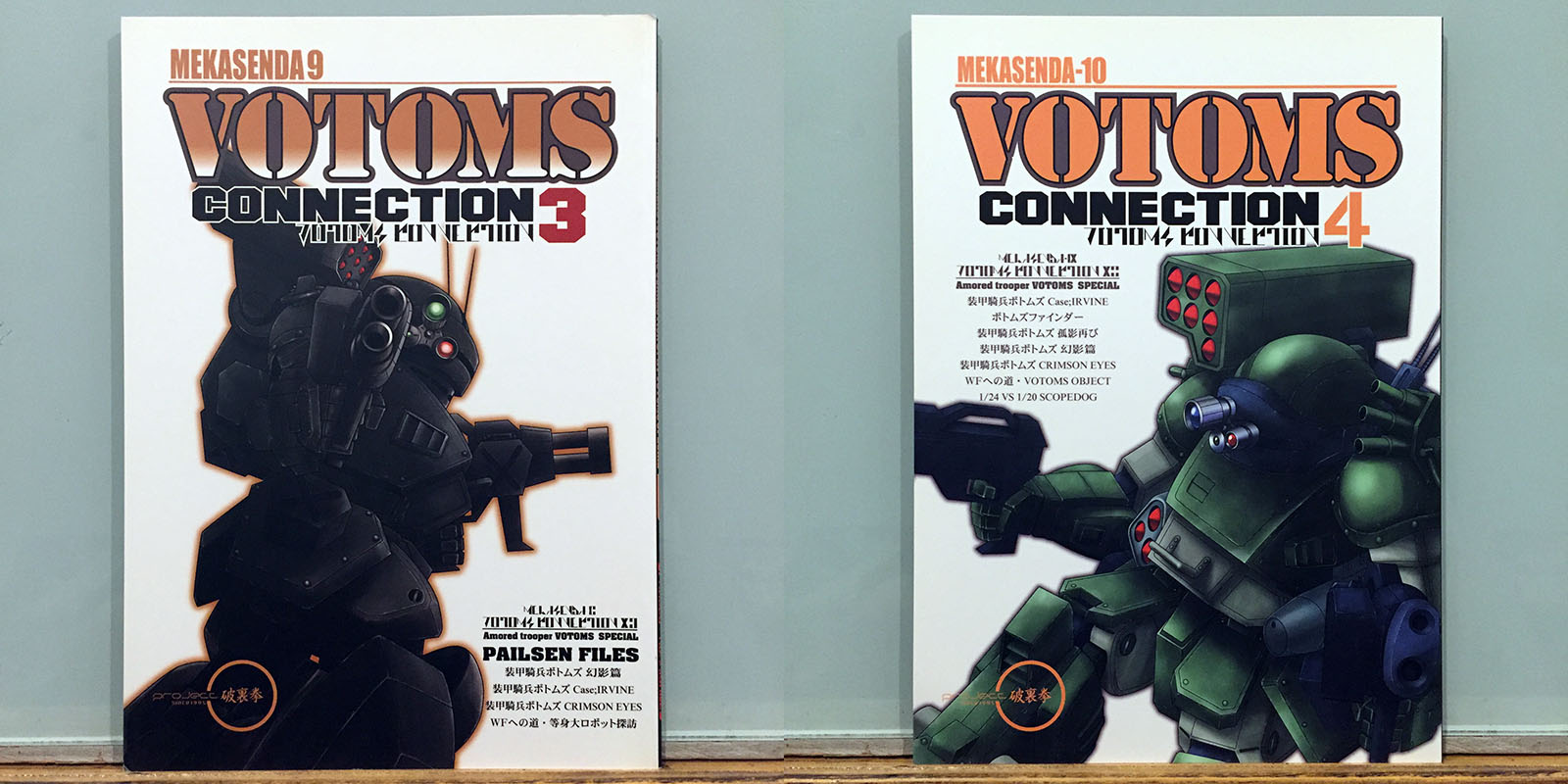
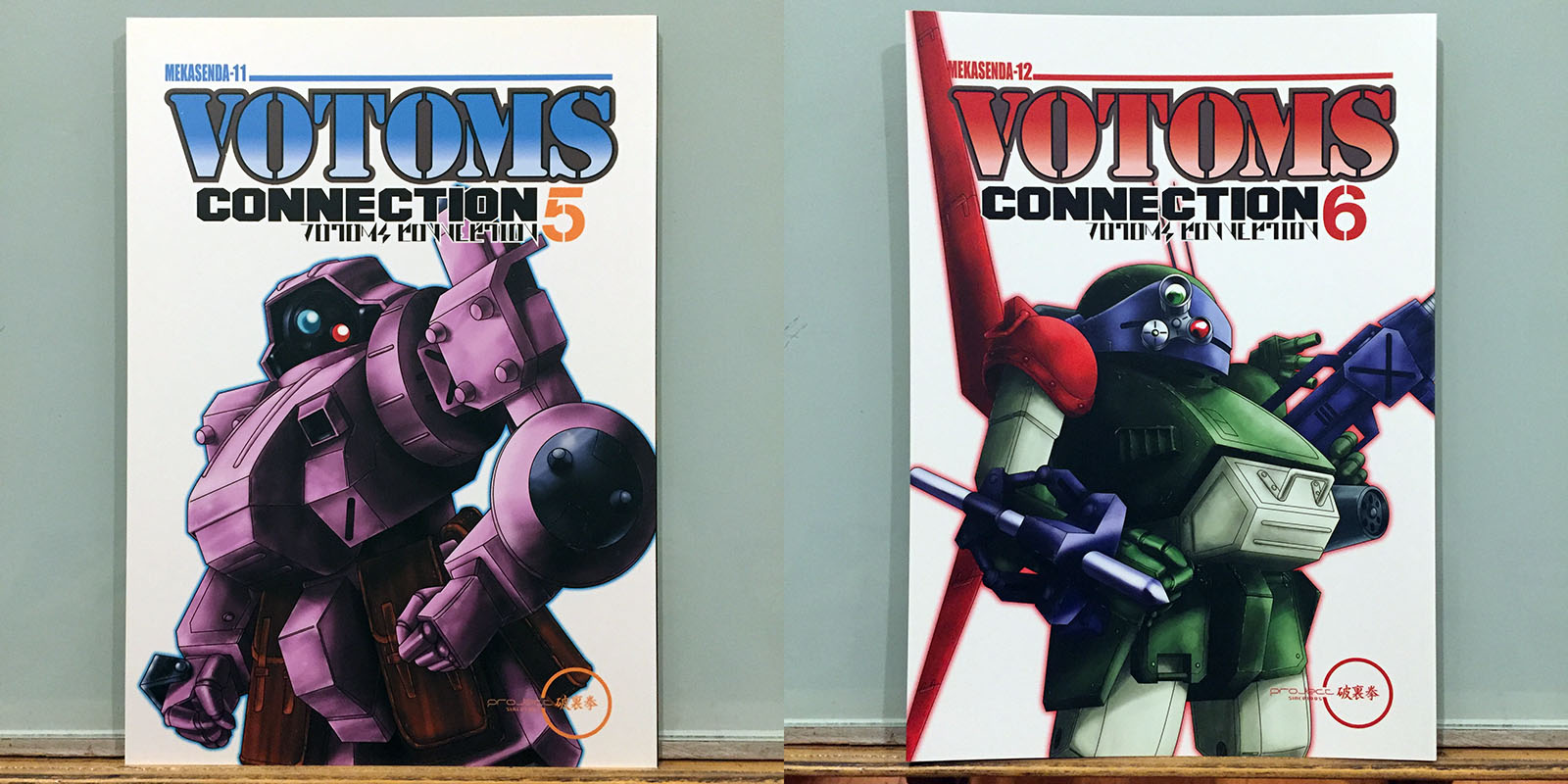
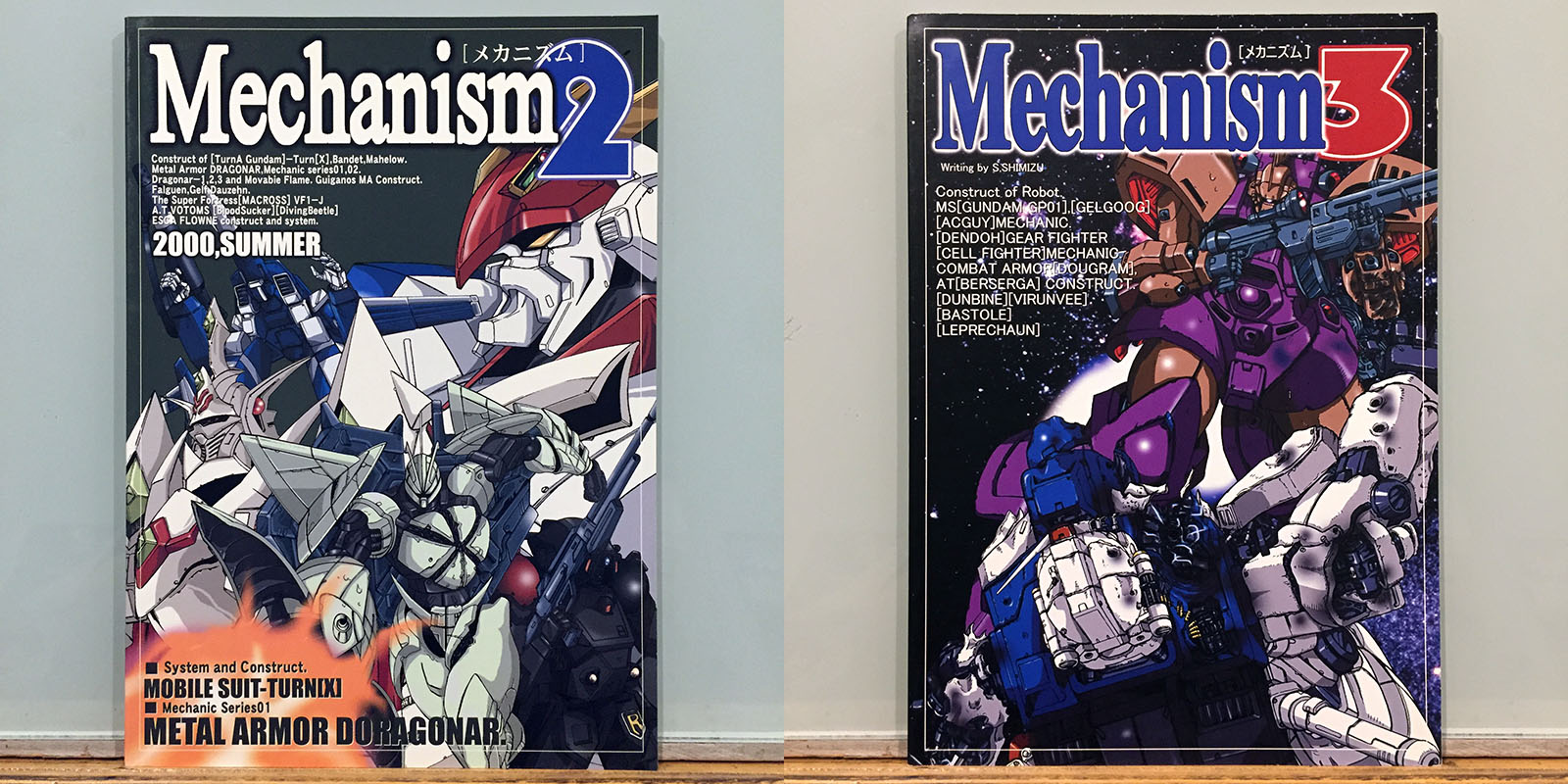
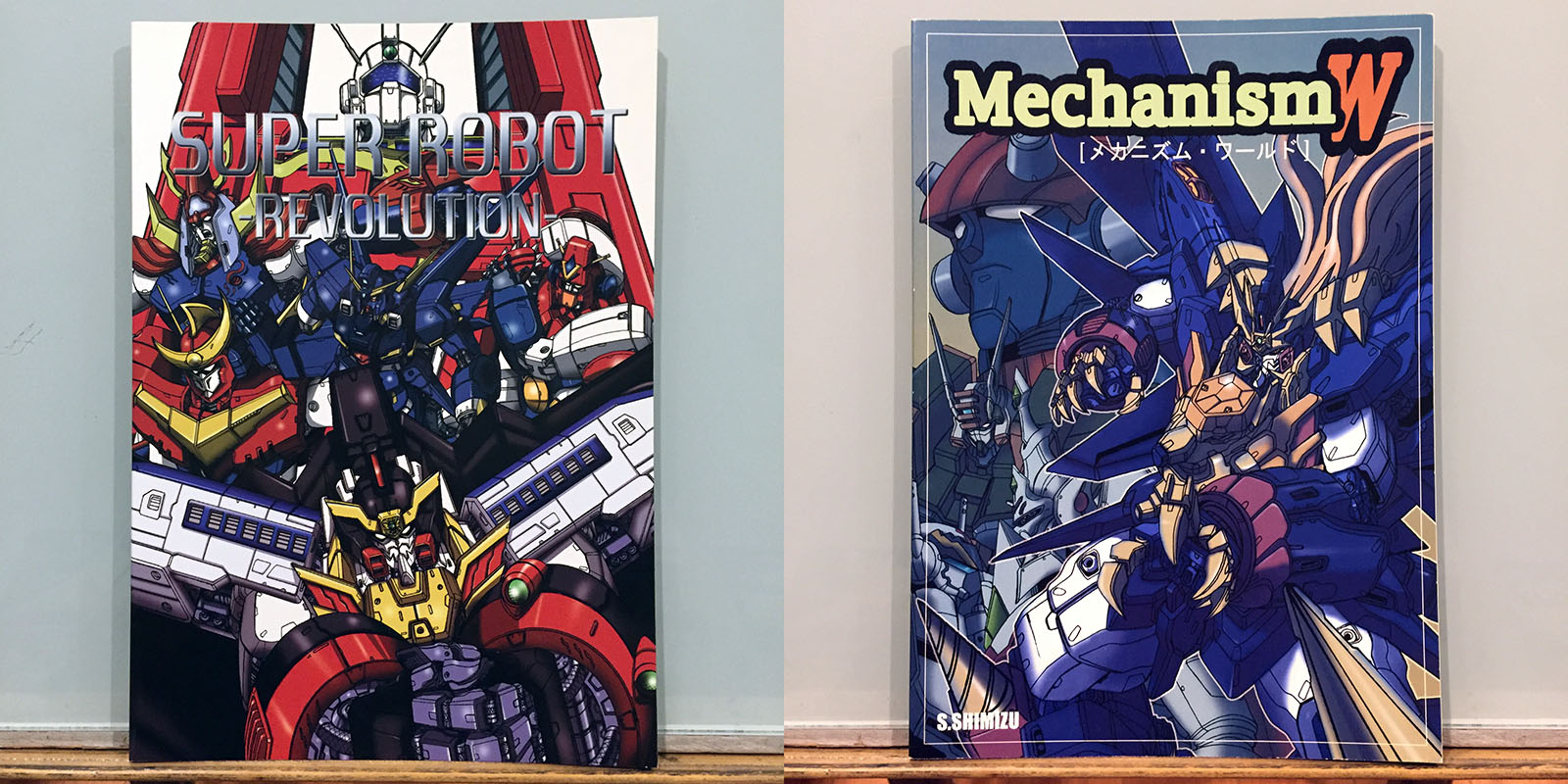
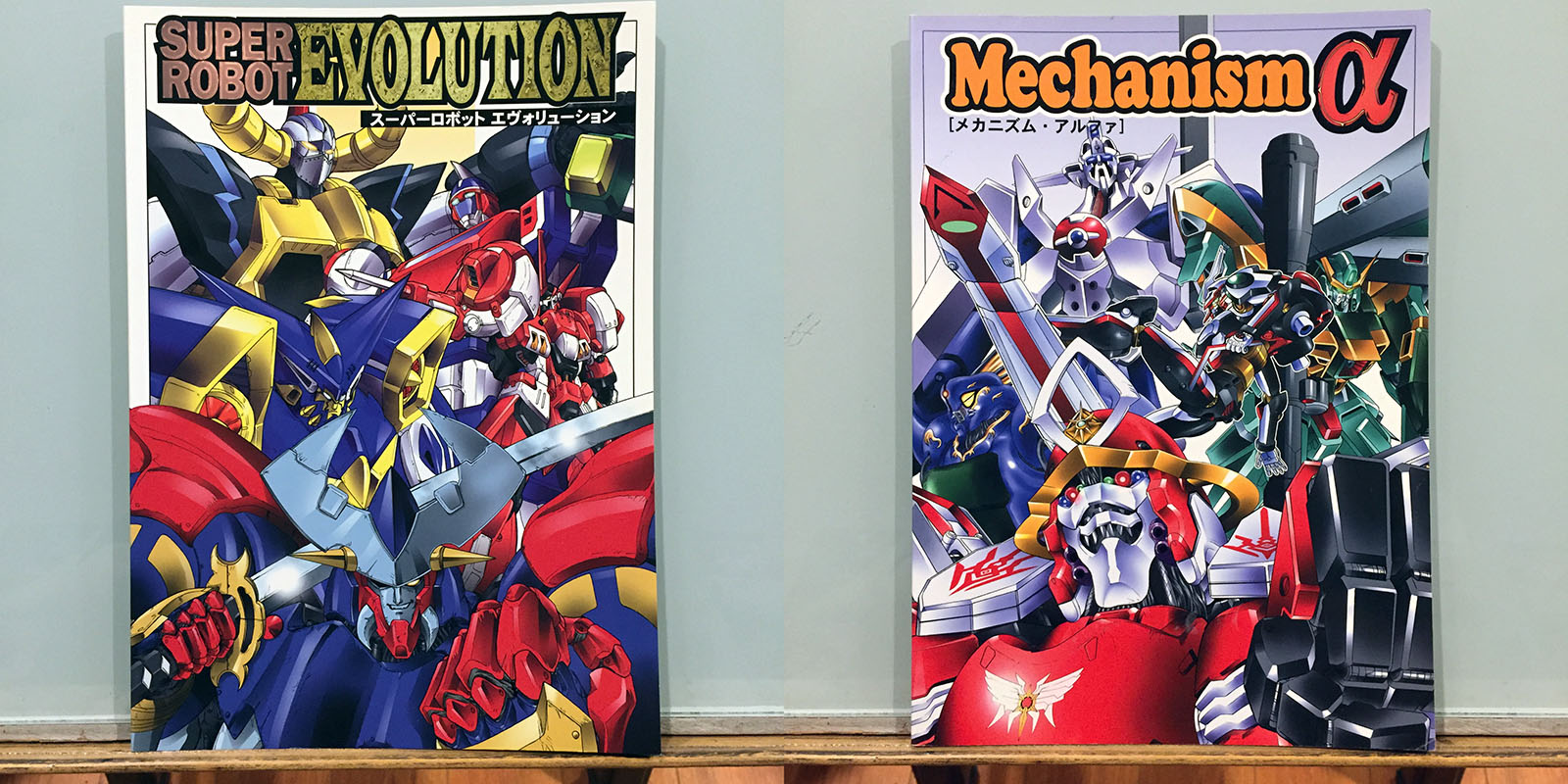
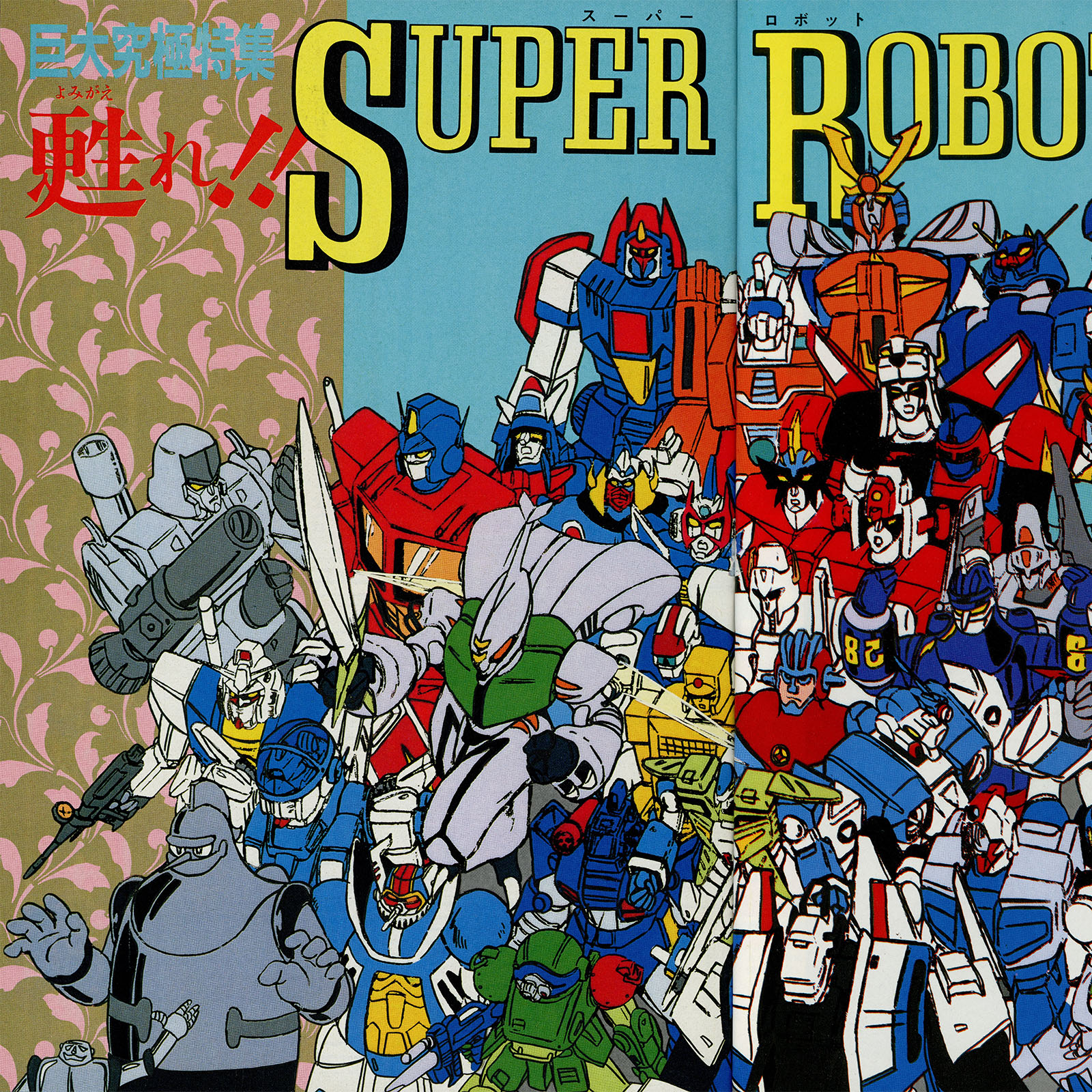
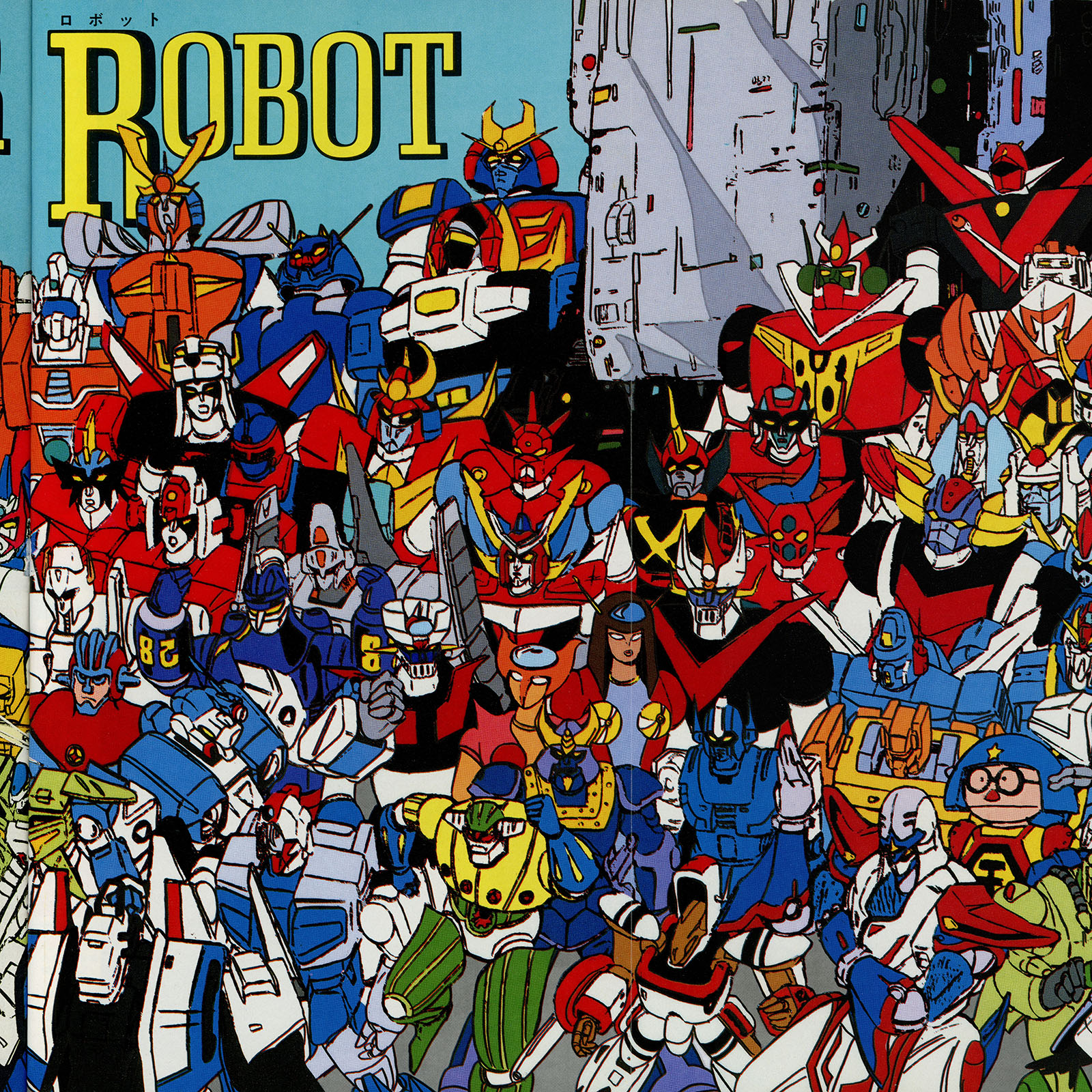
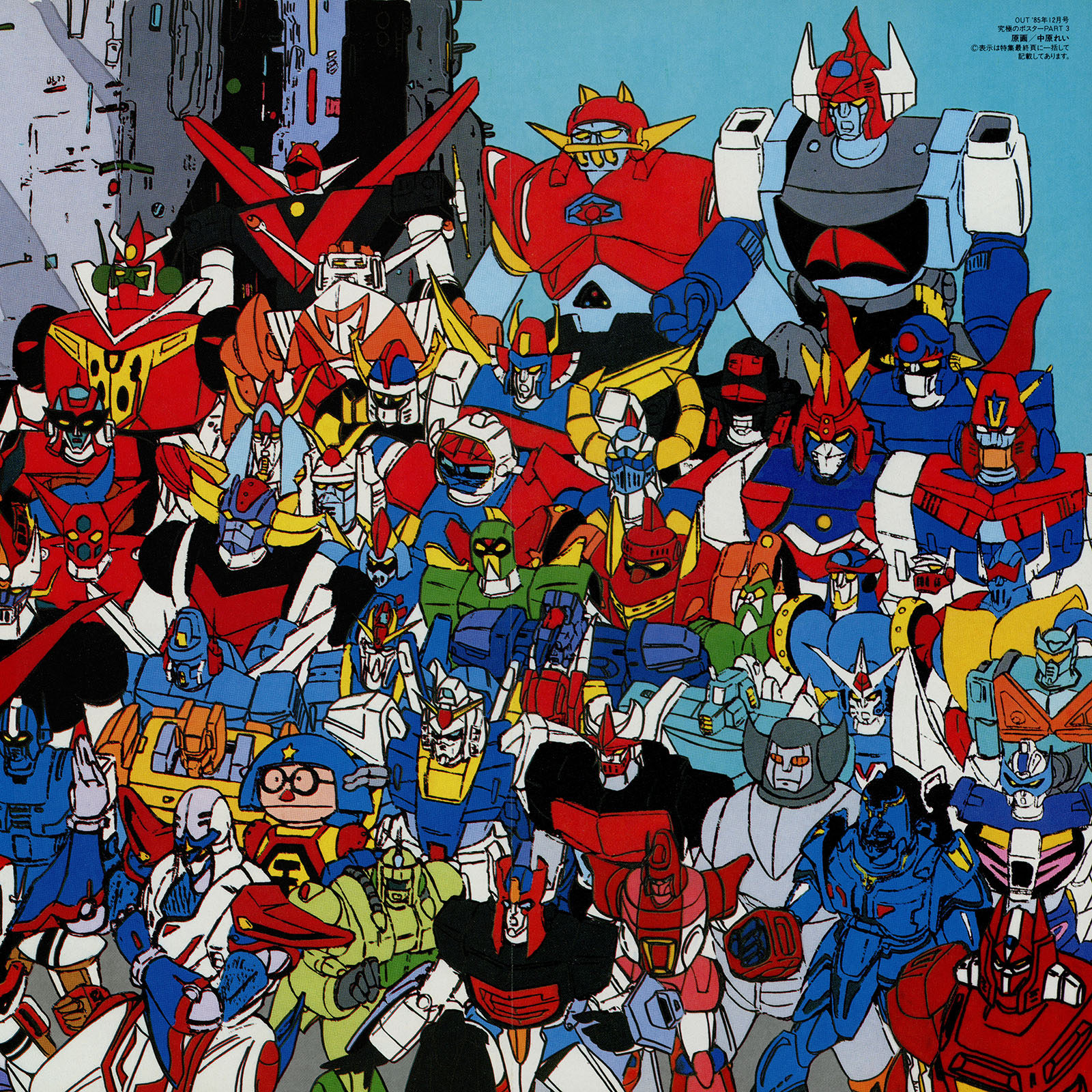
It will shock no one to know a bunch of these are on my shelves.